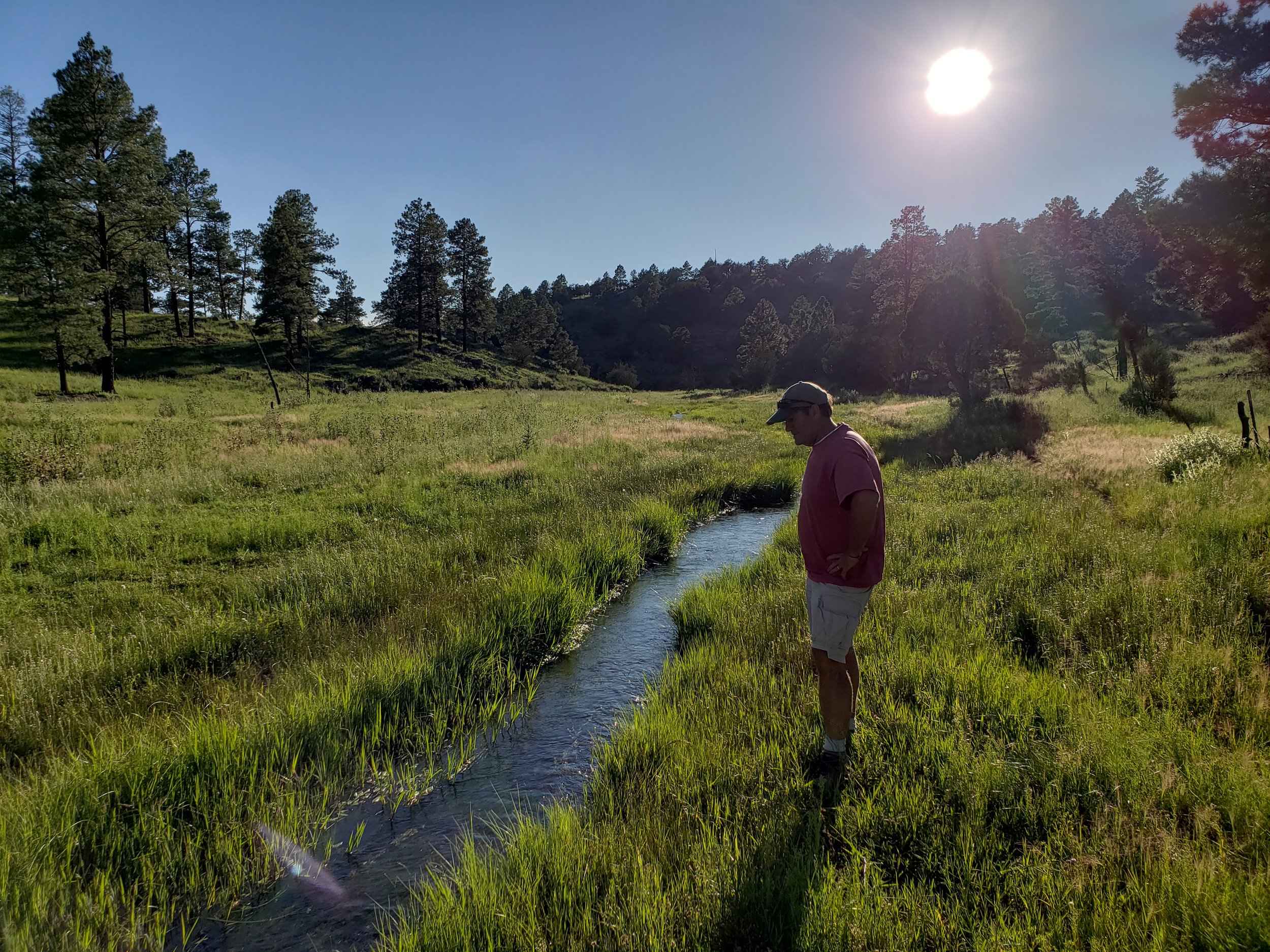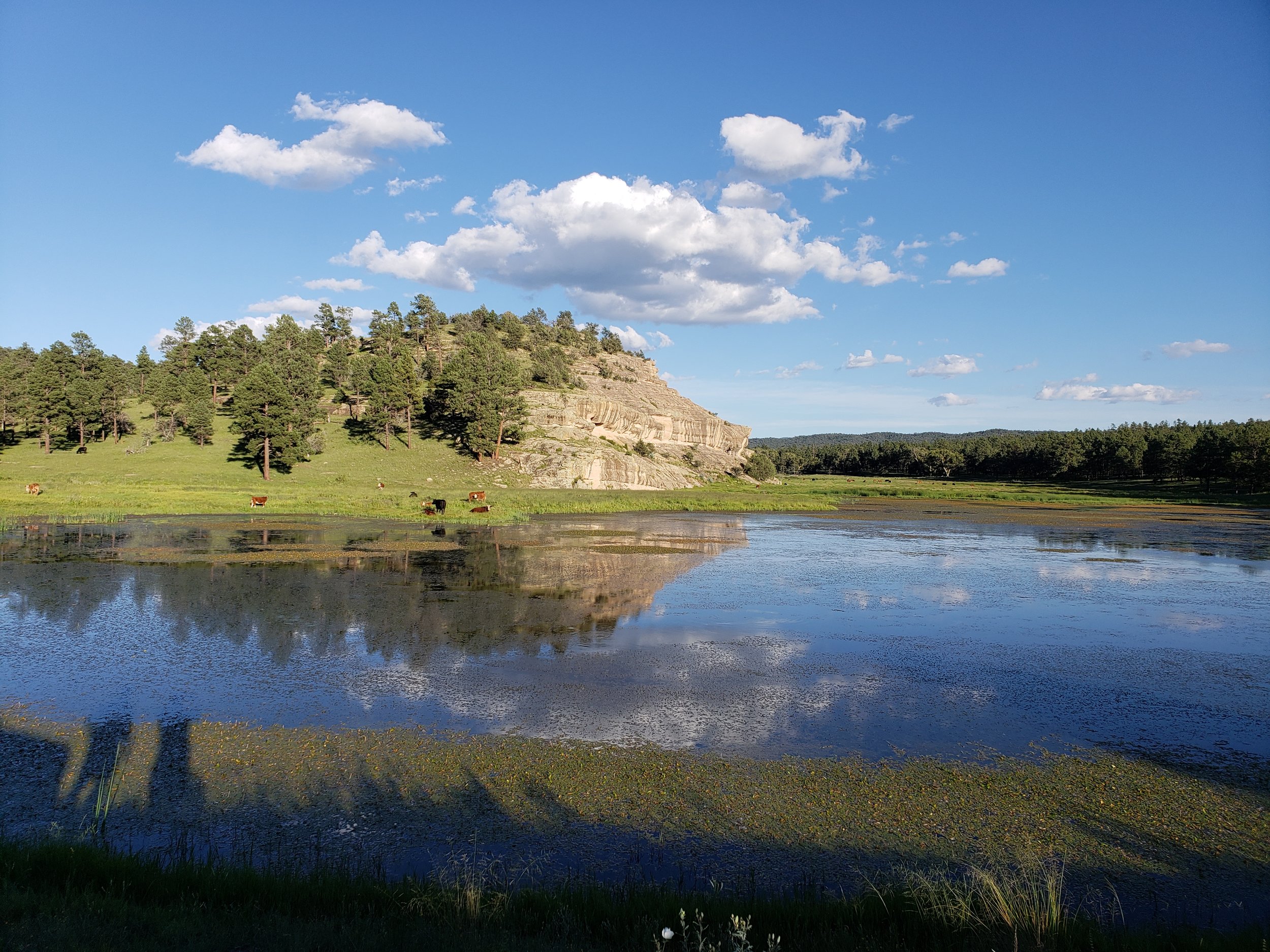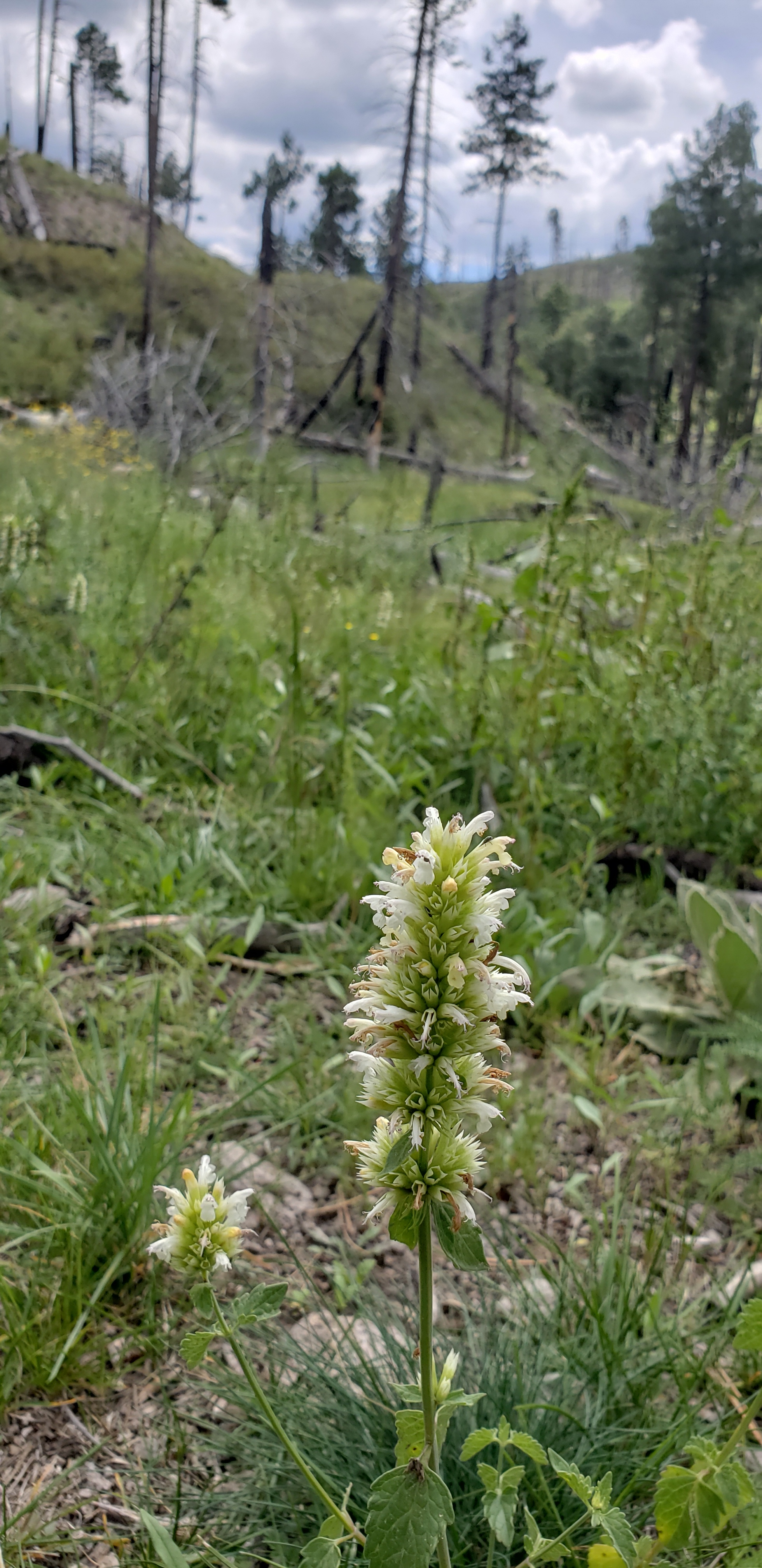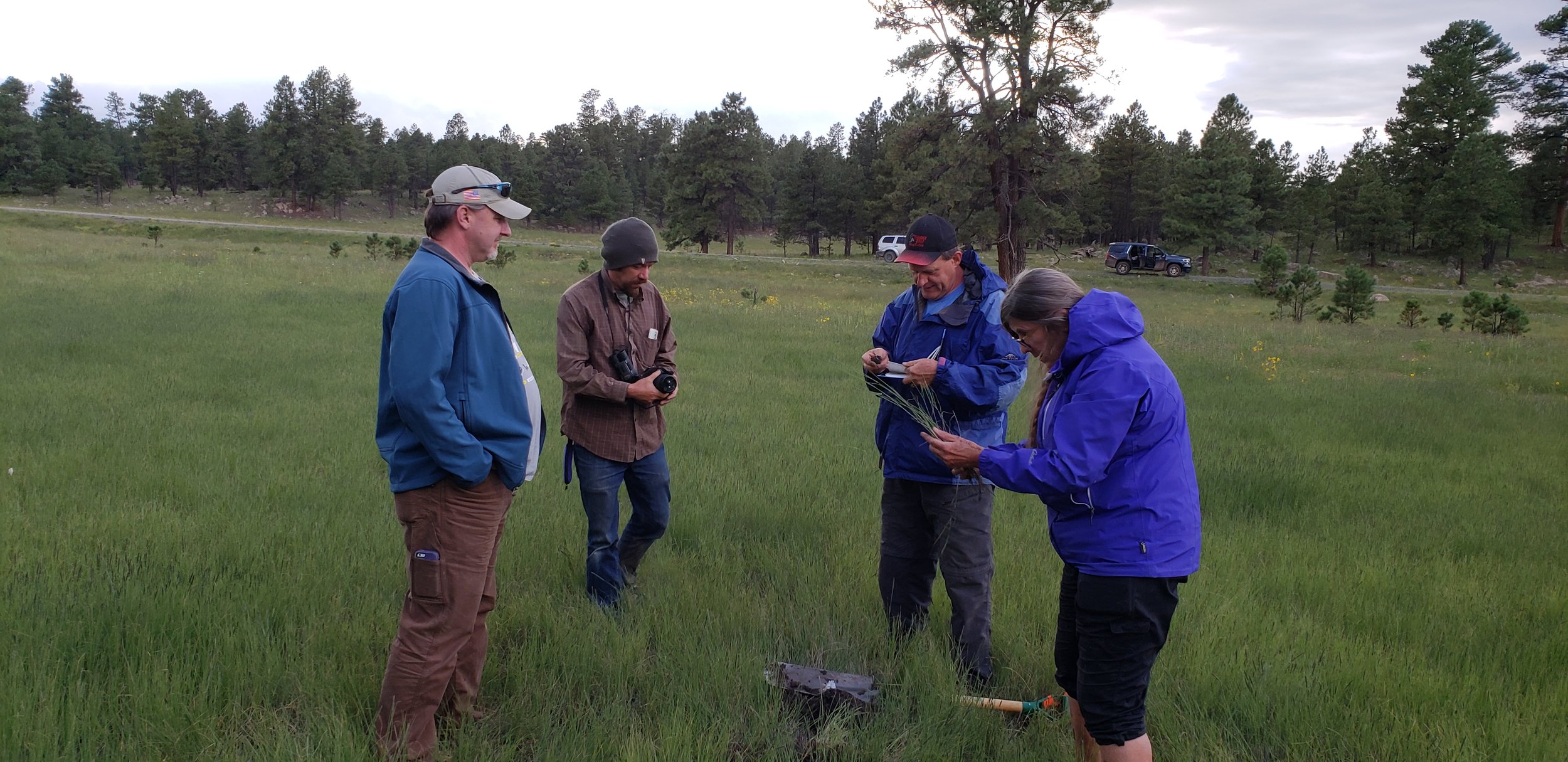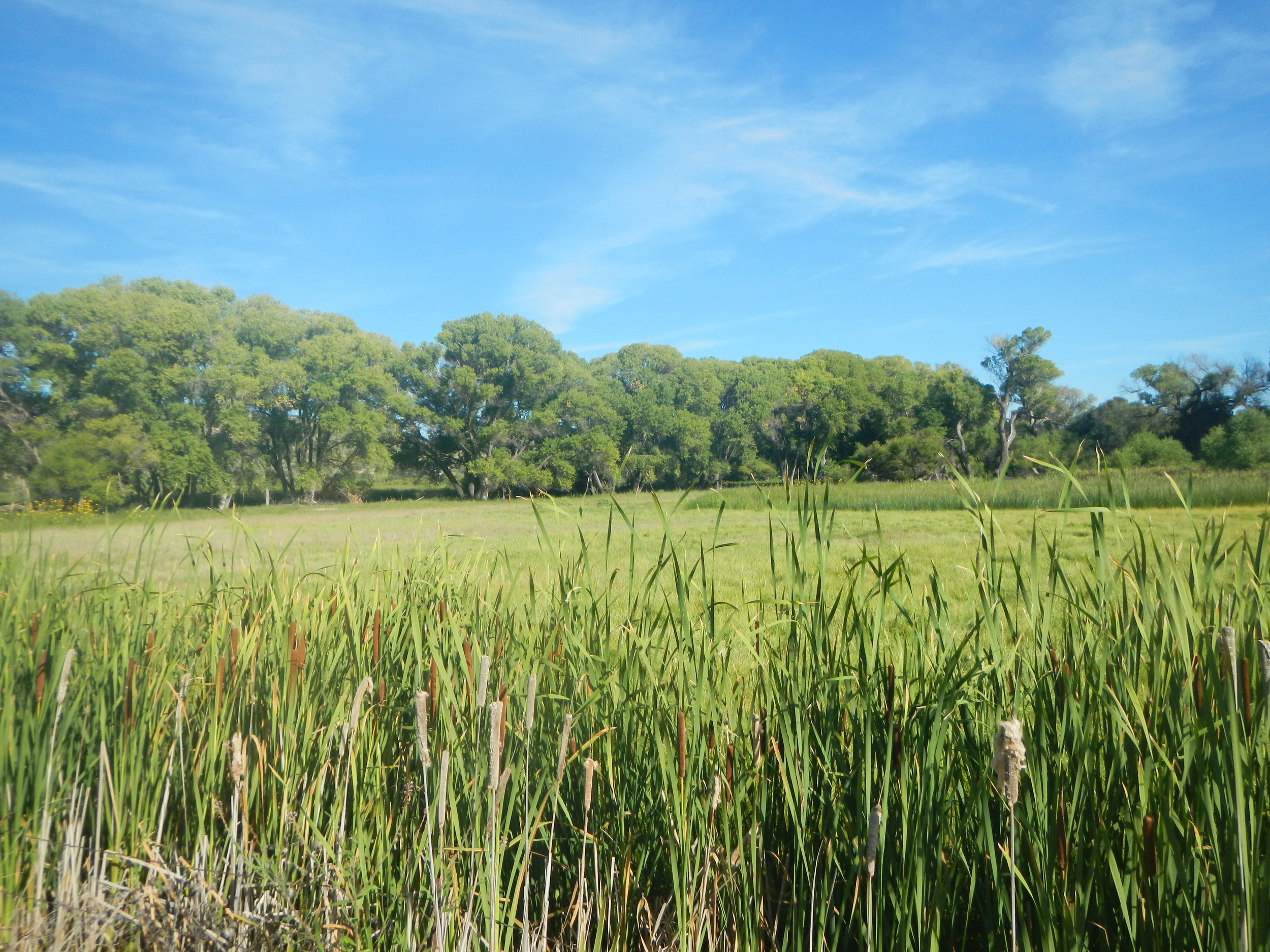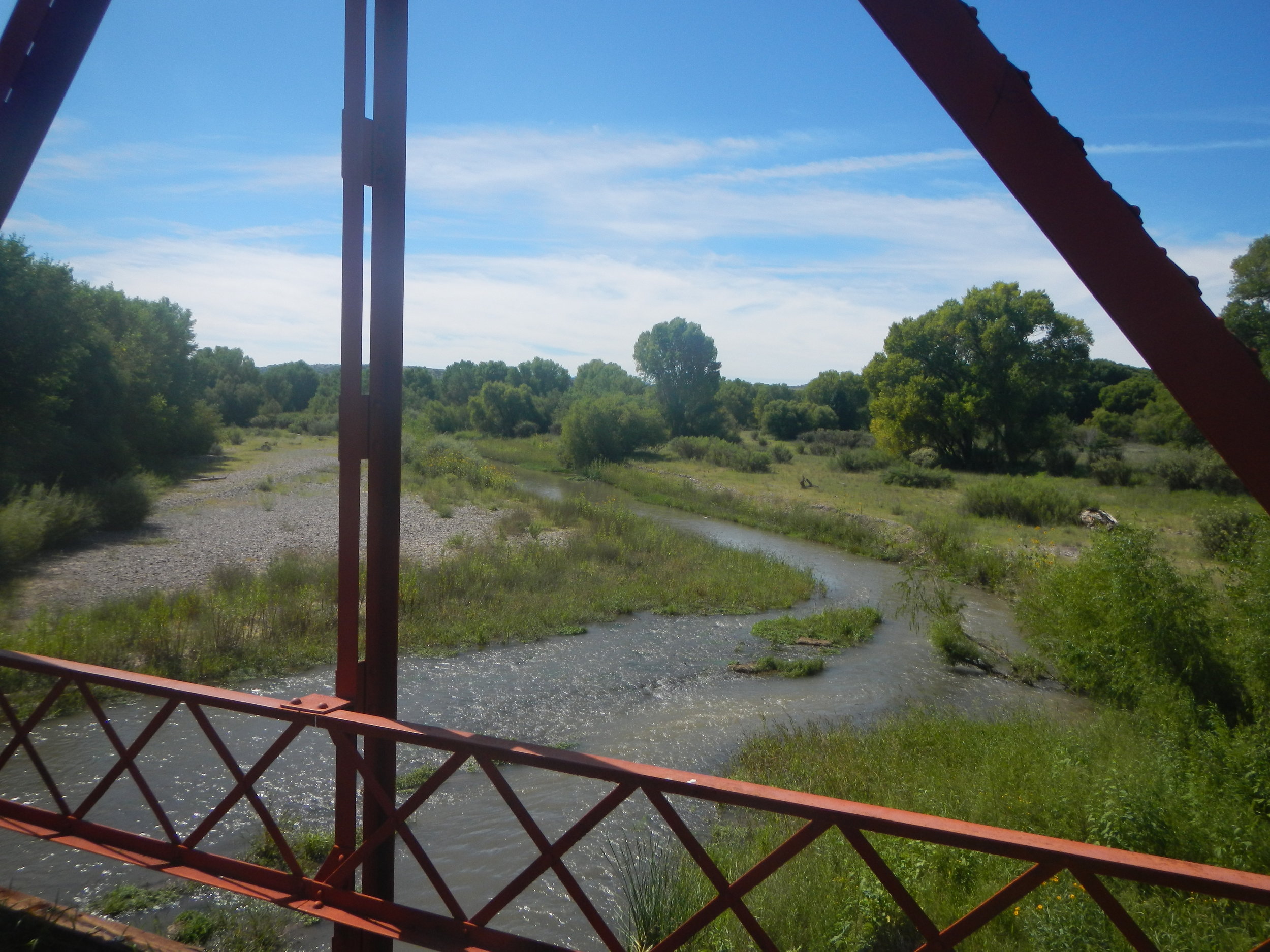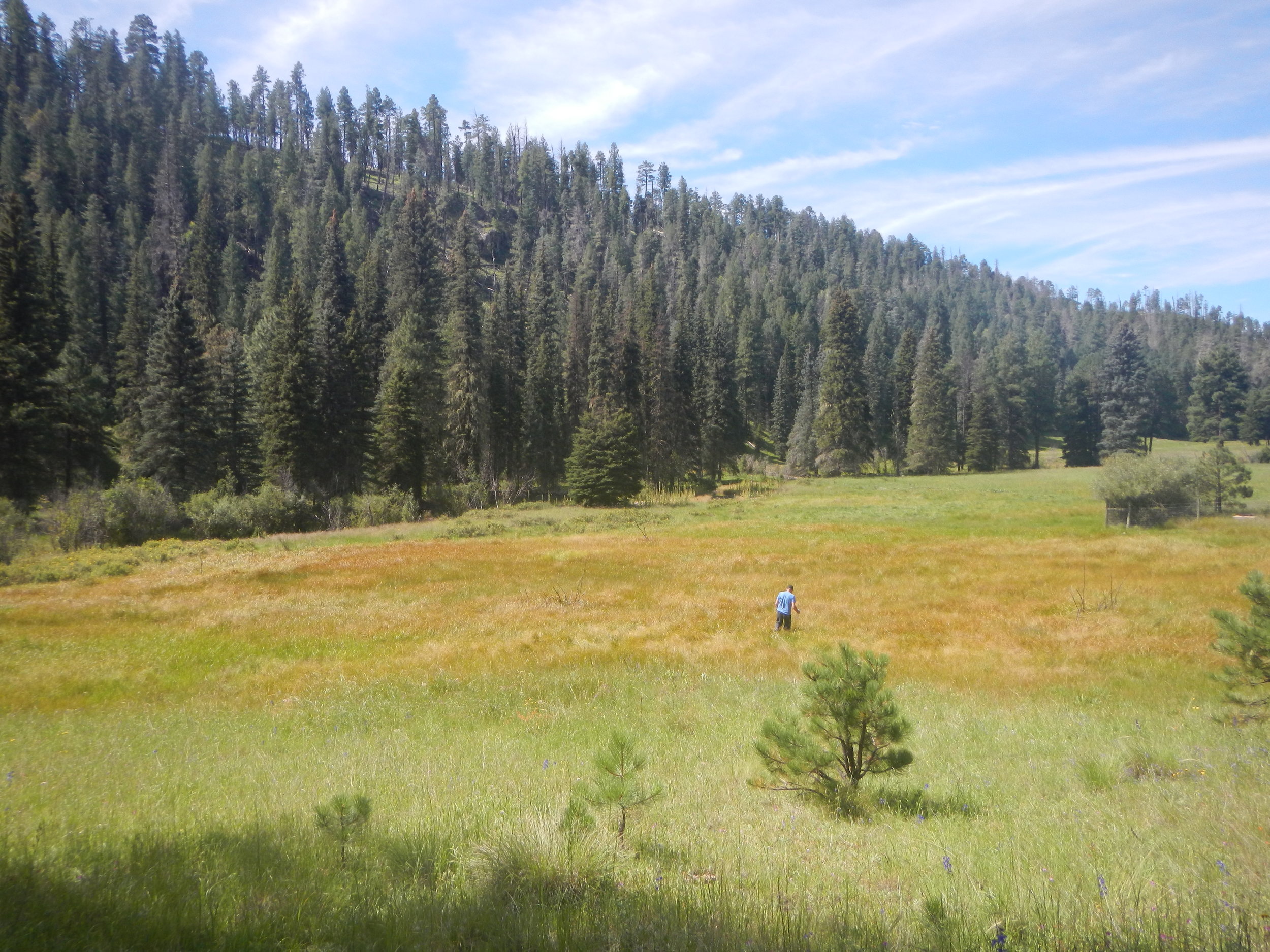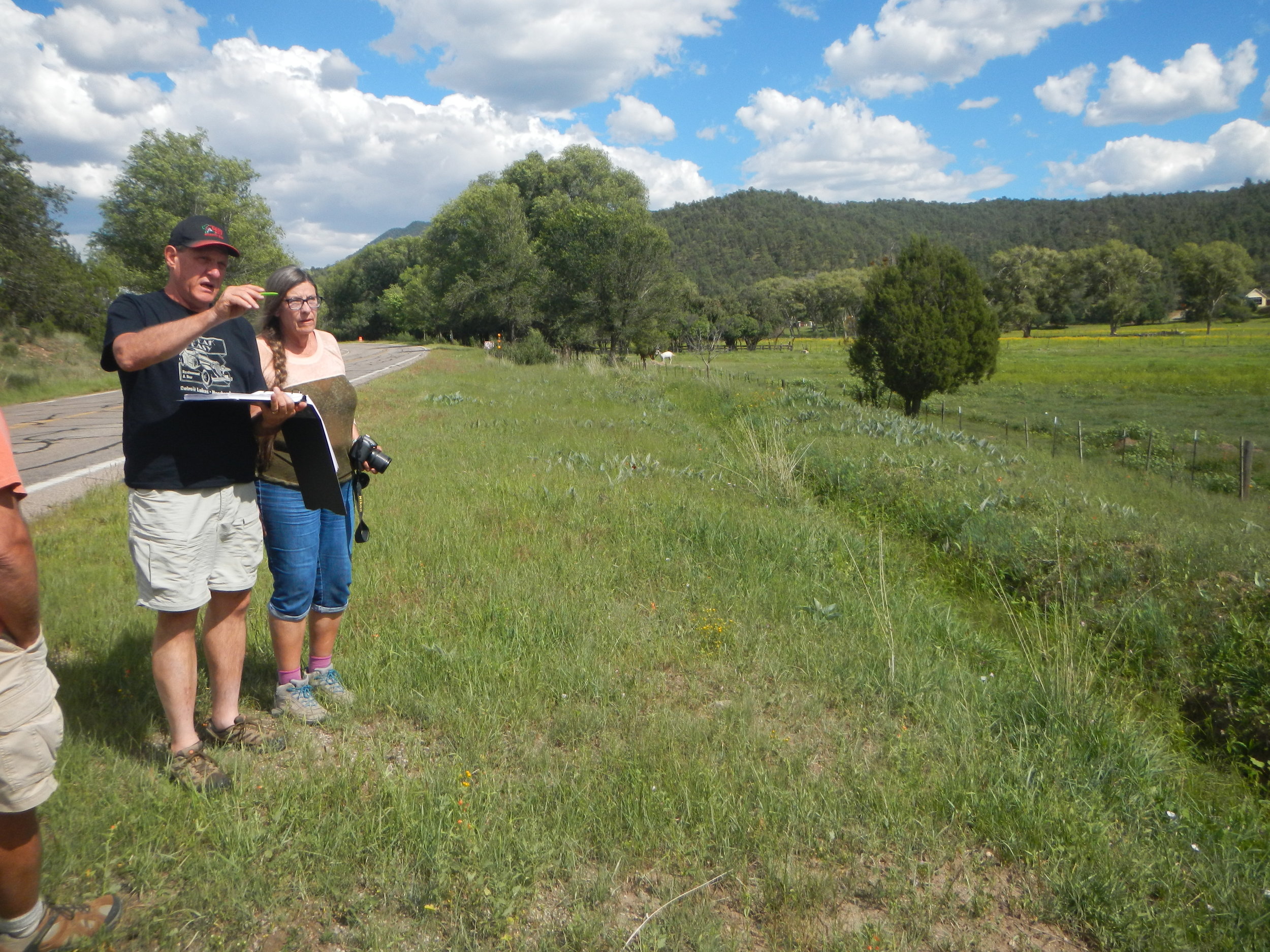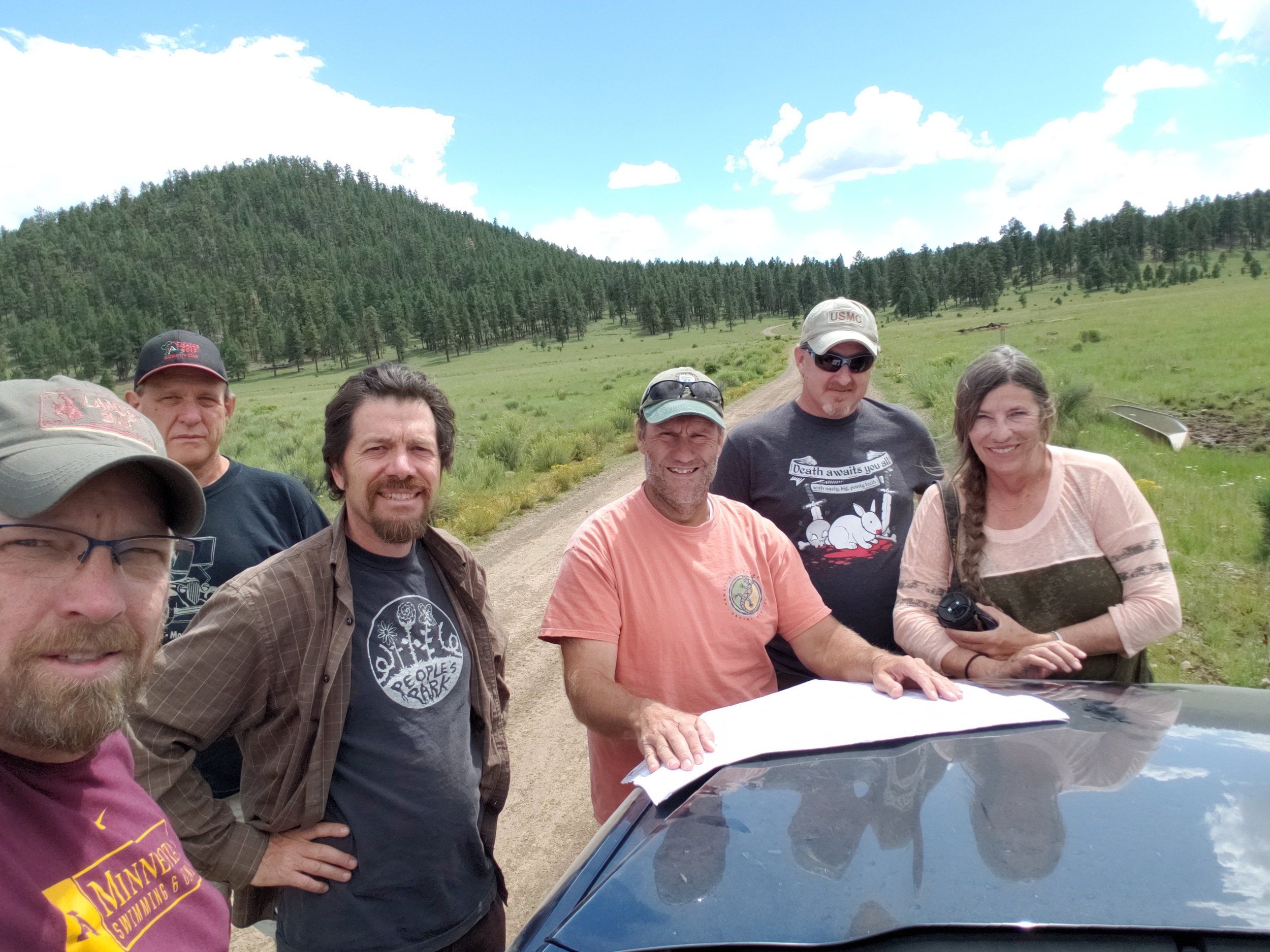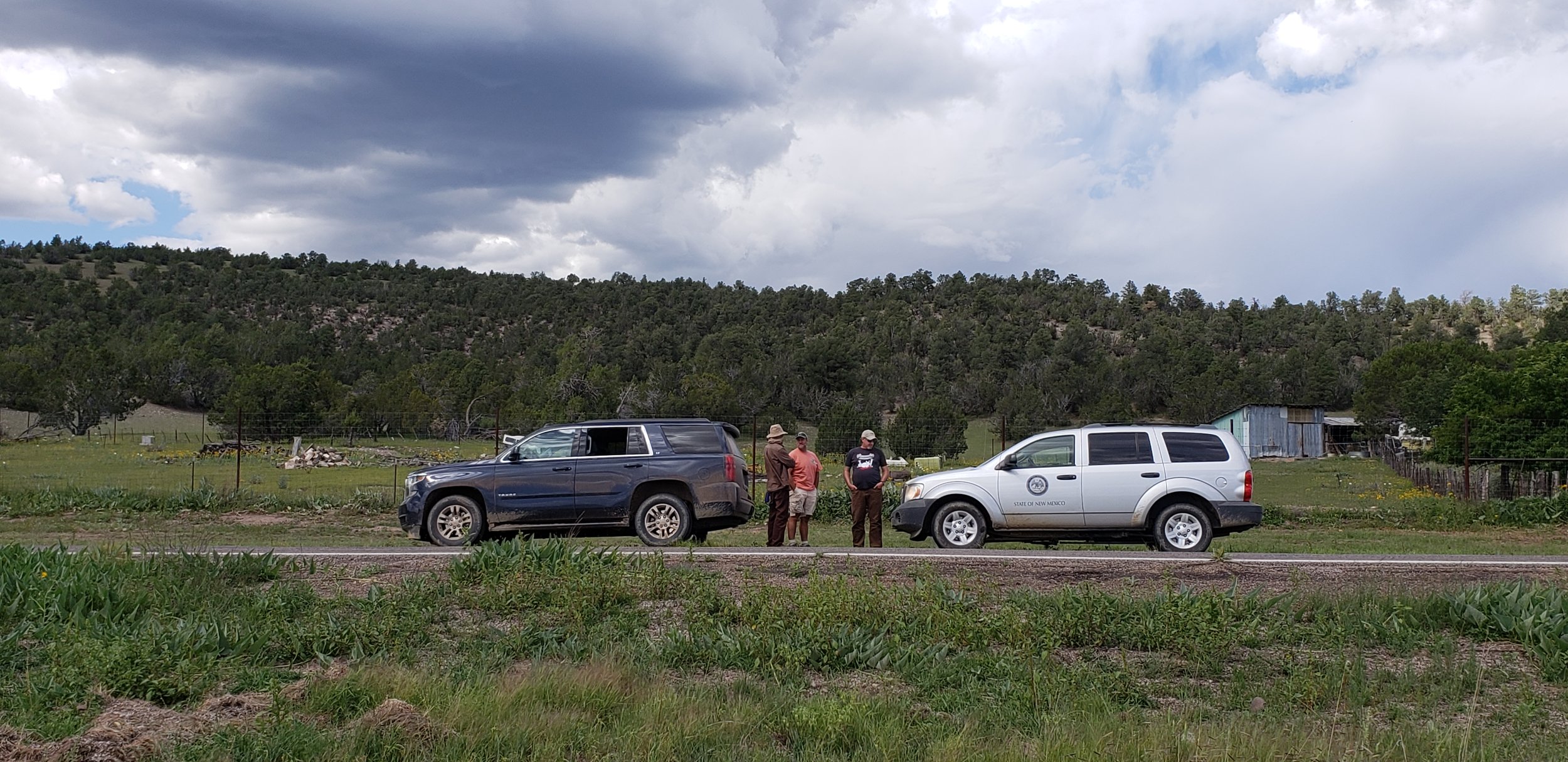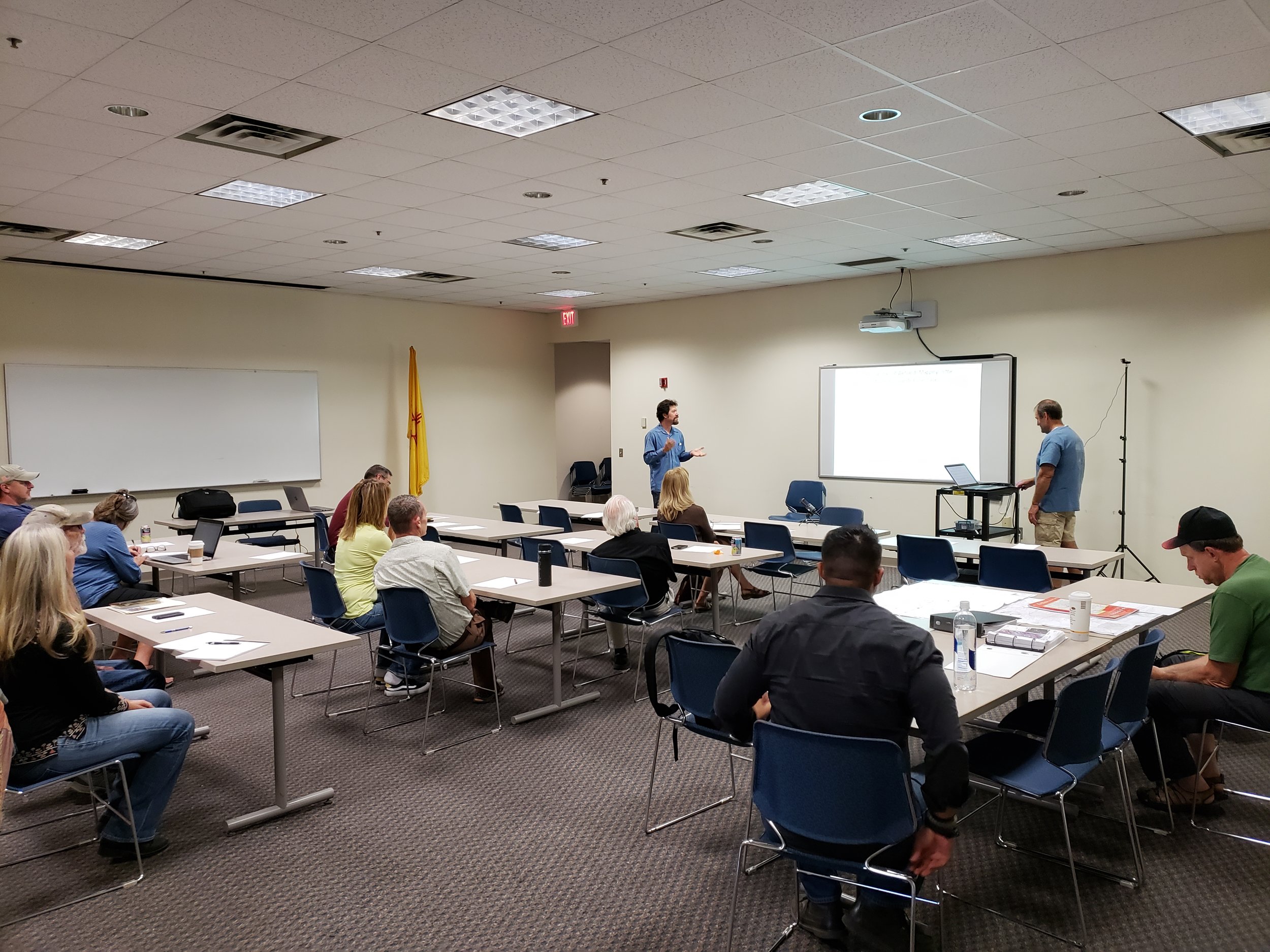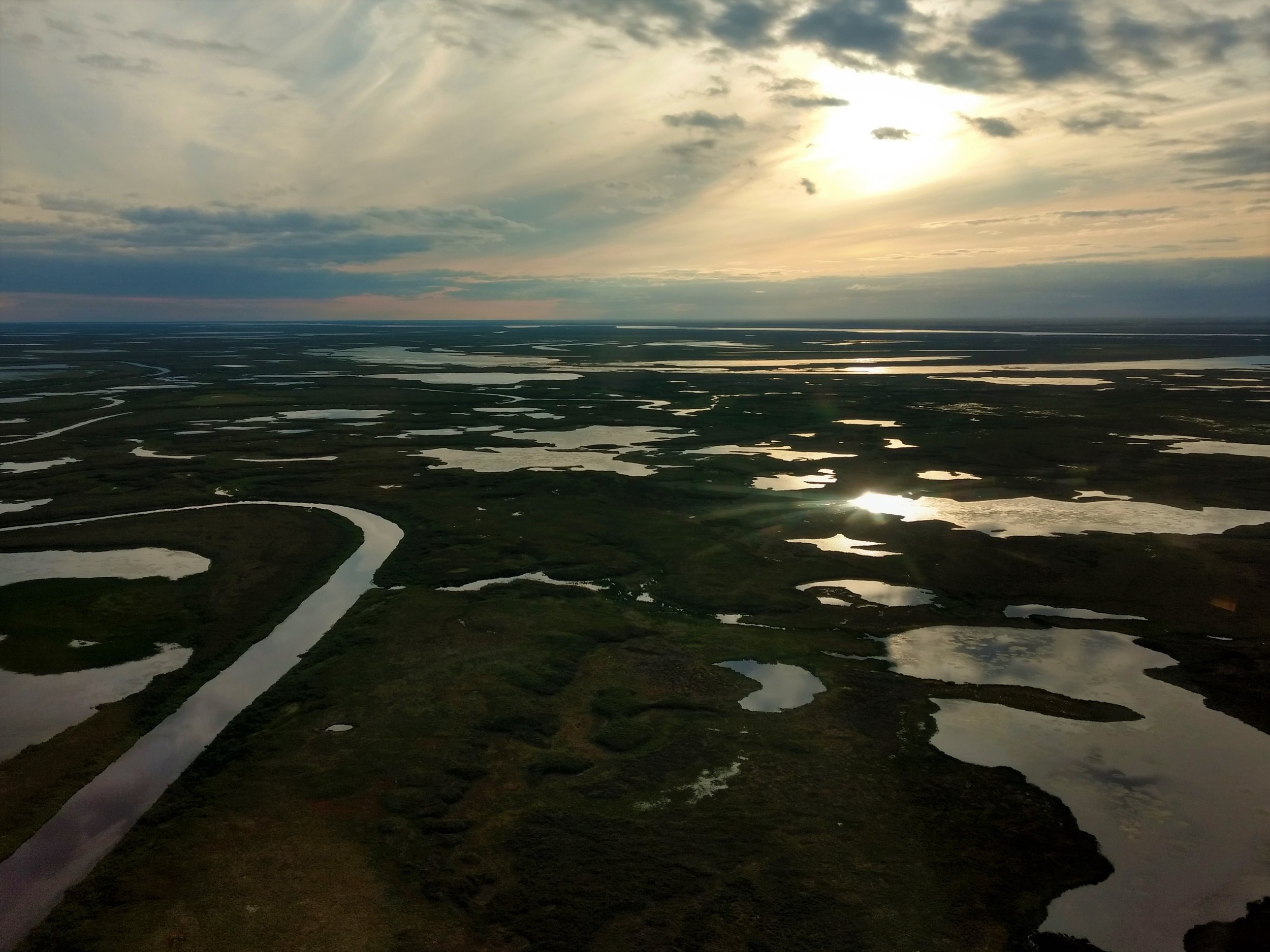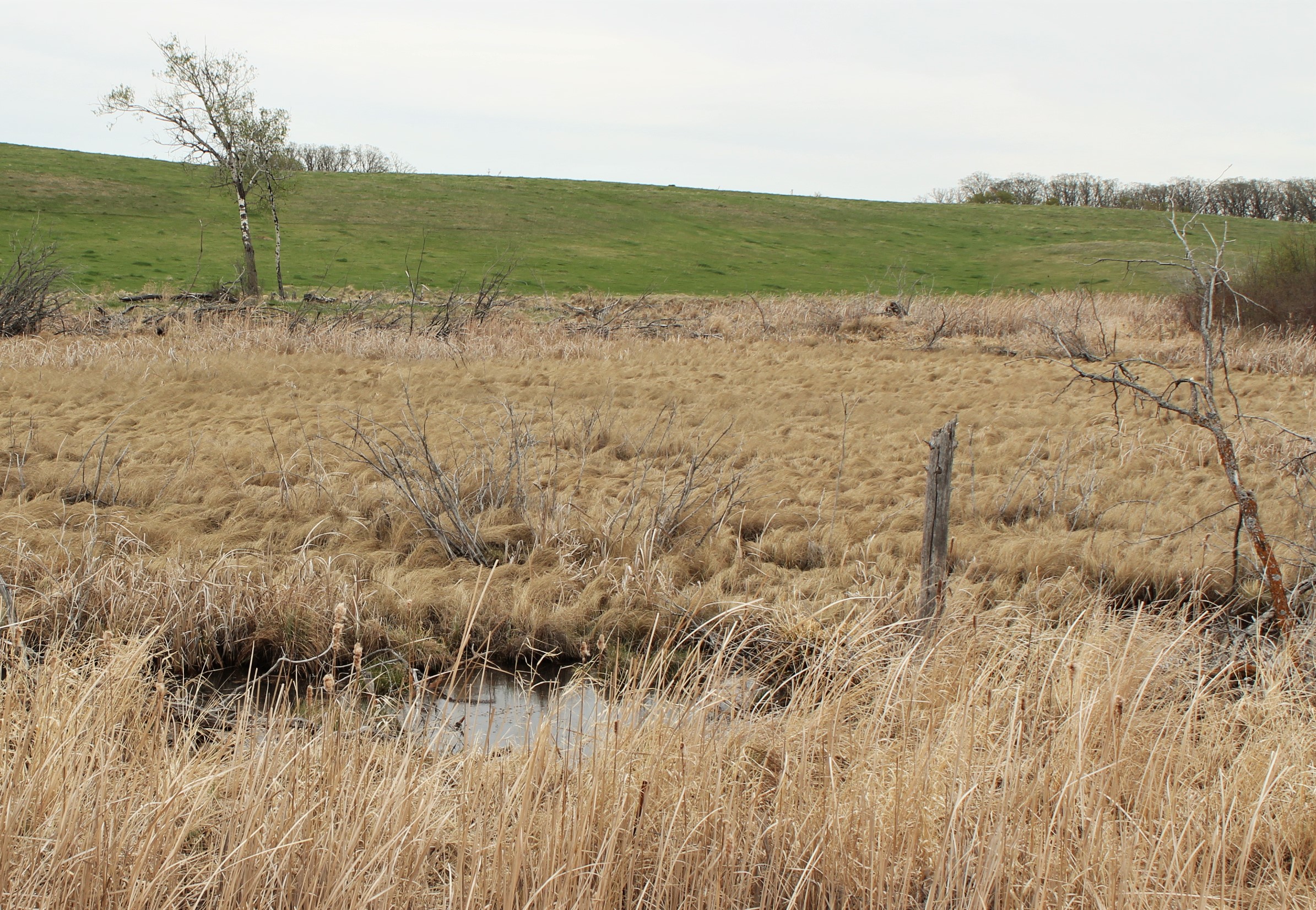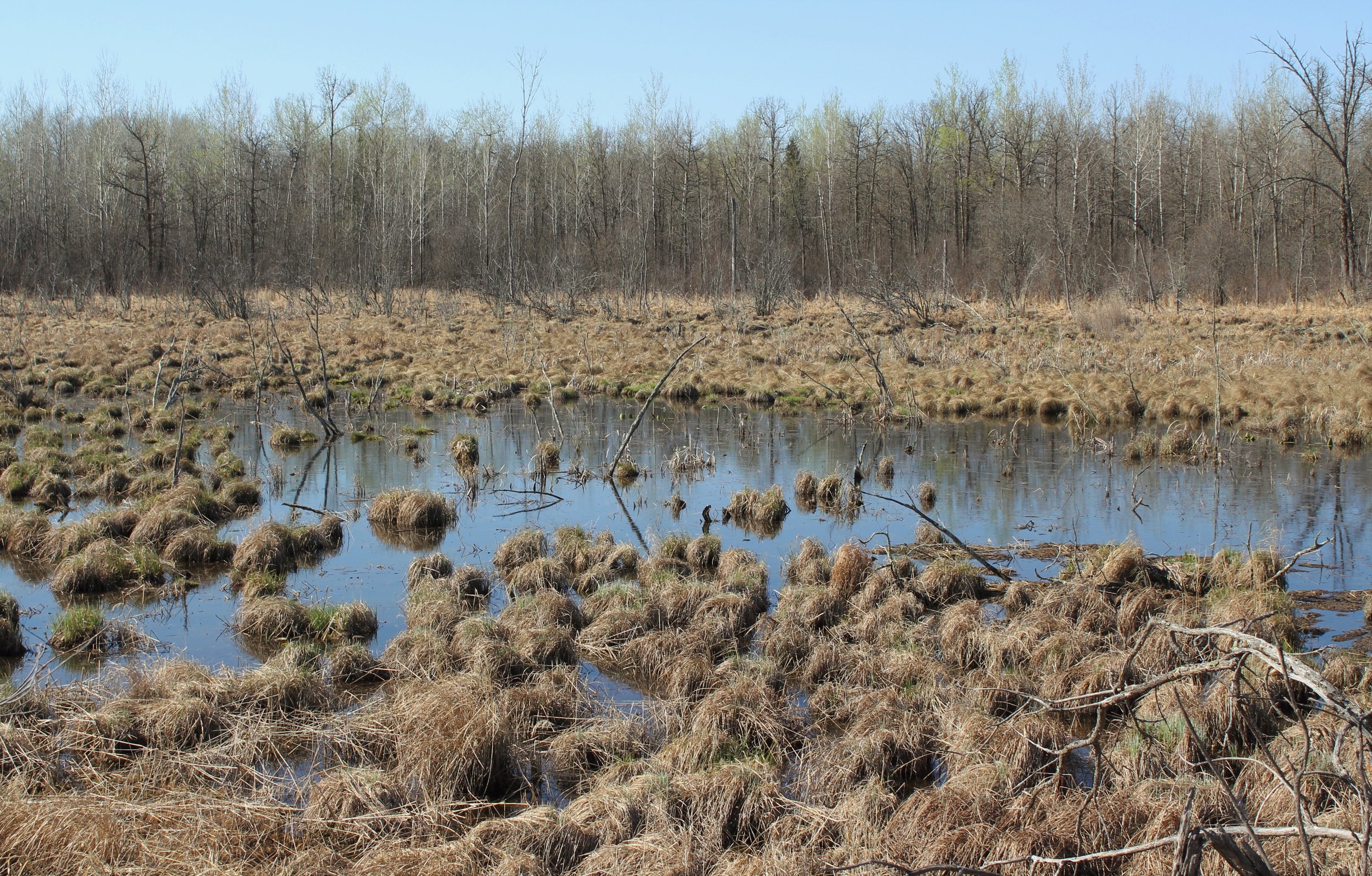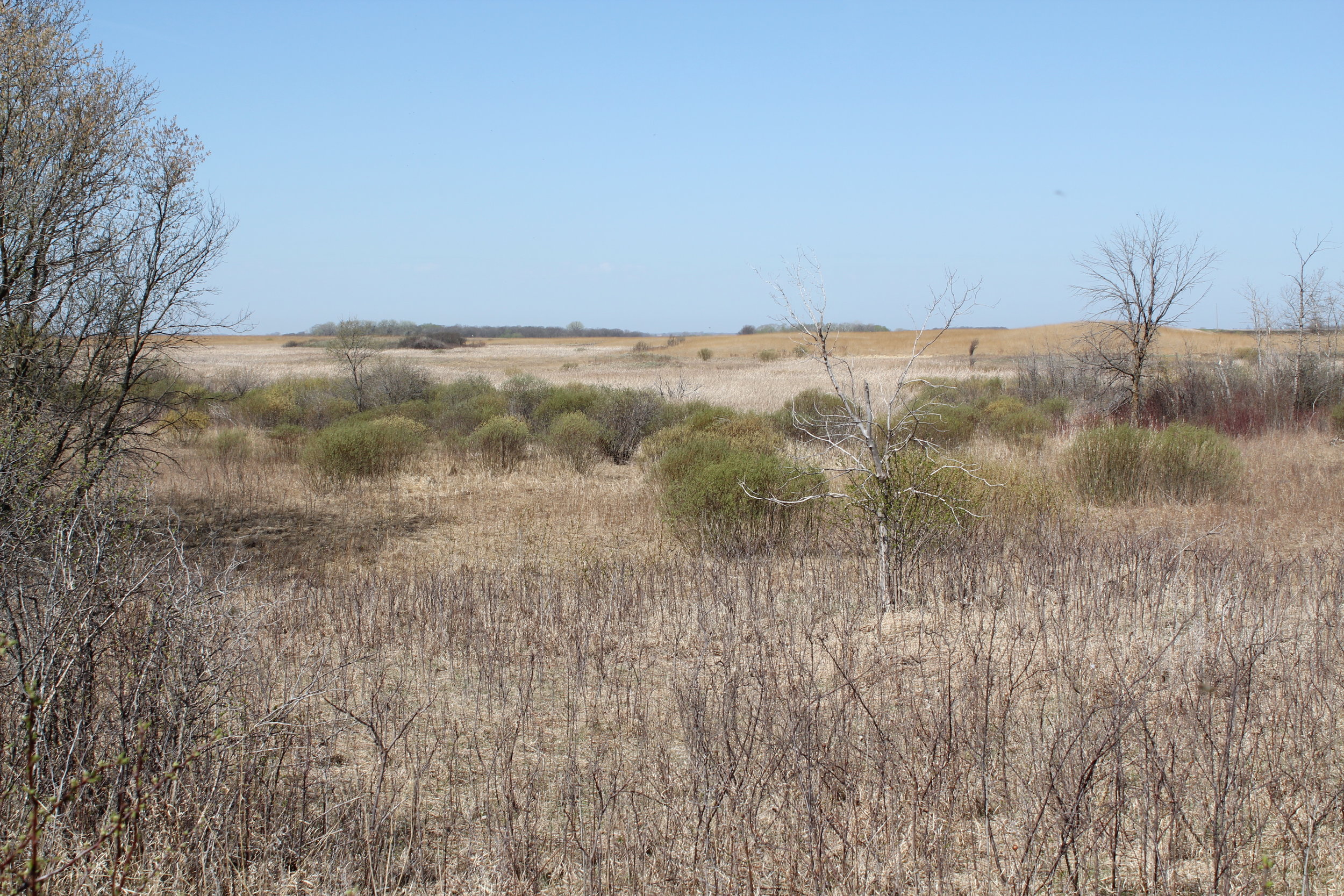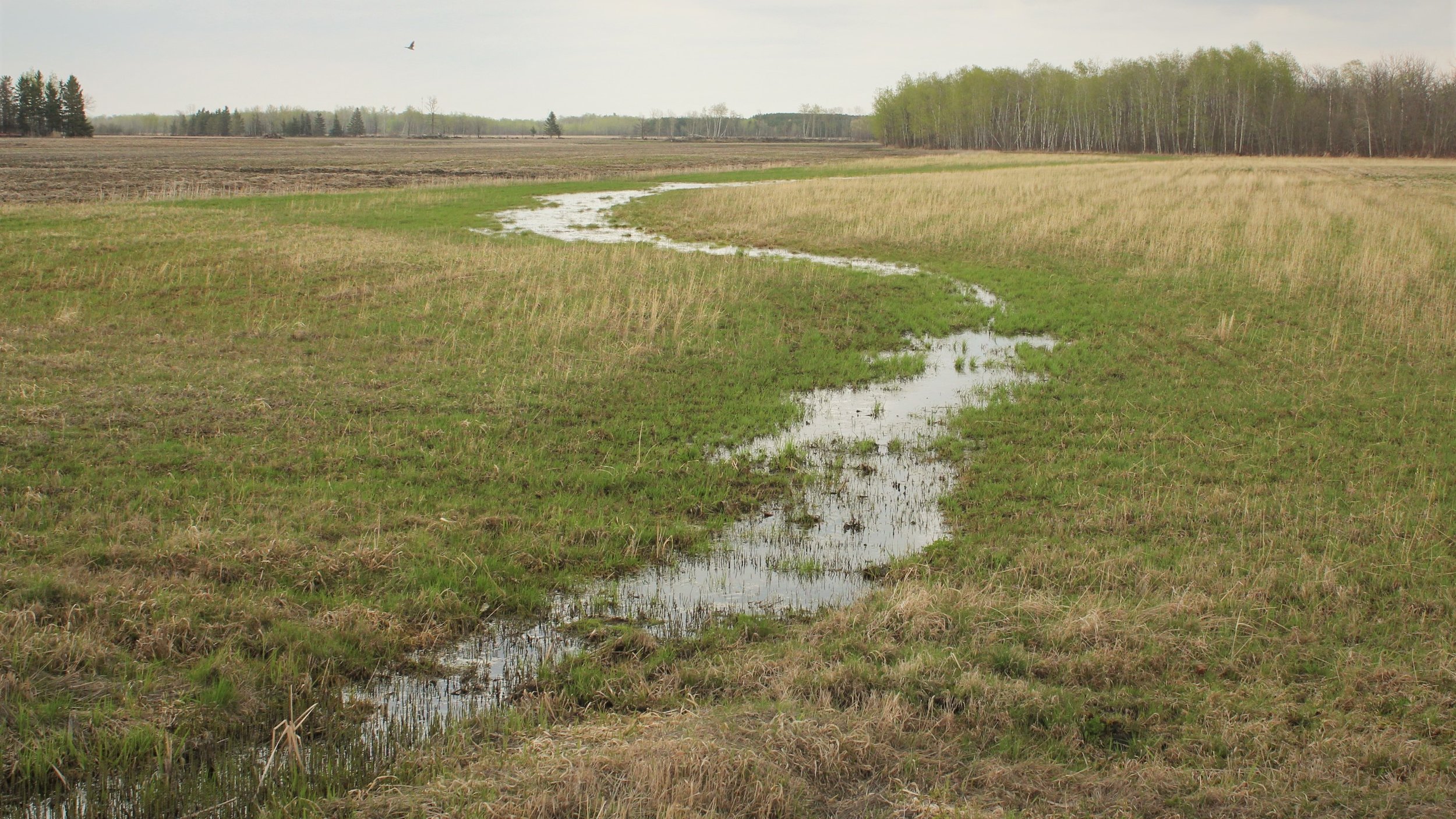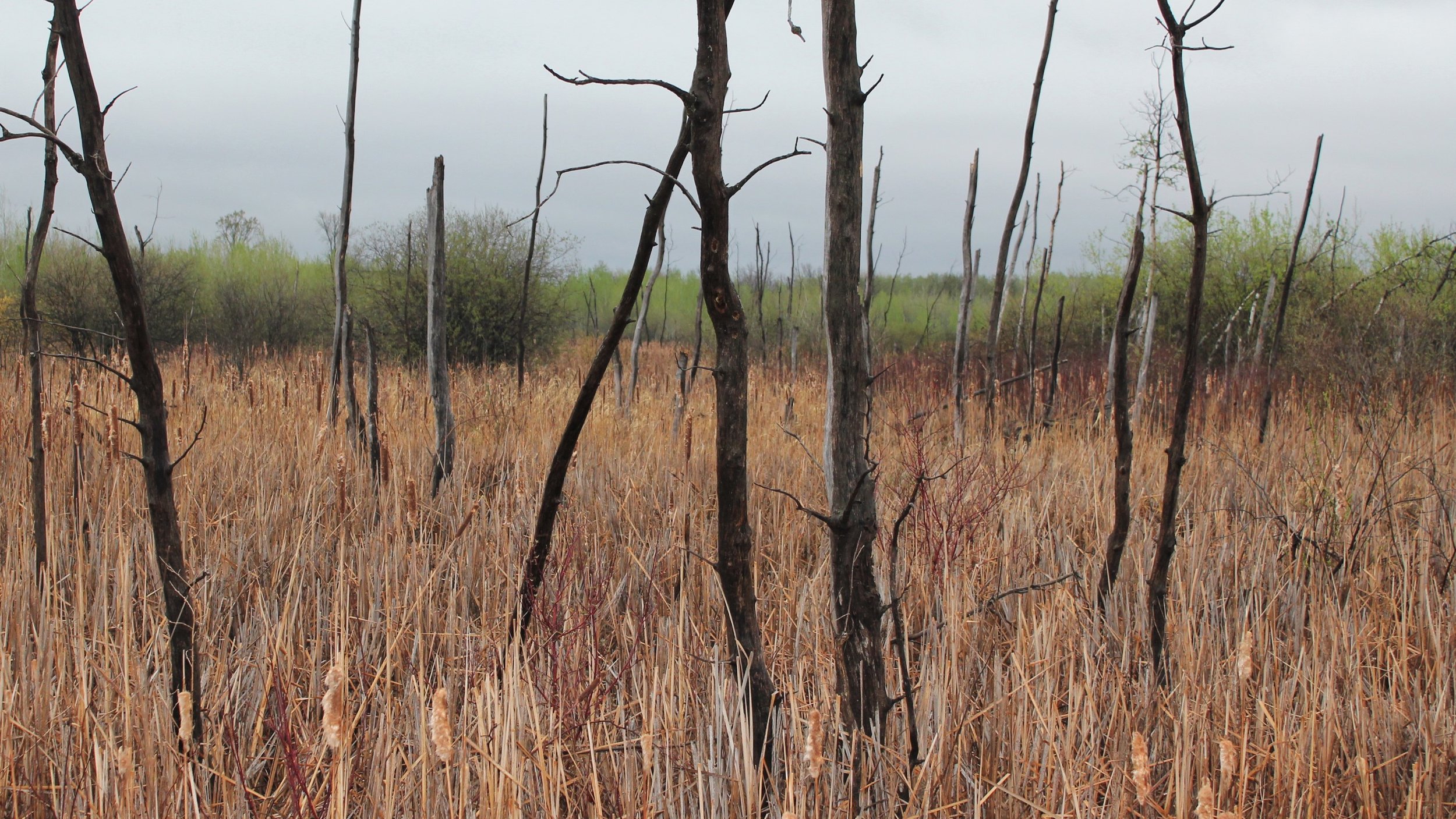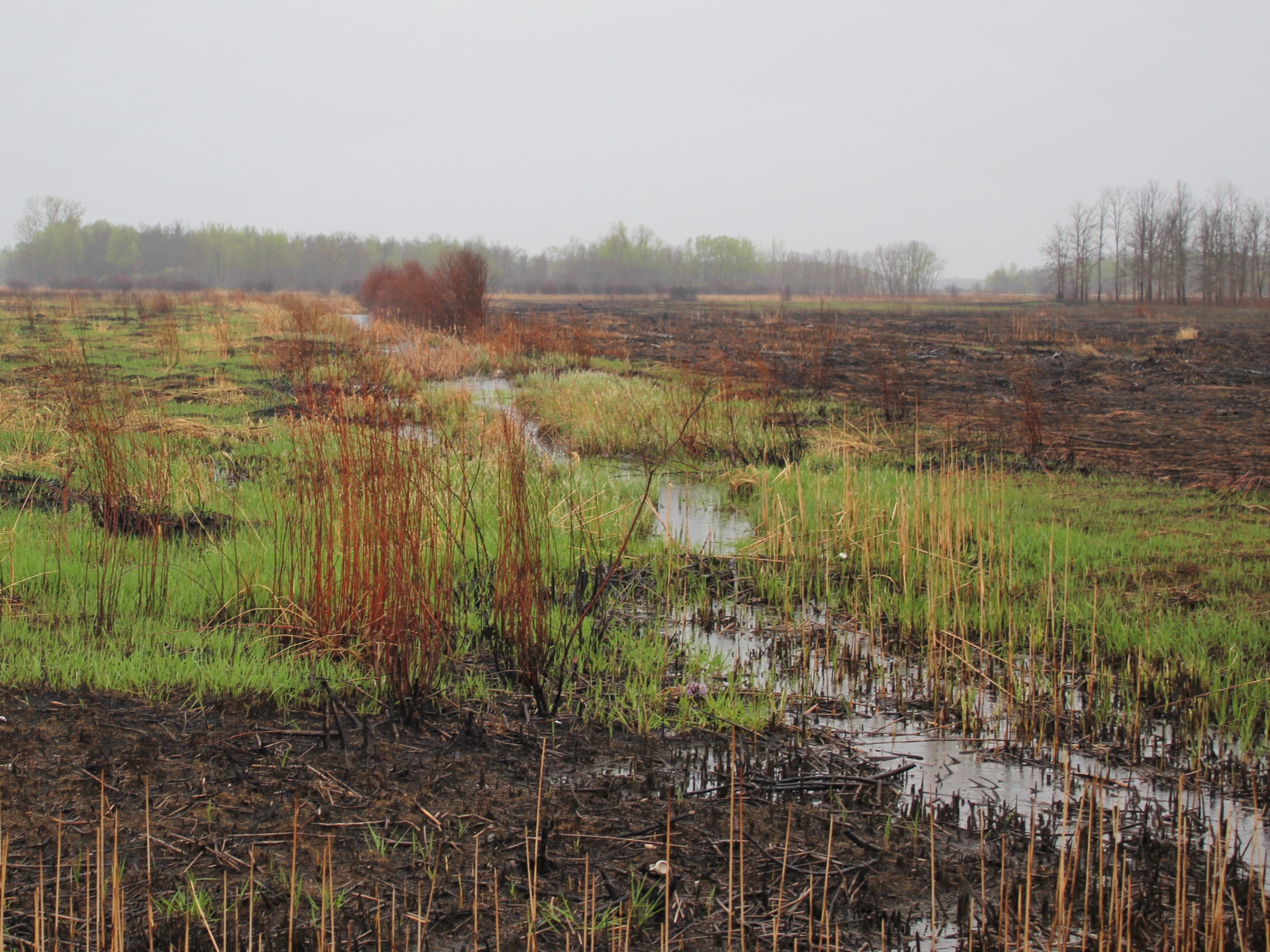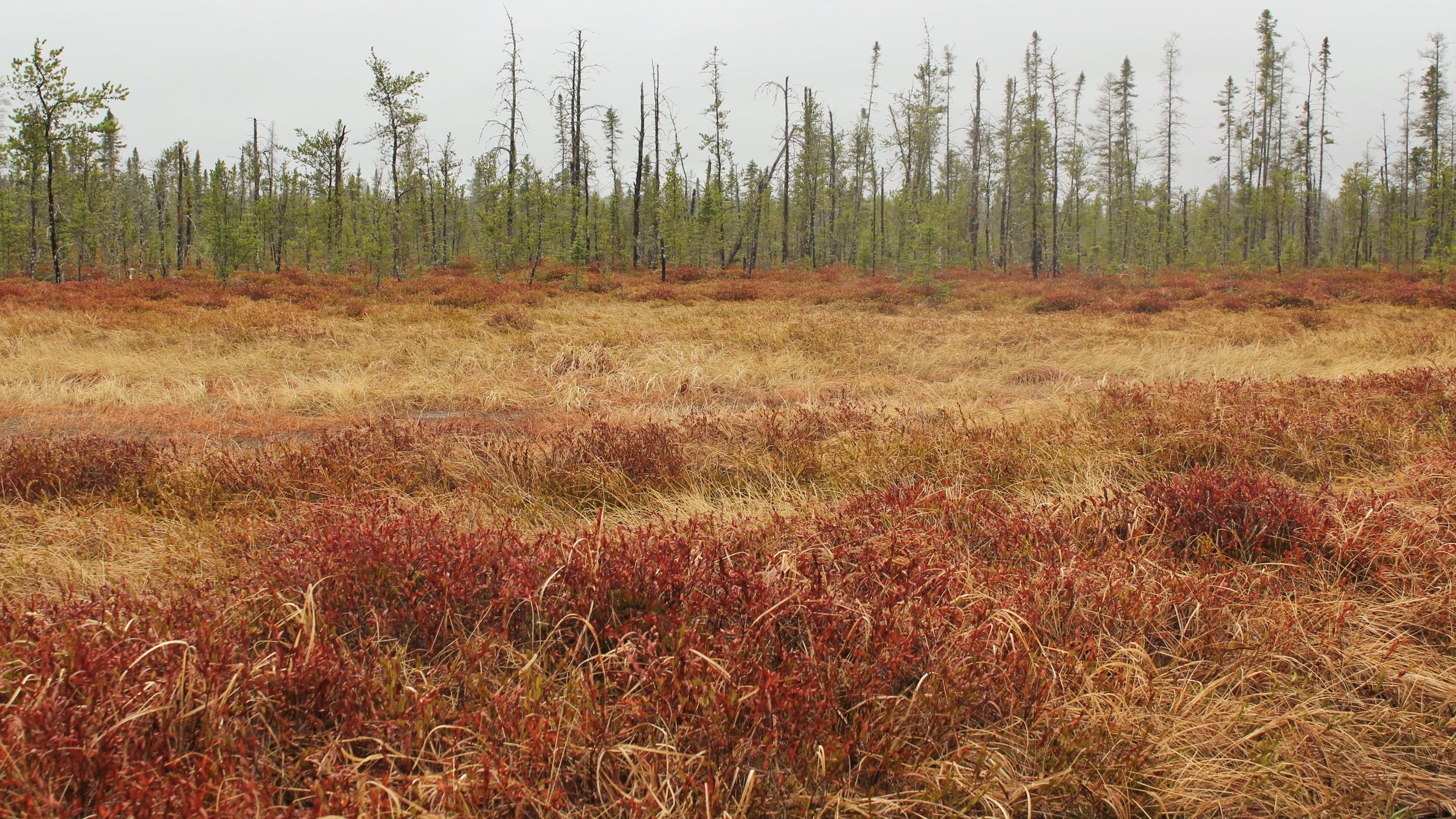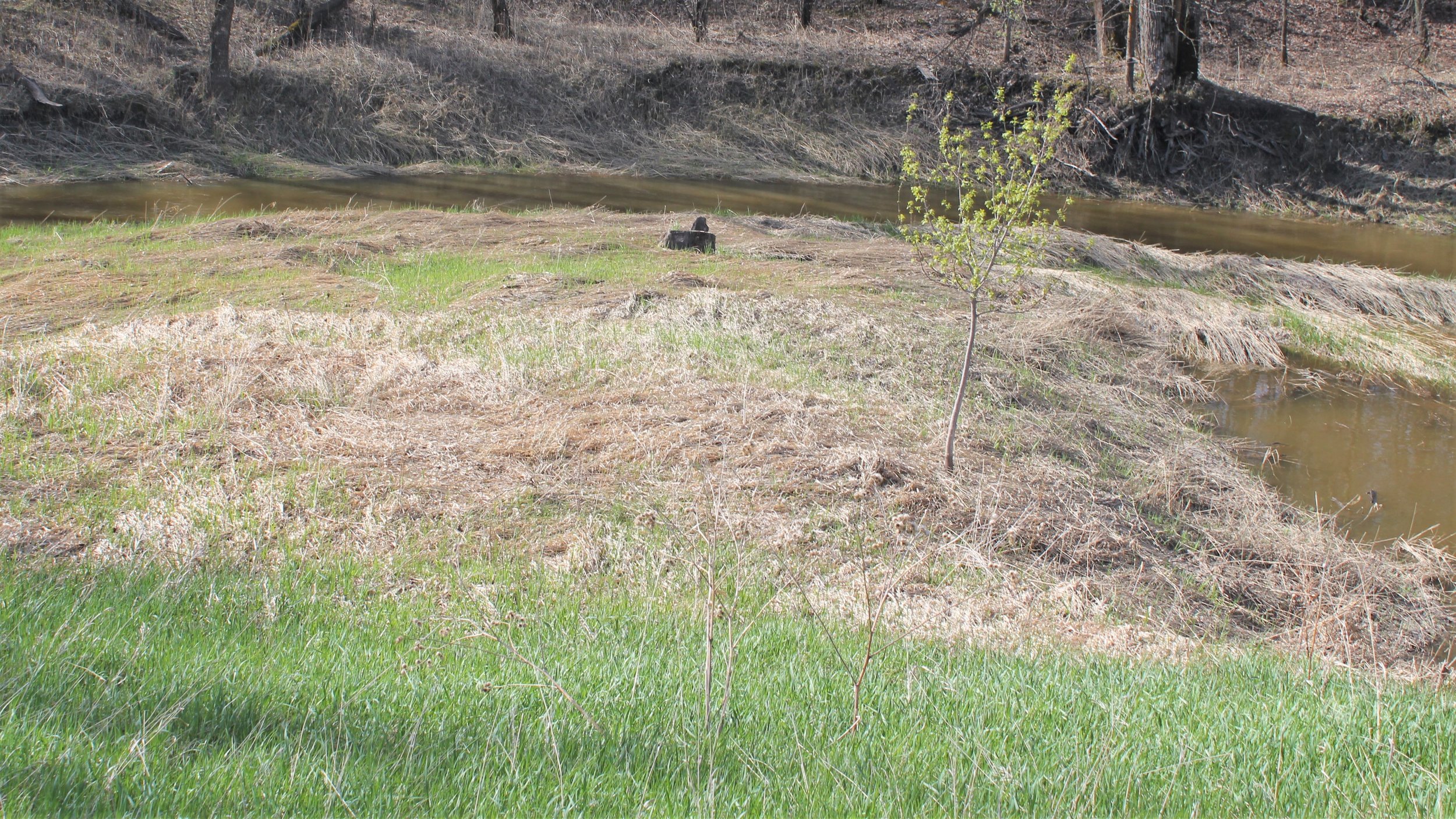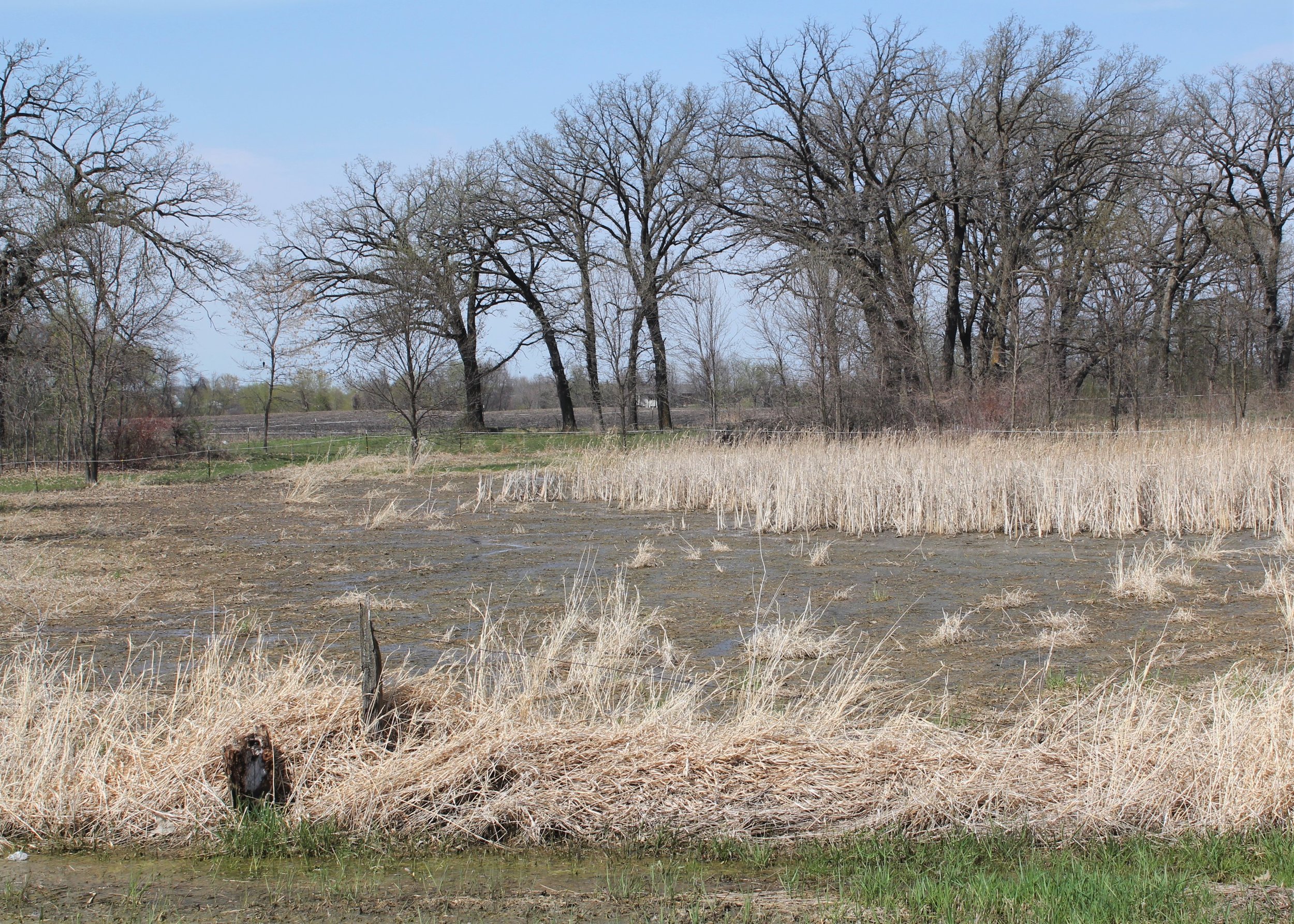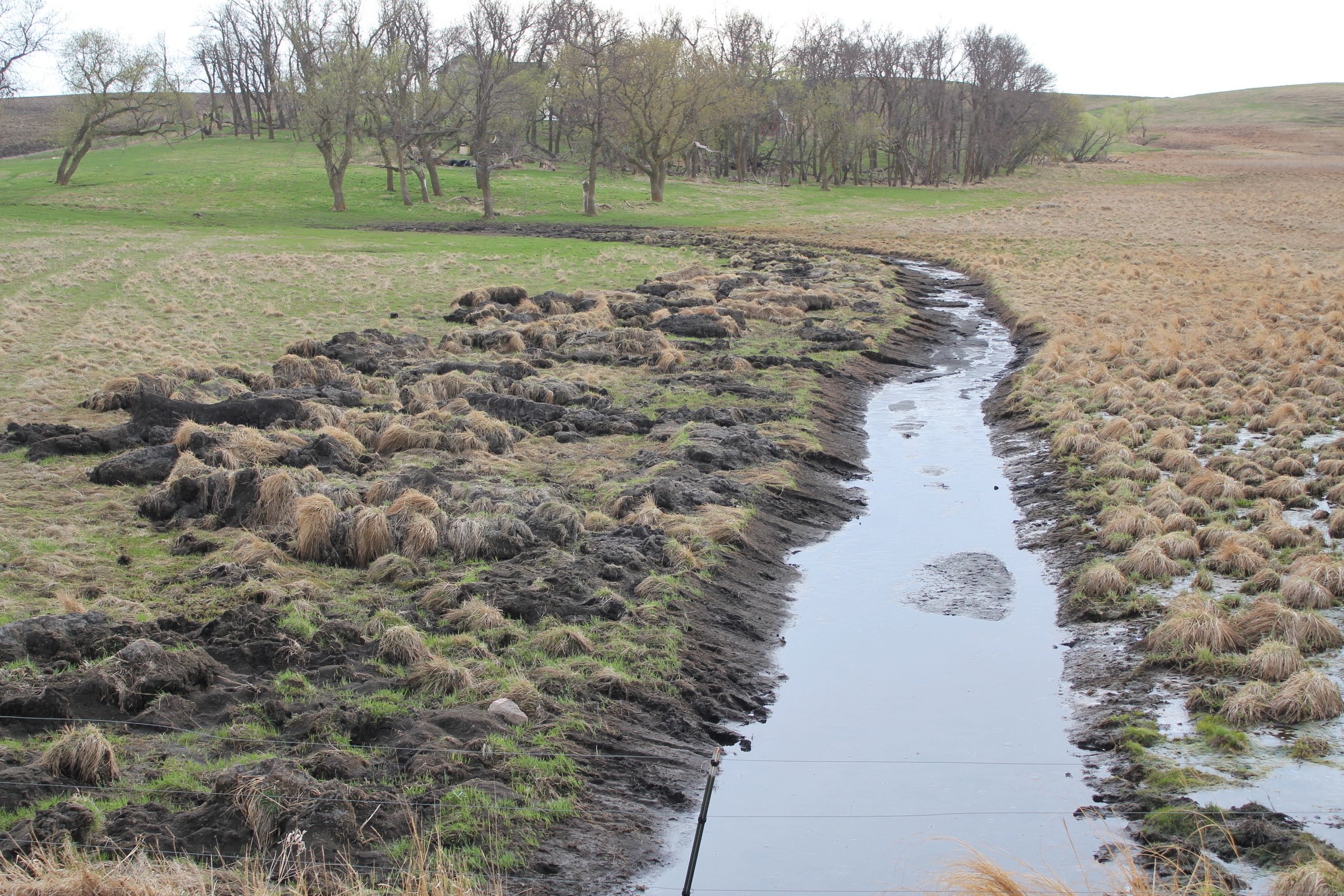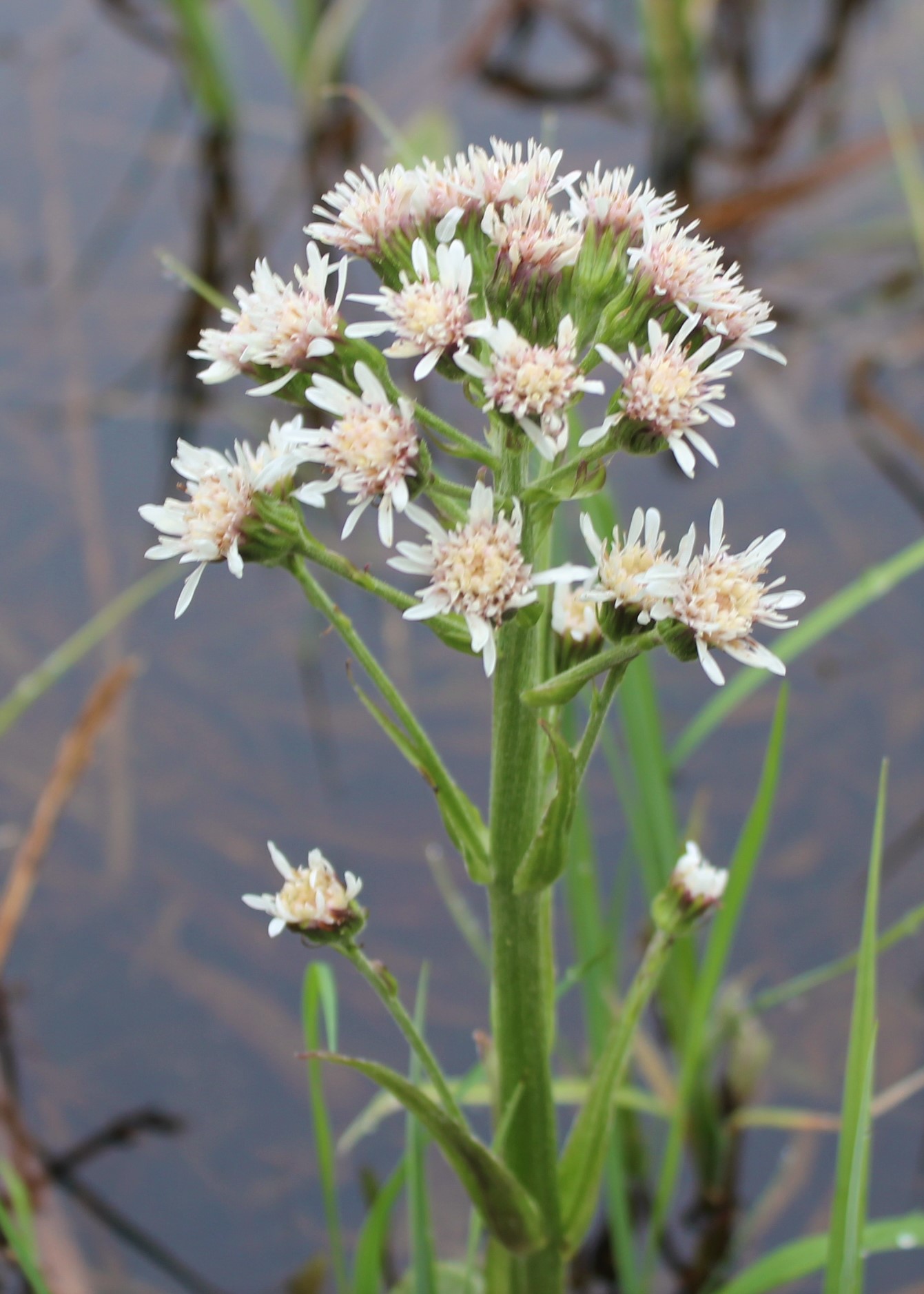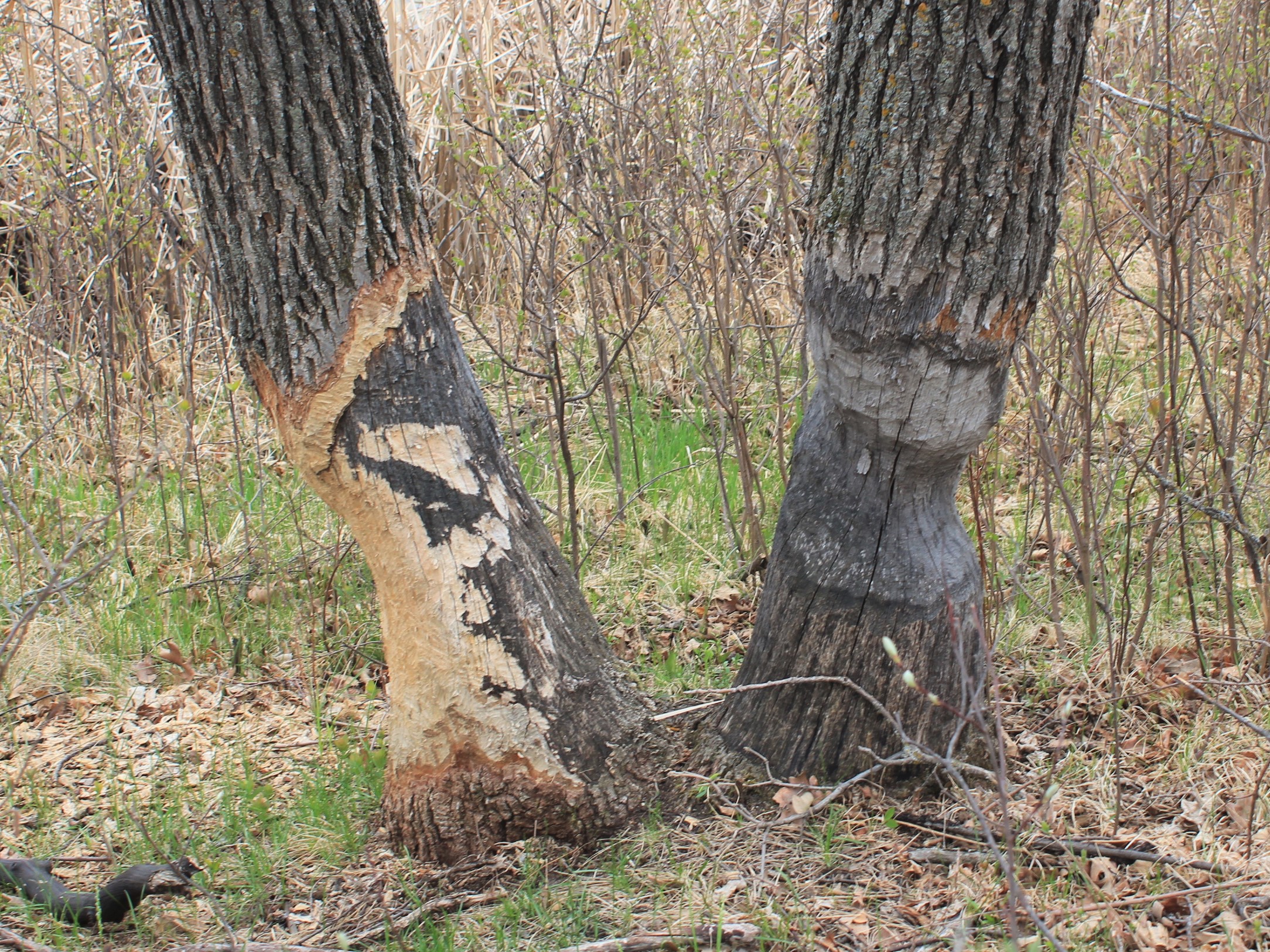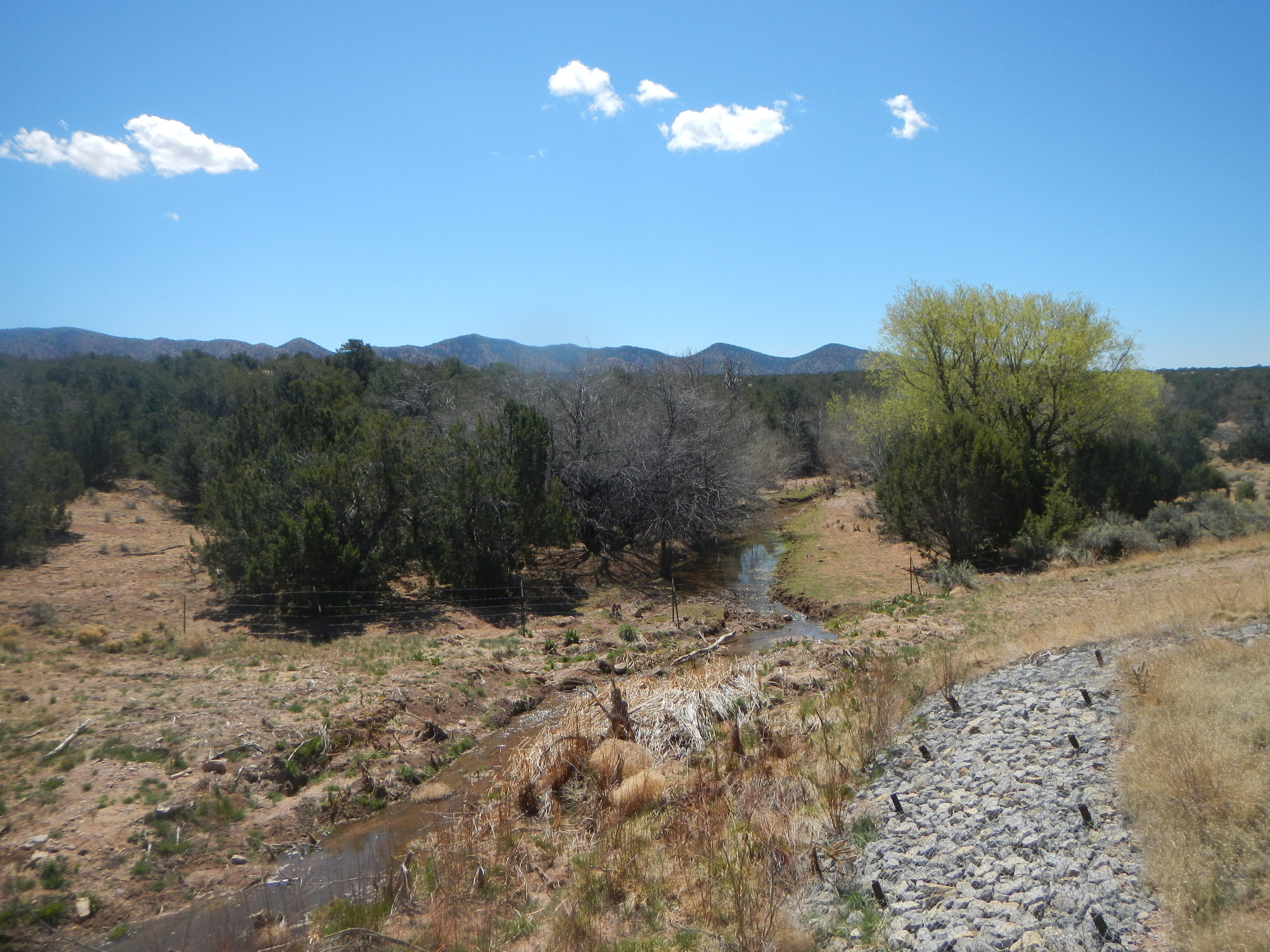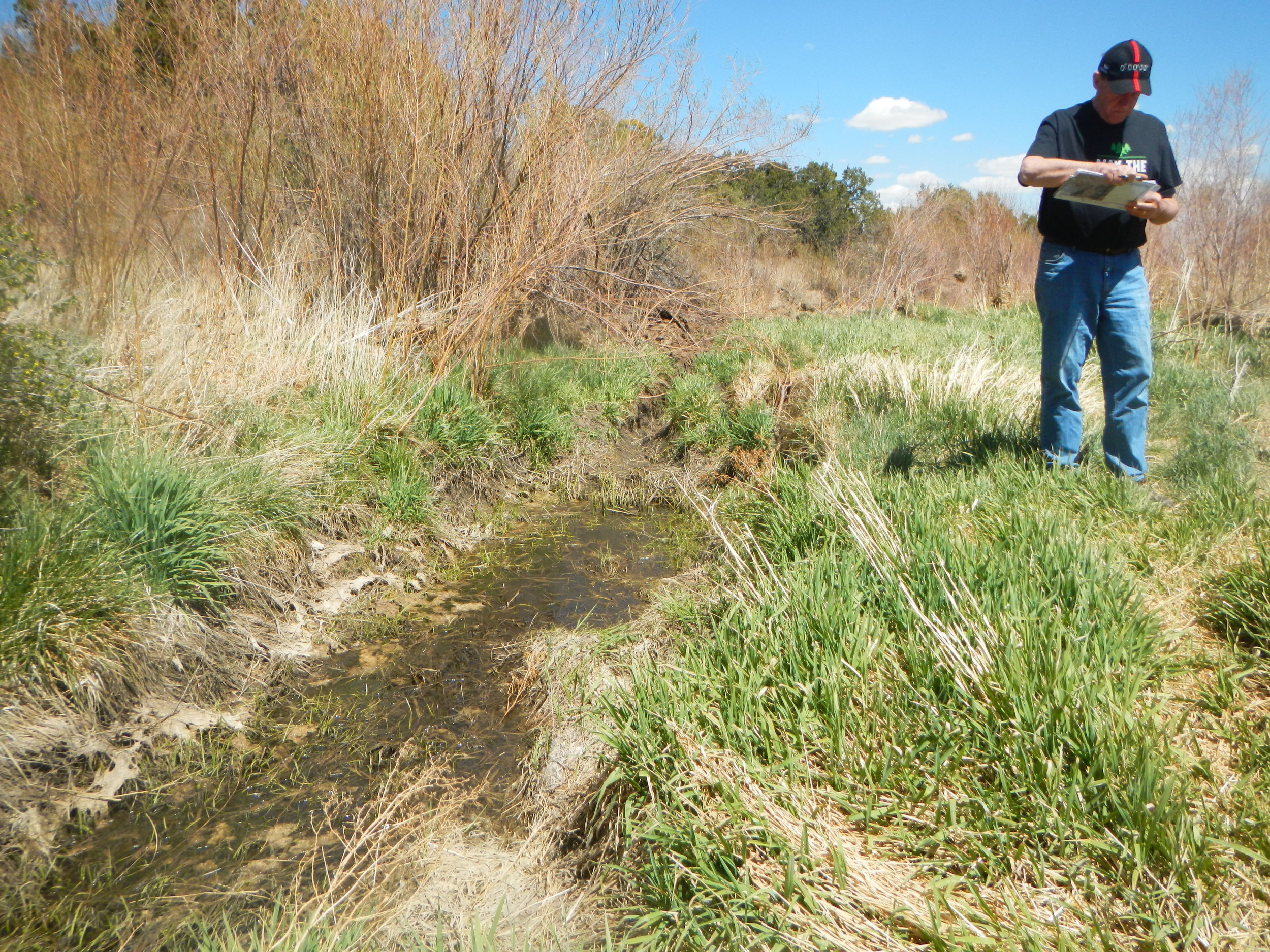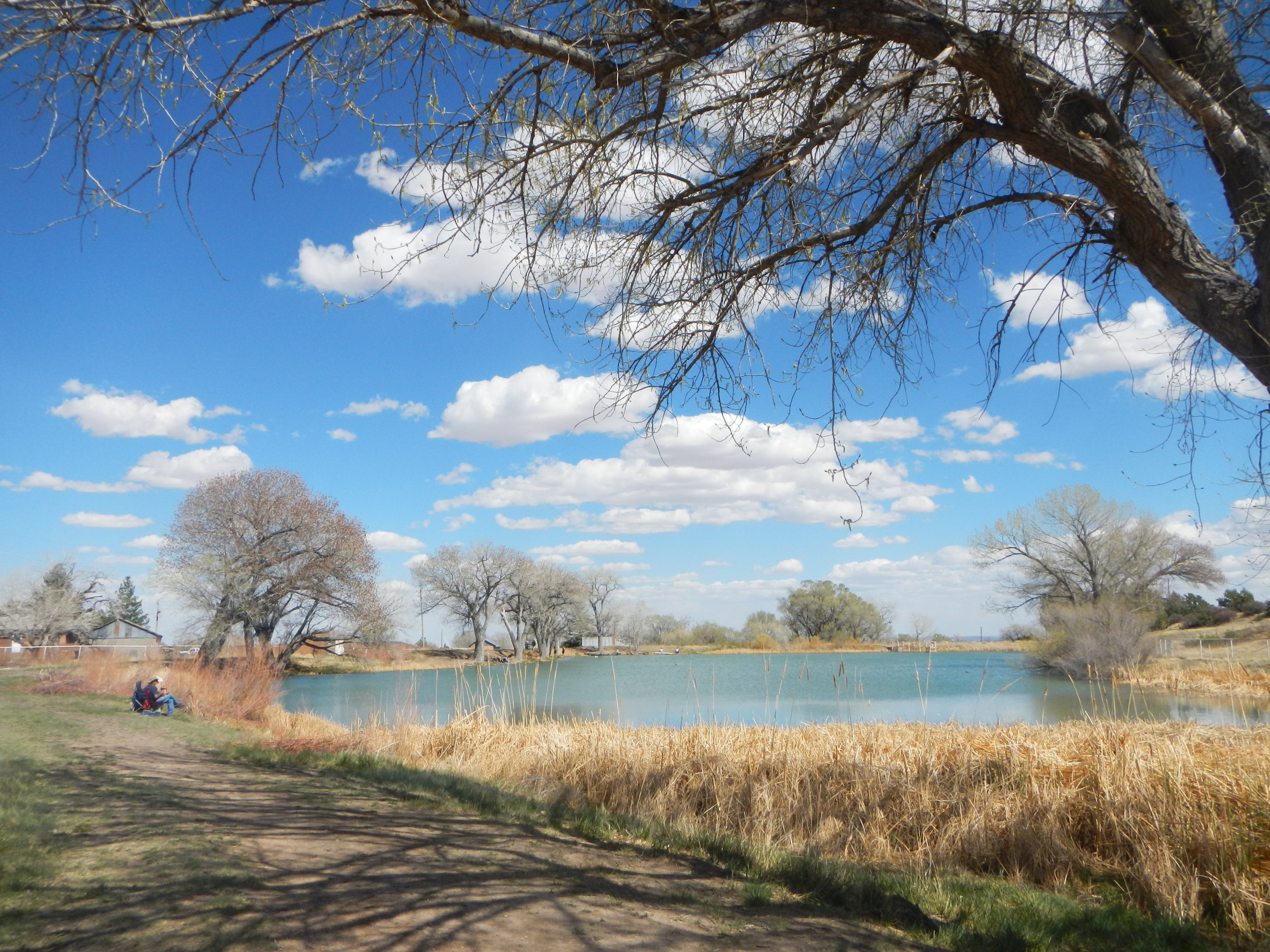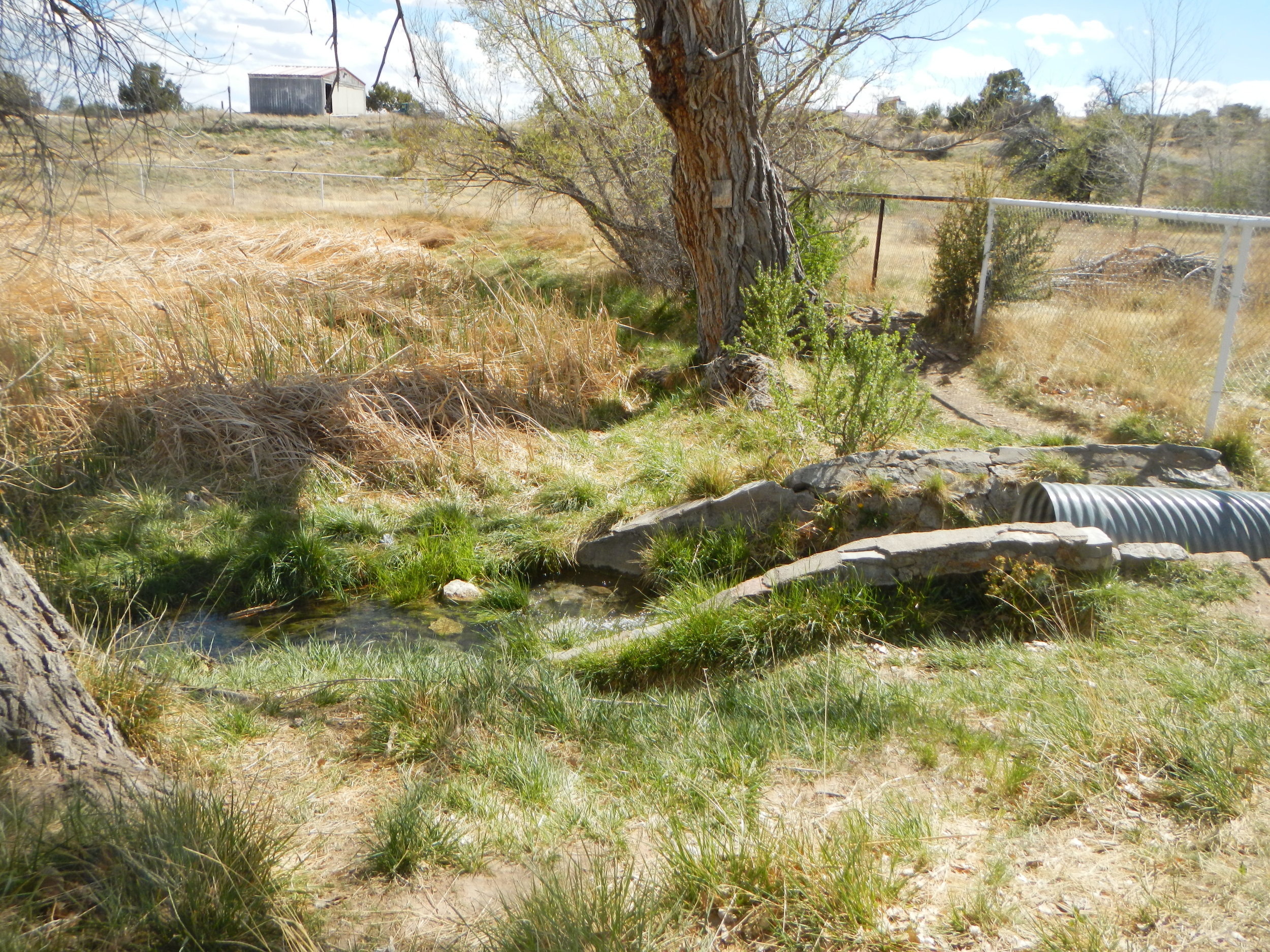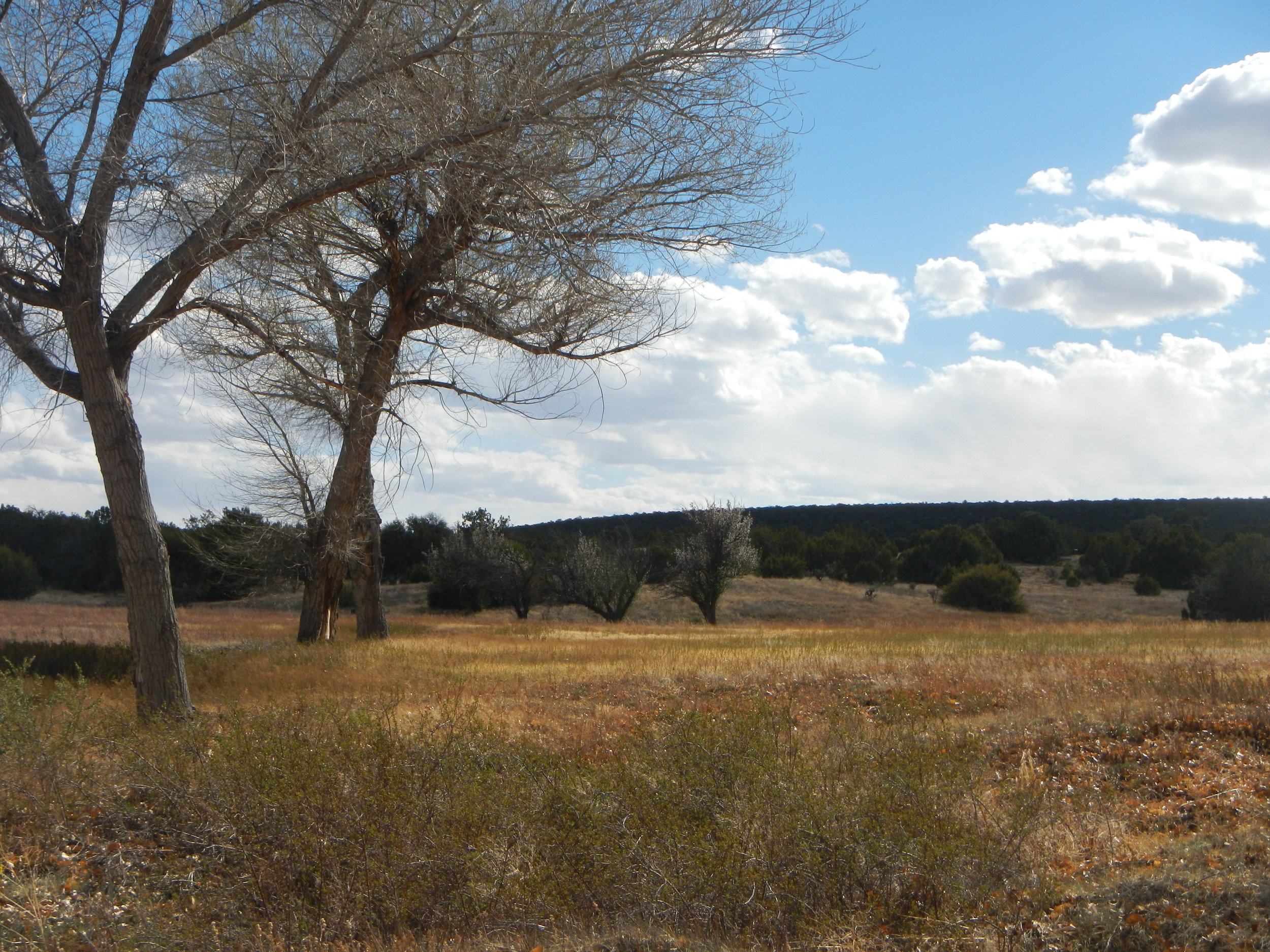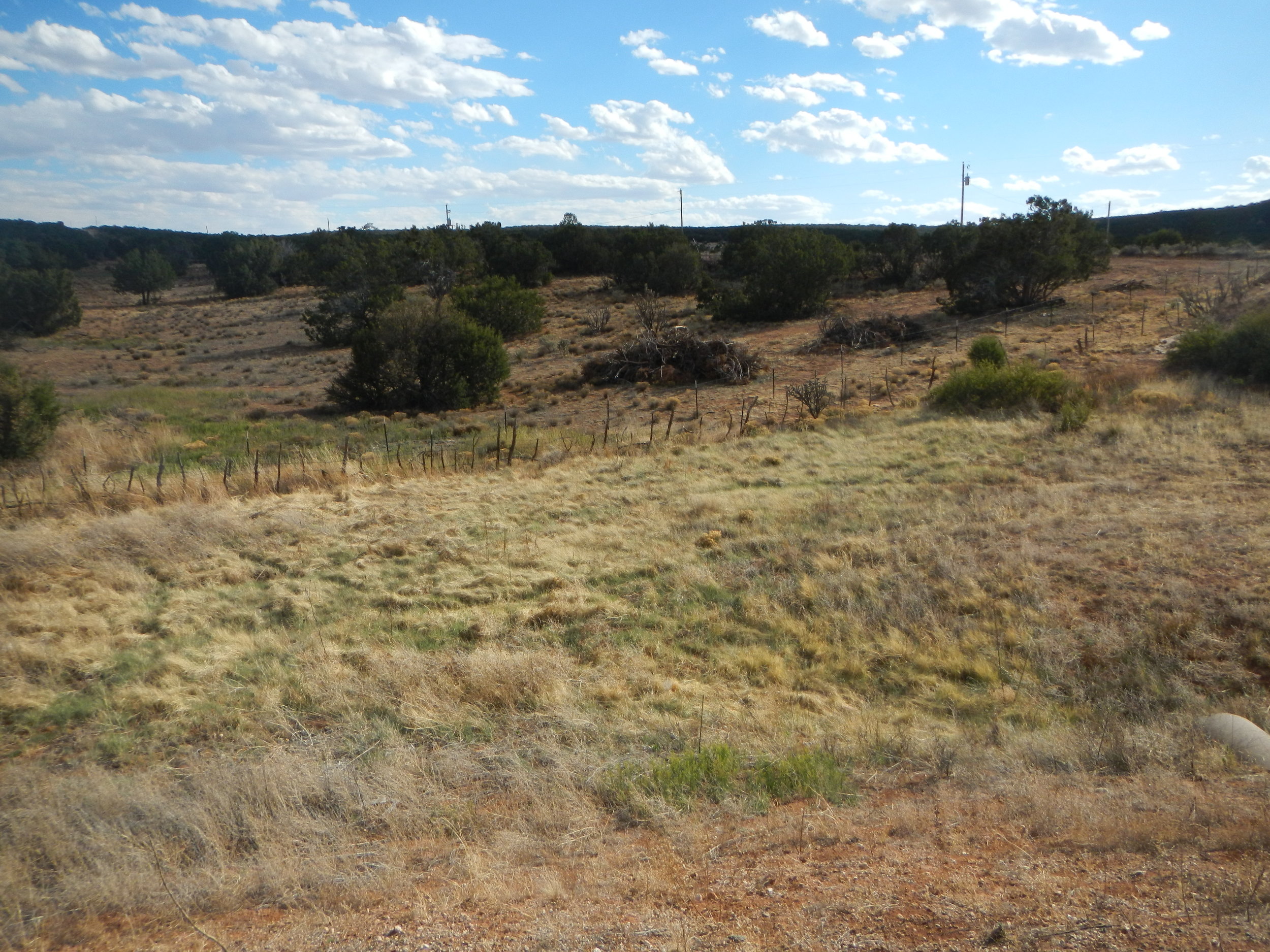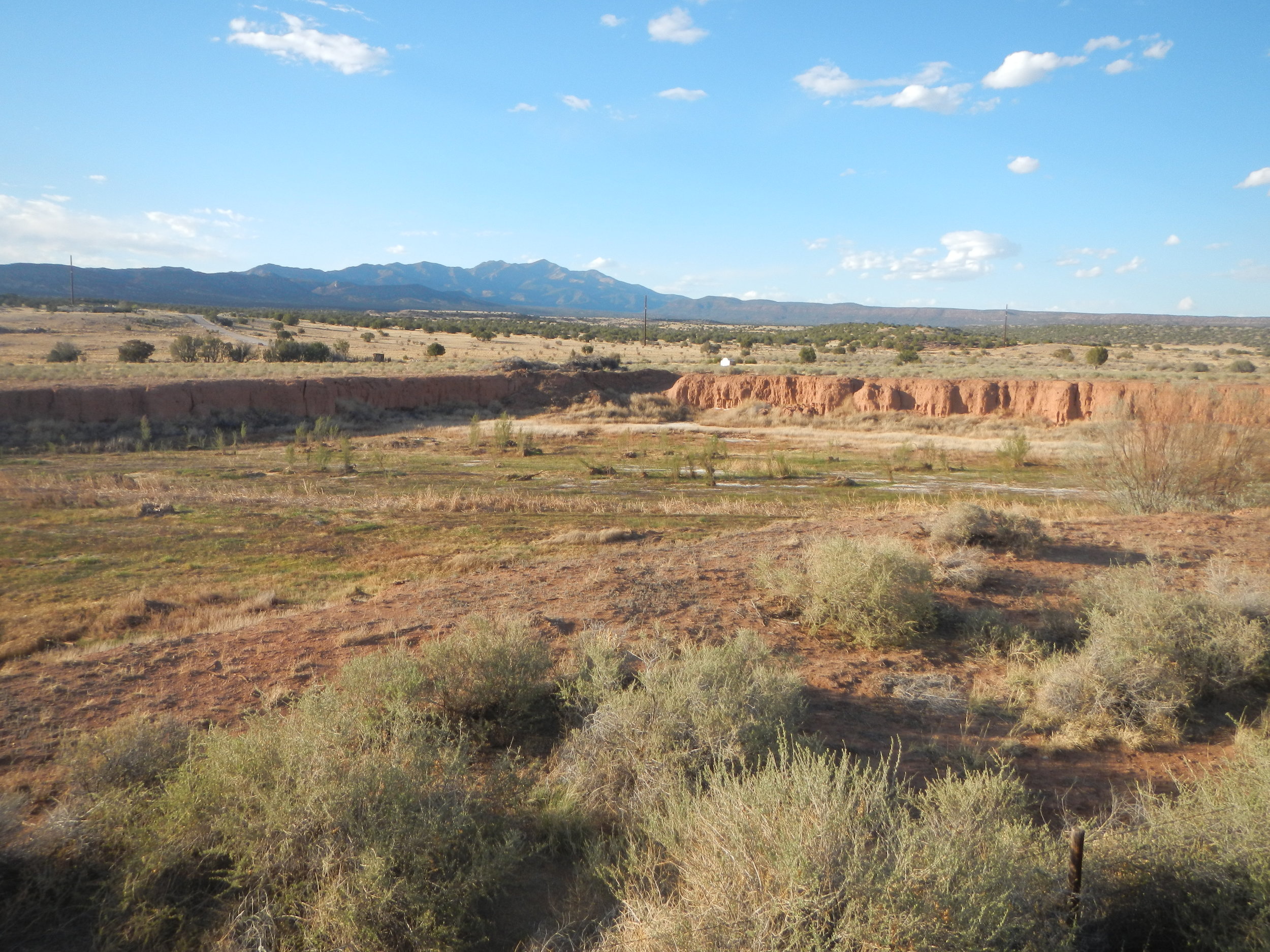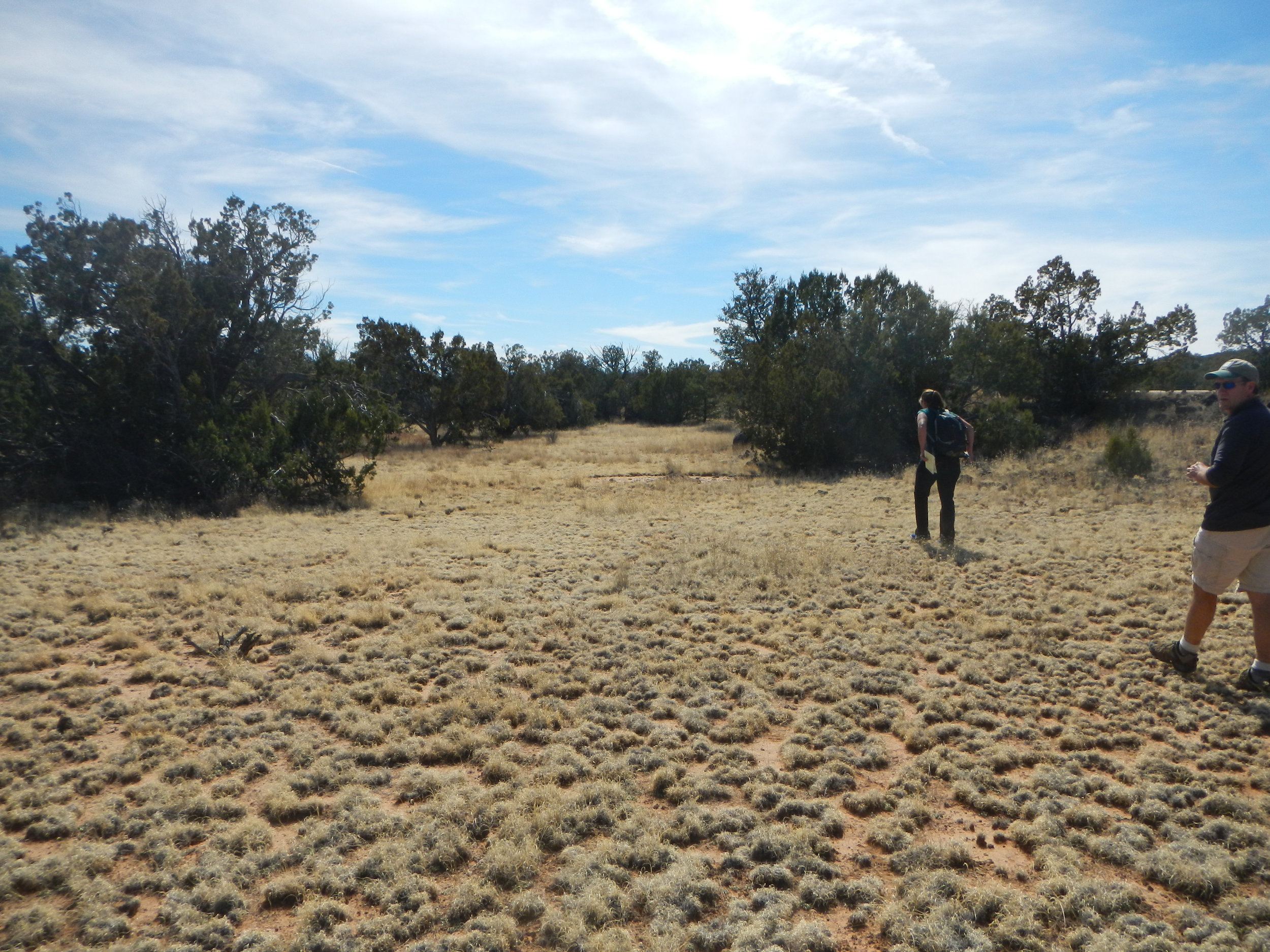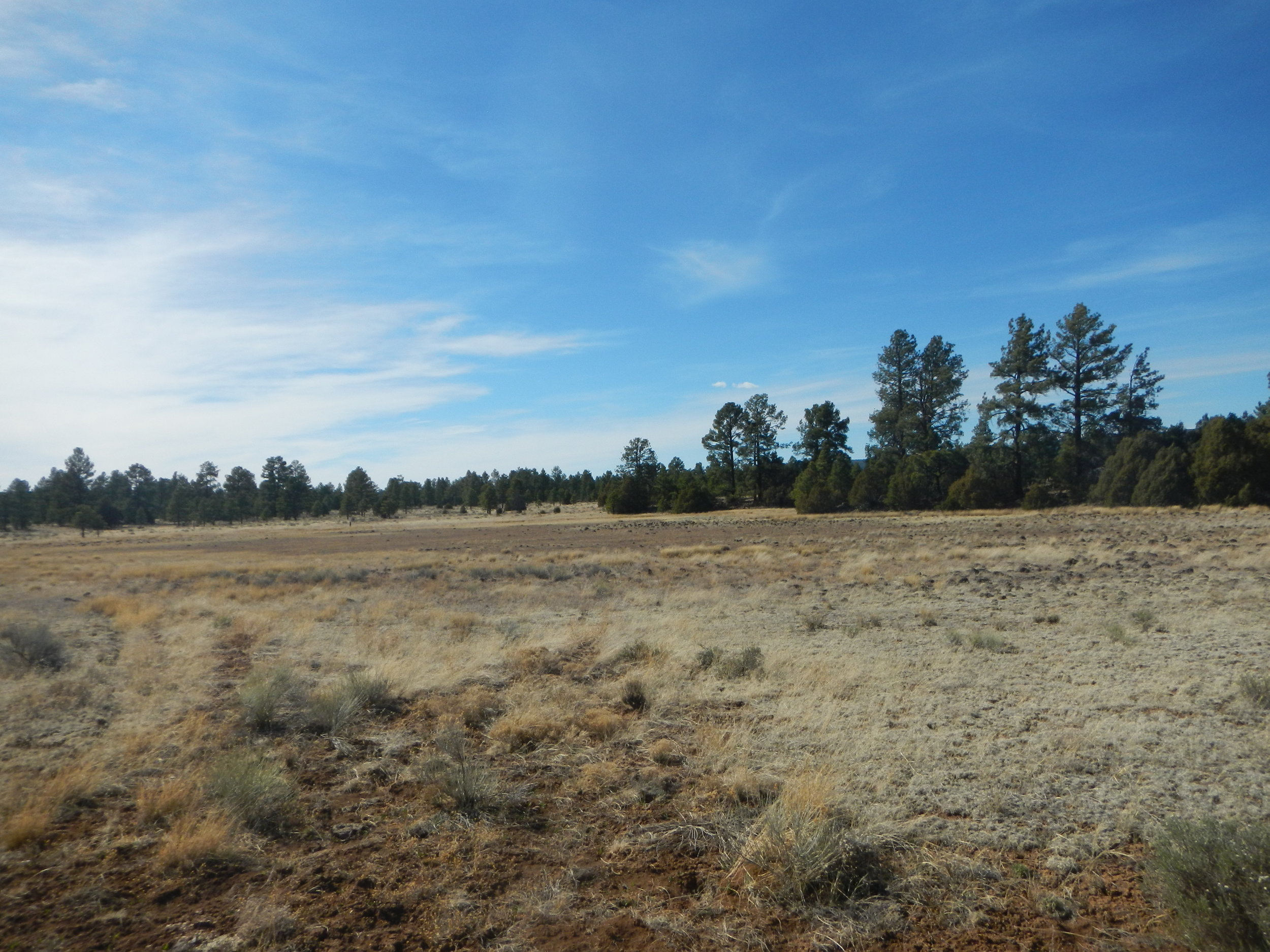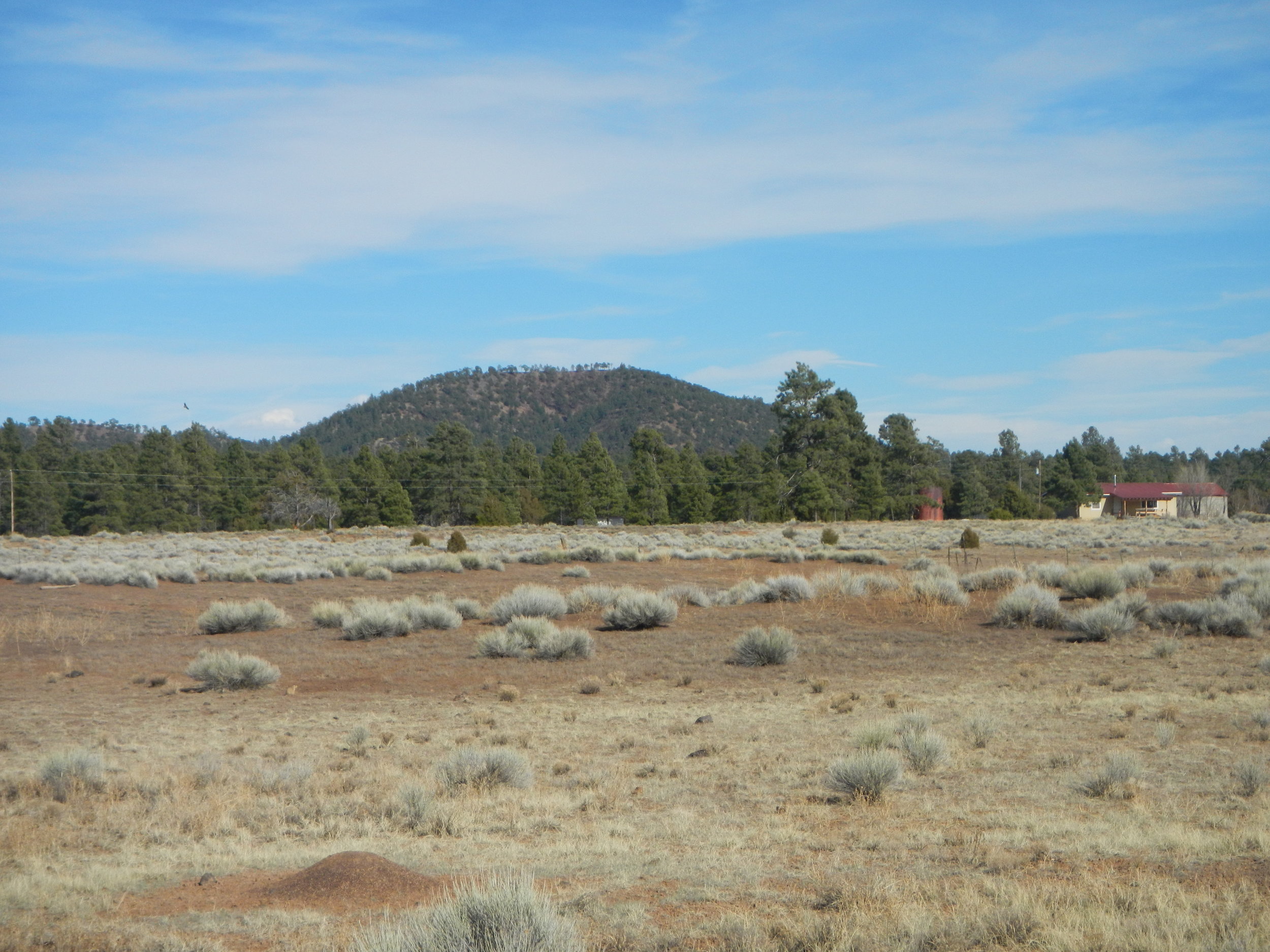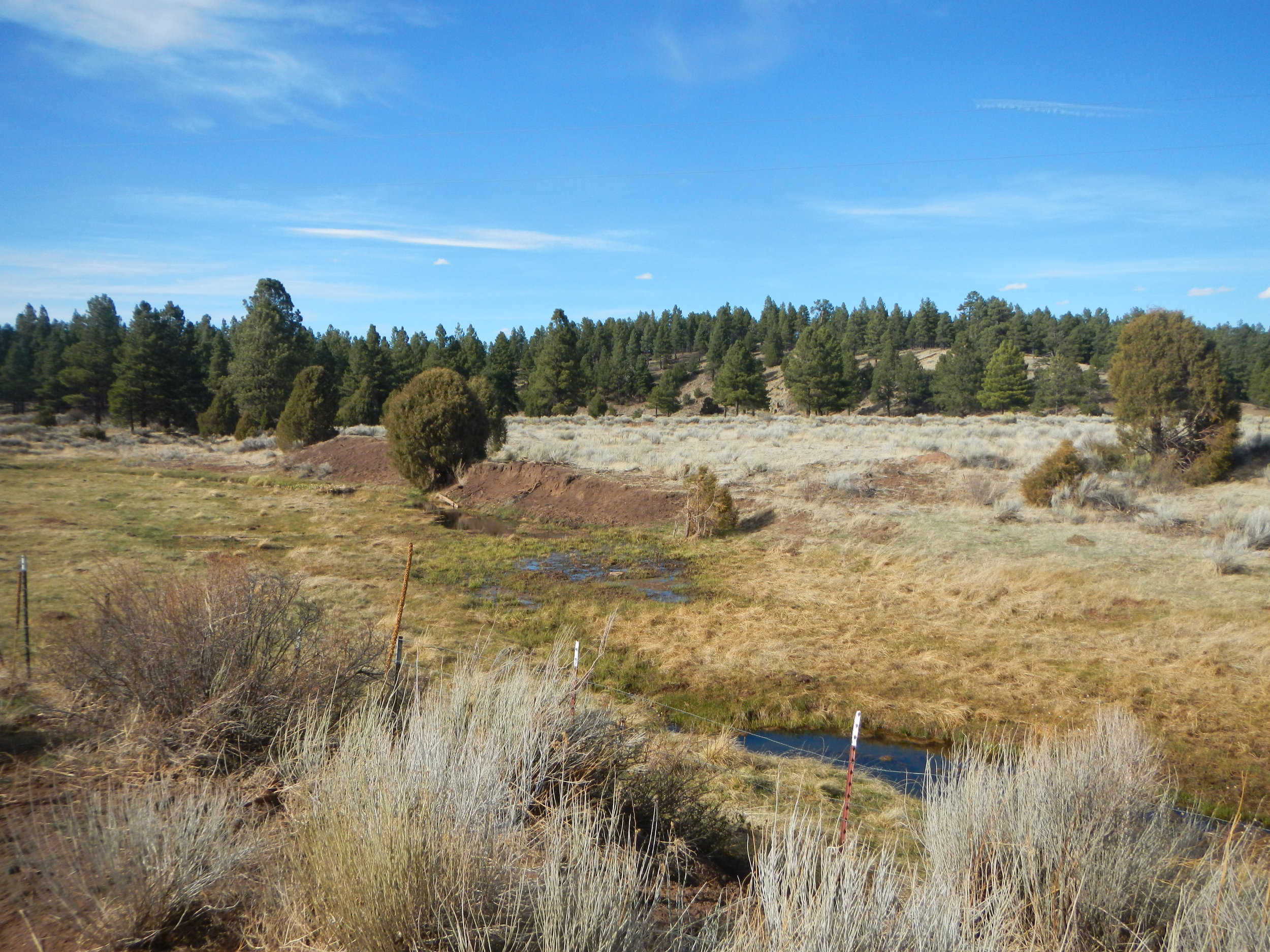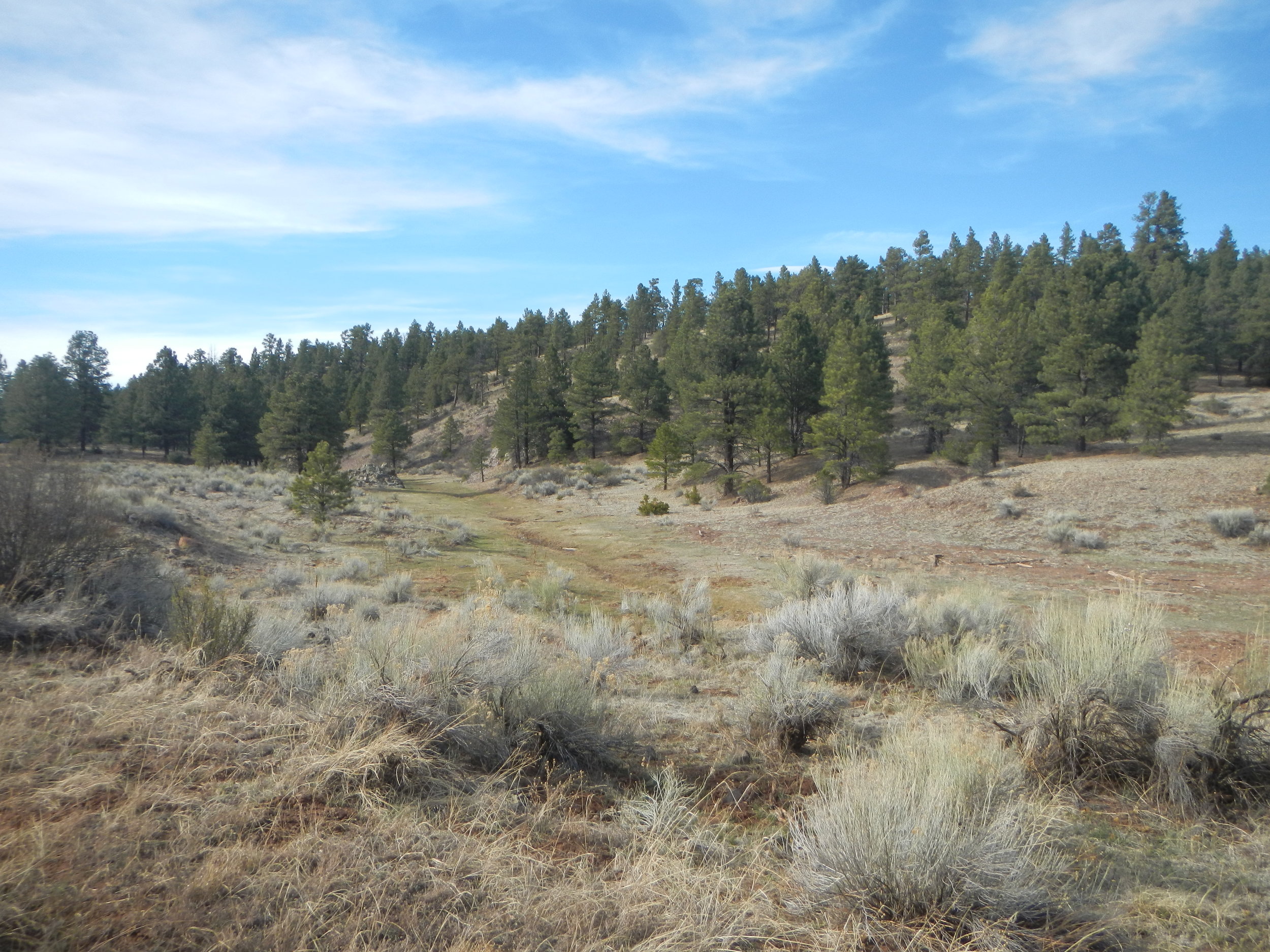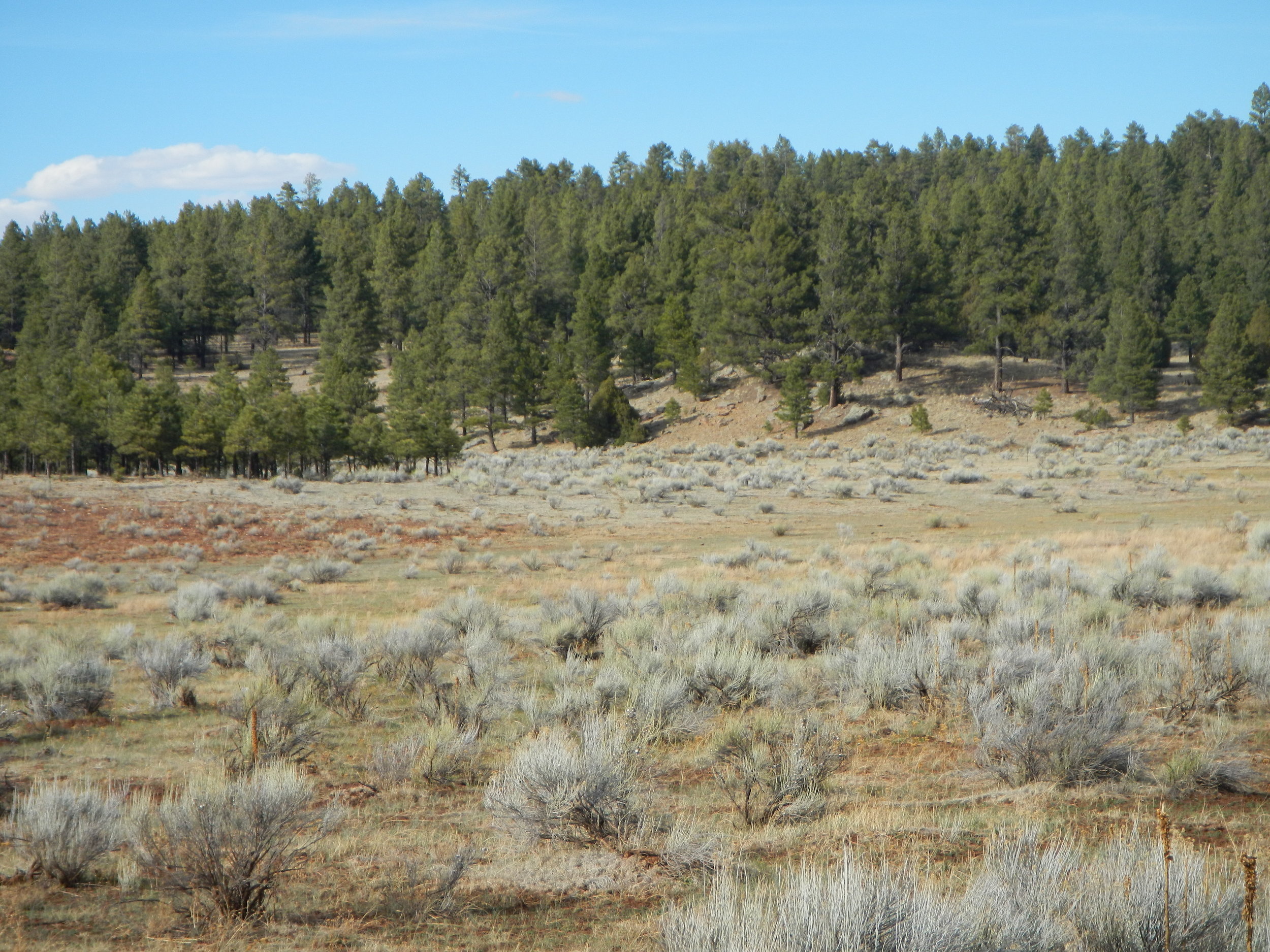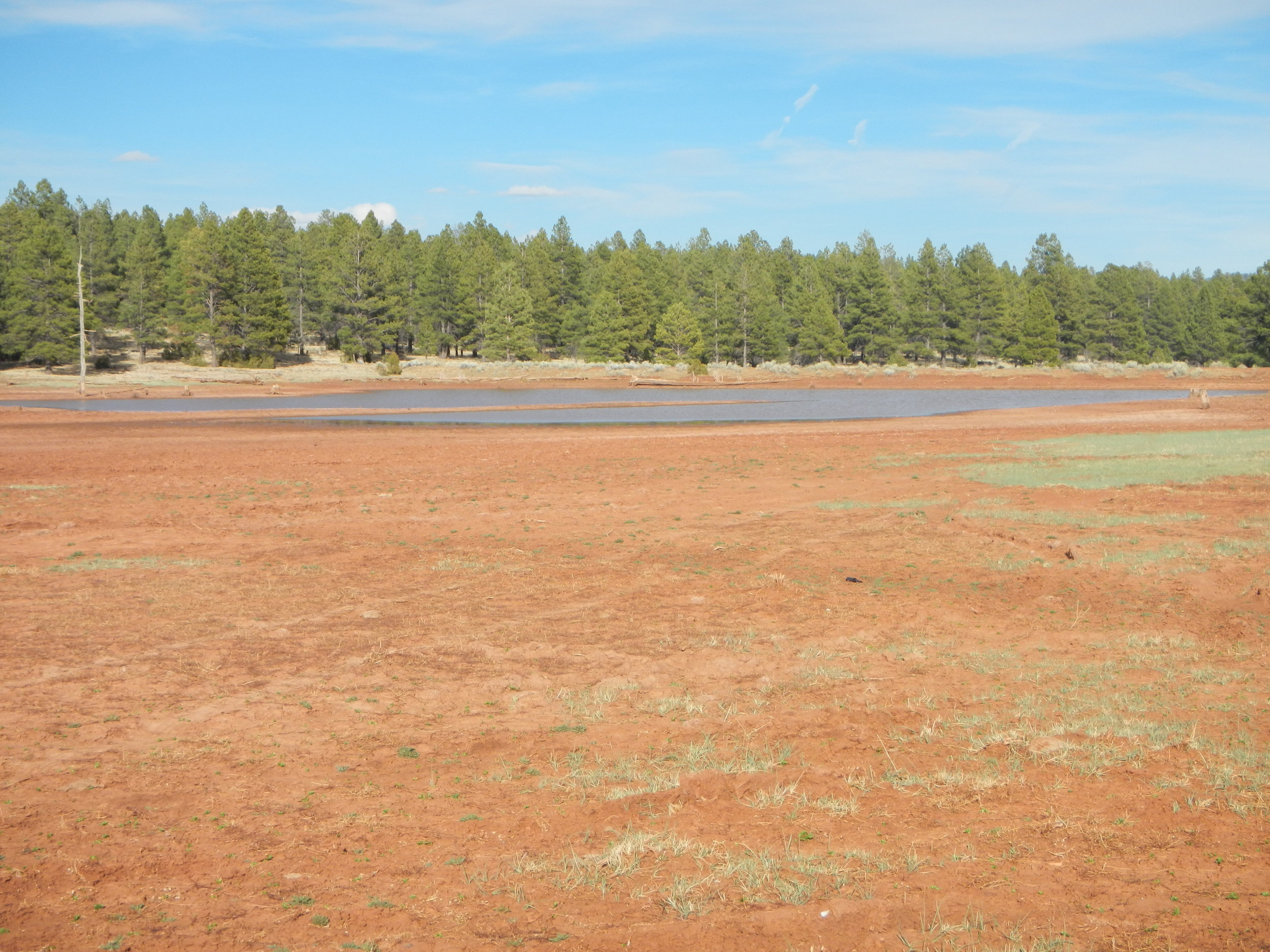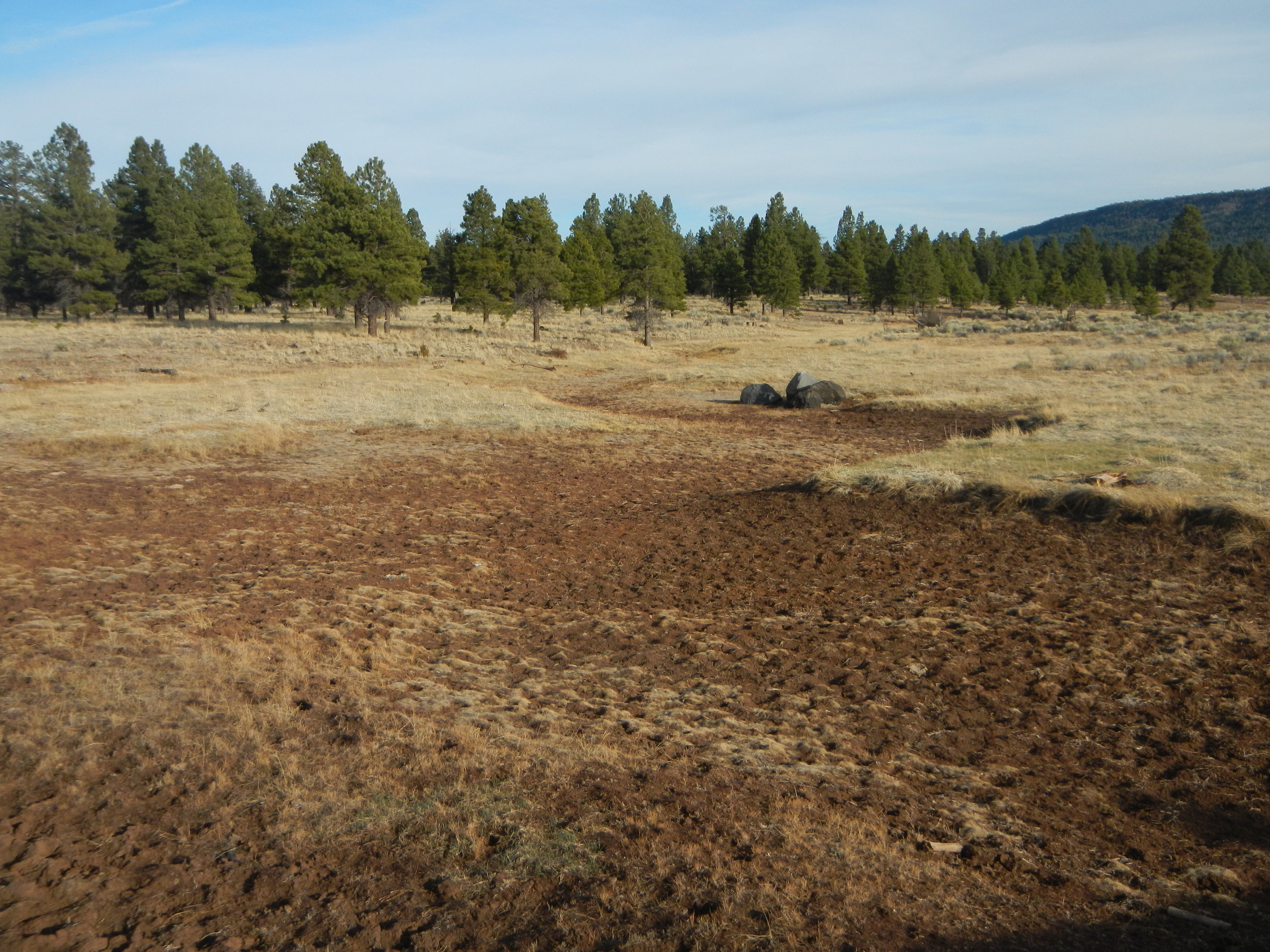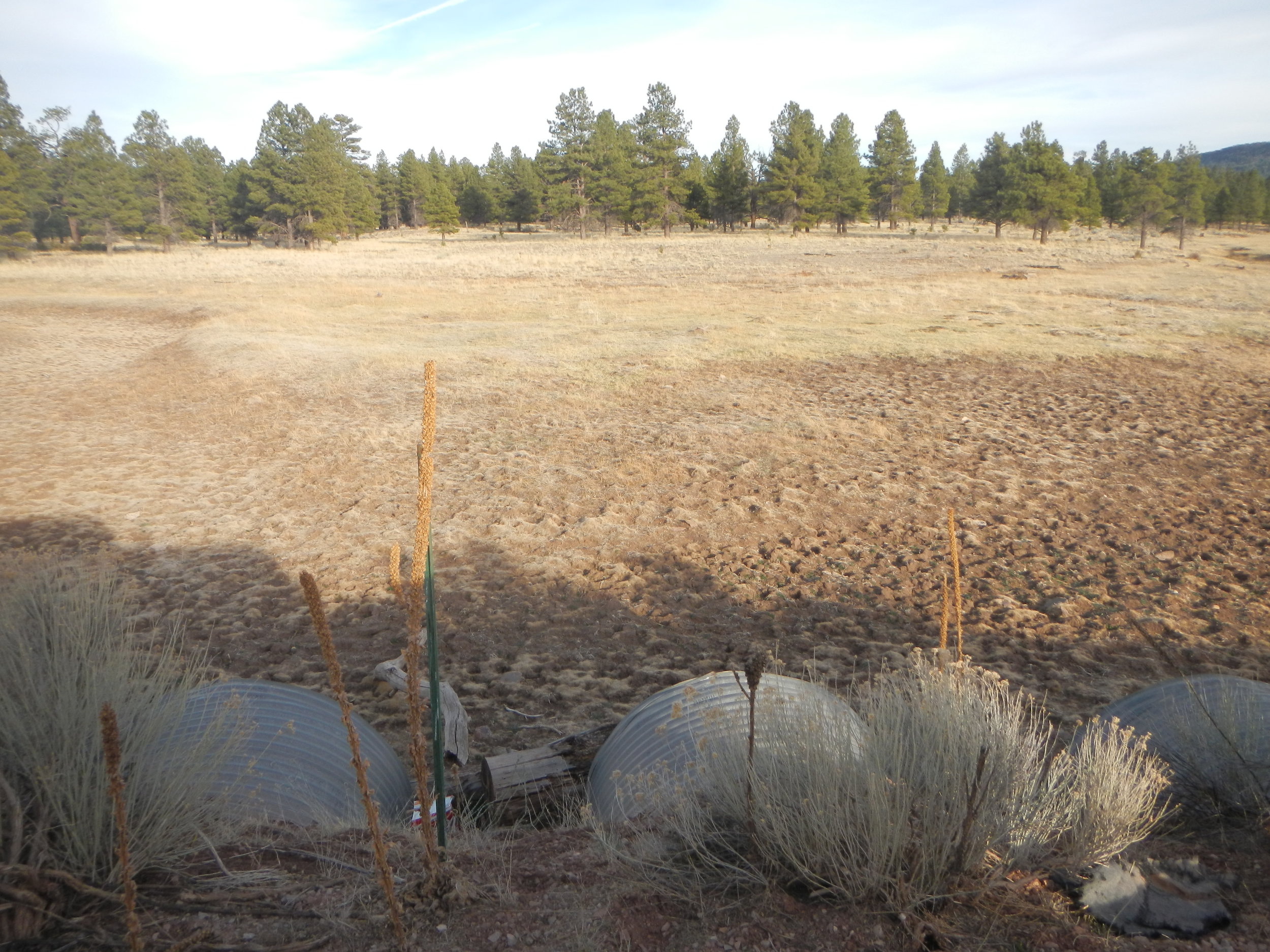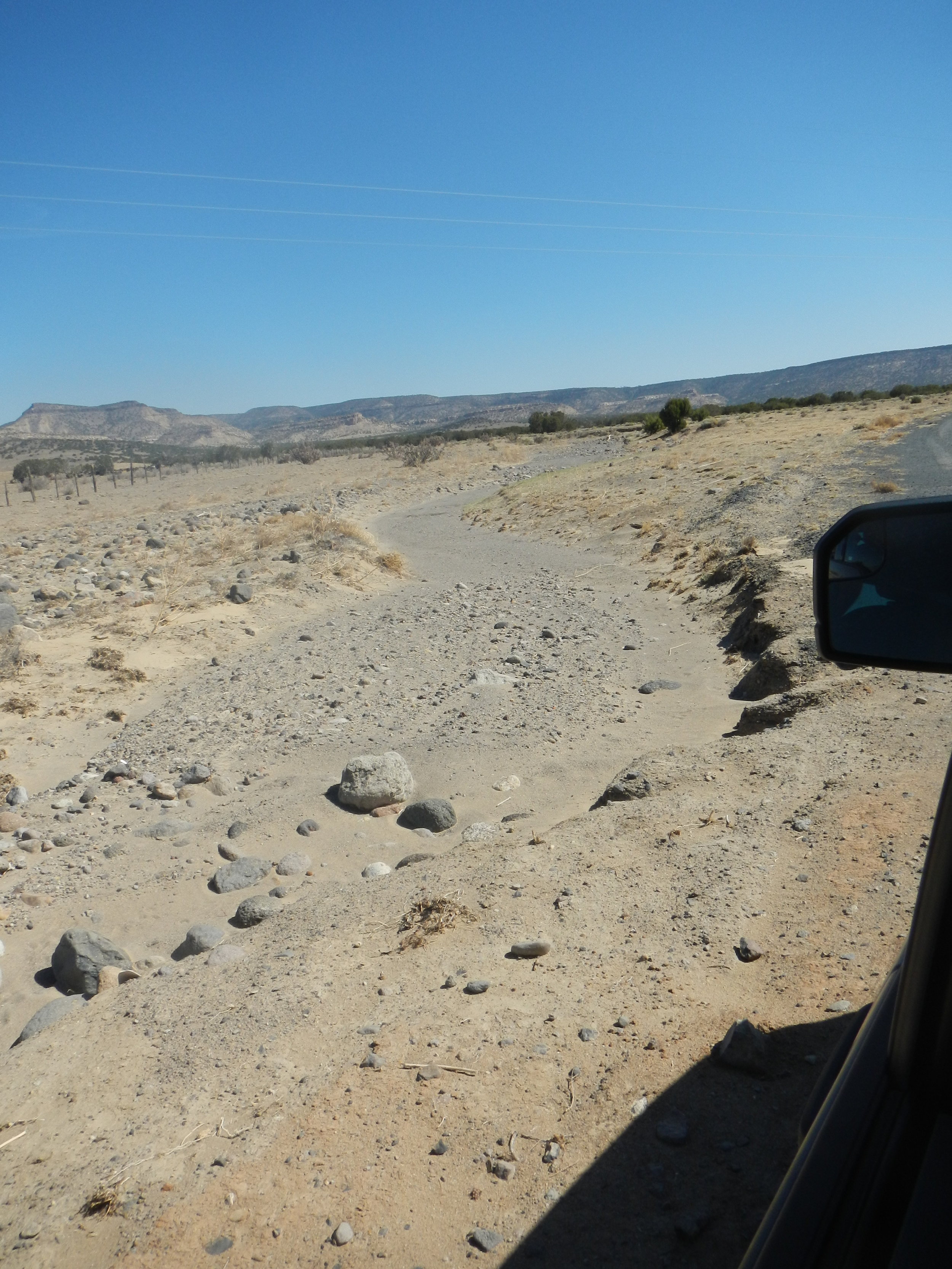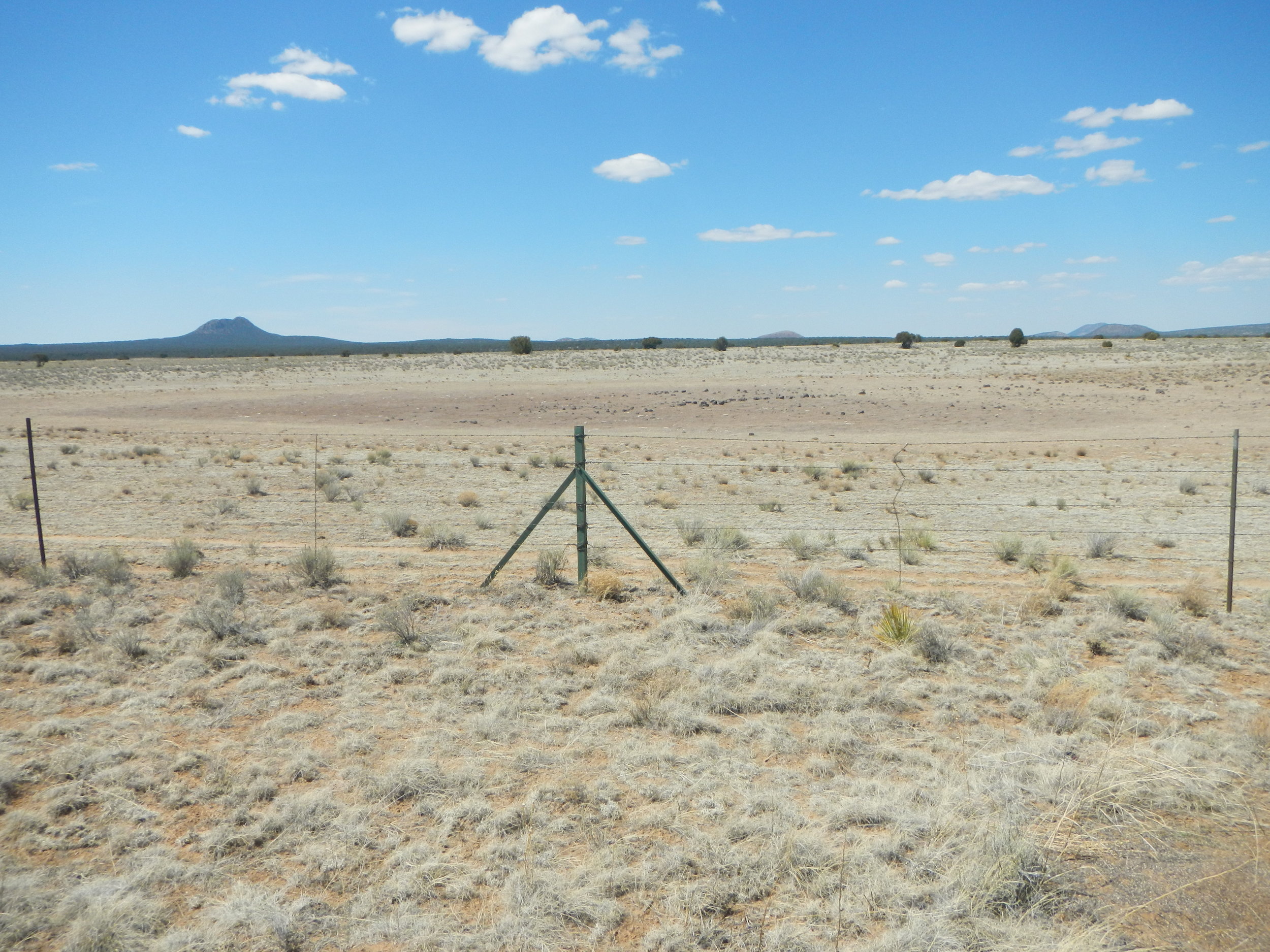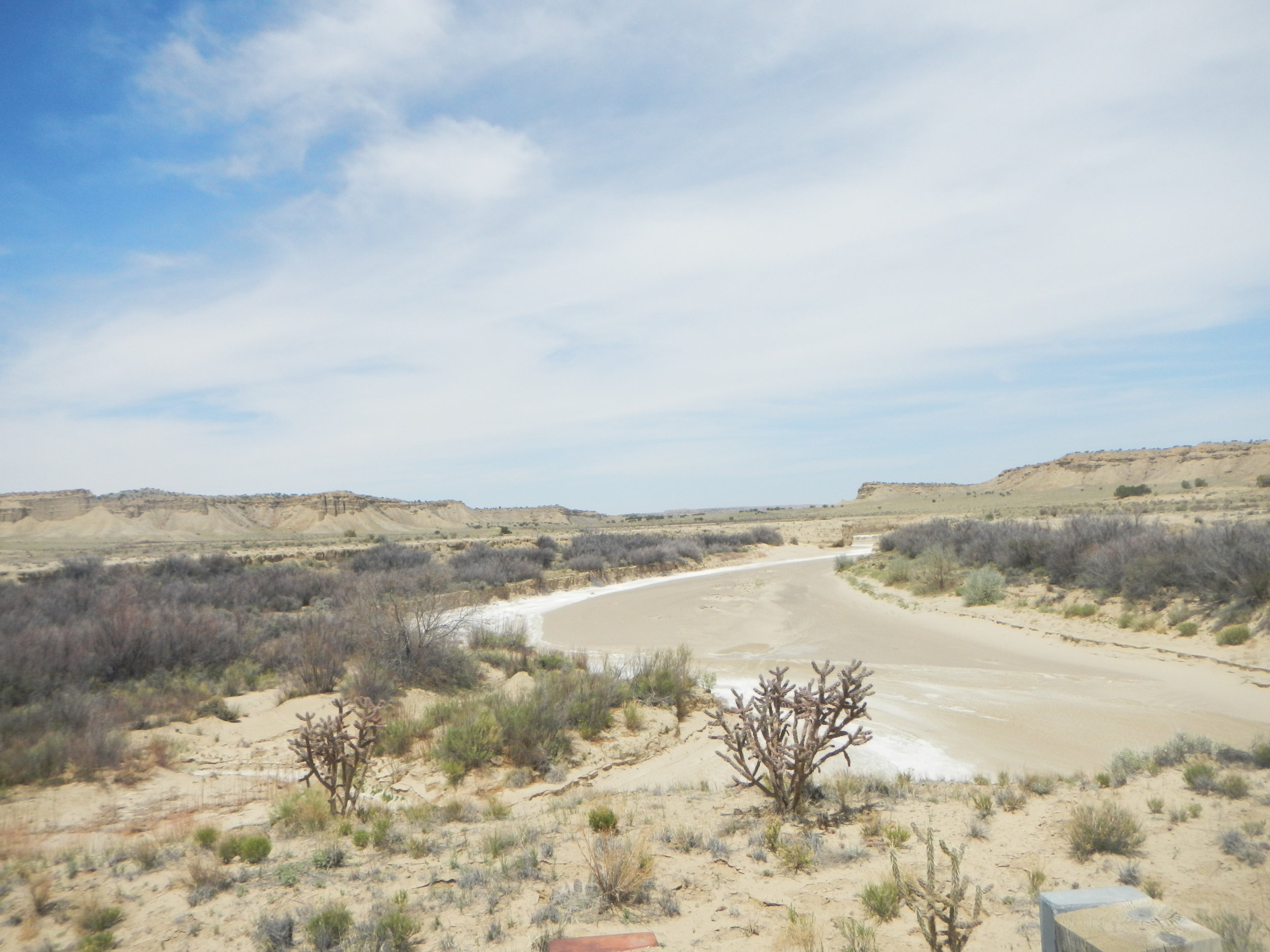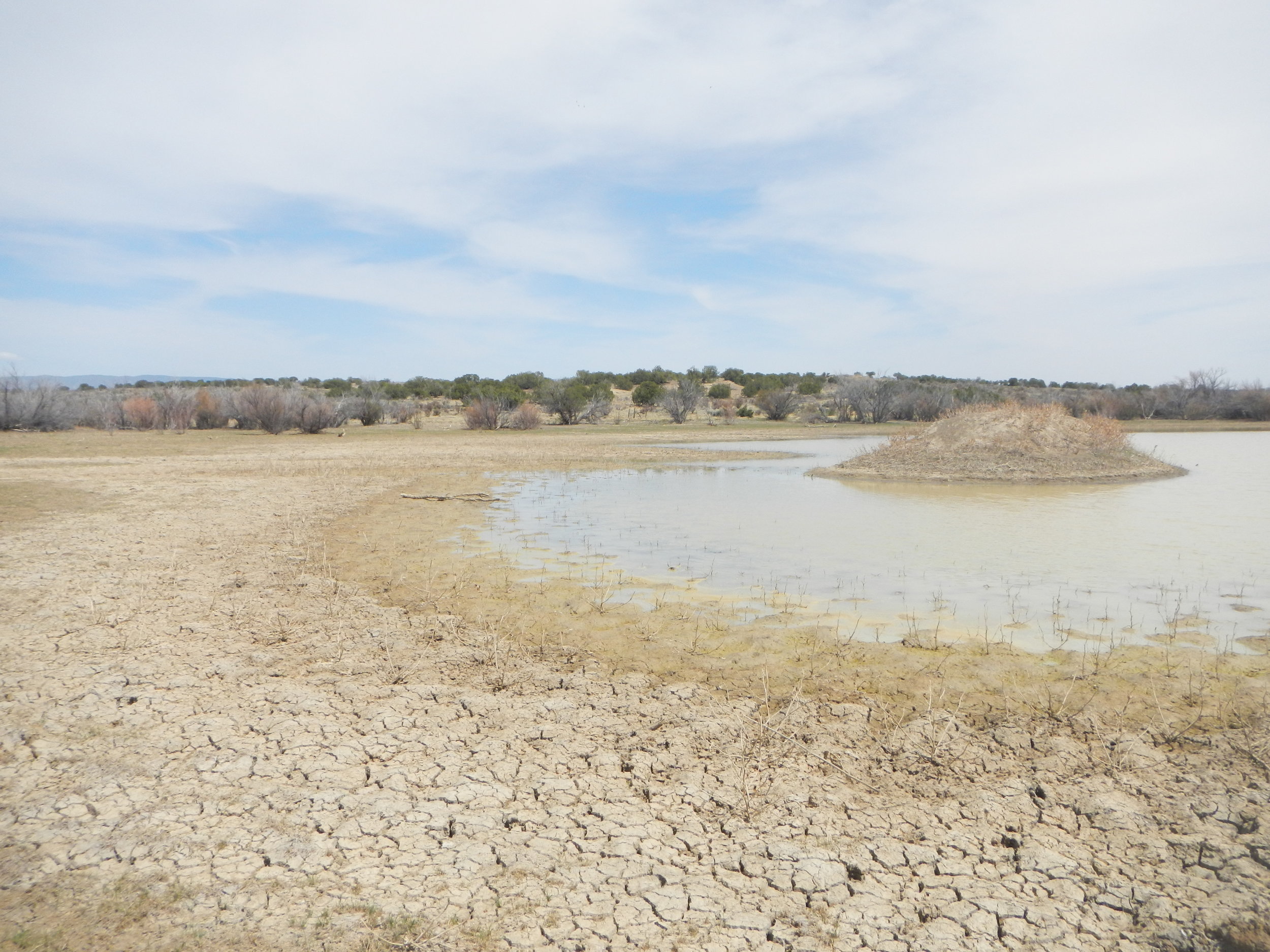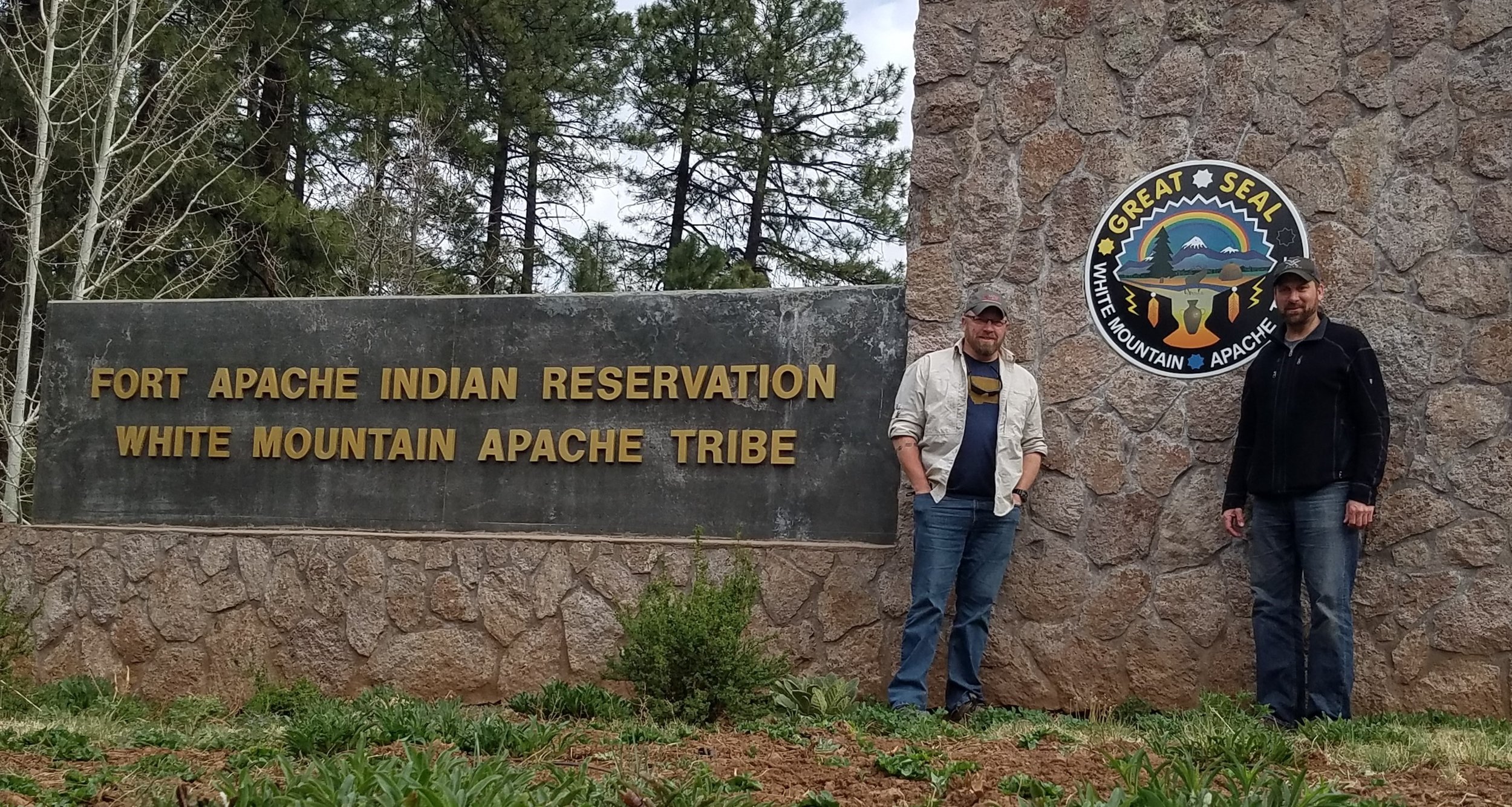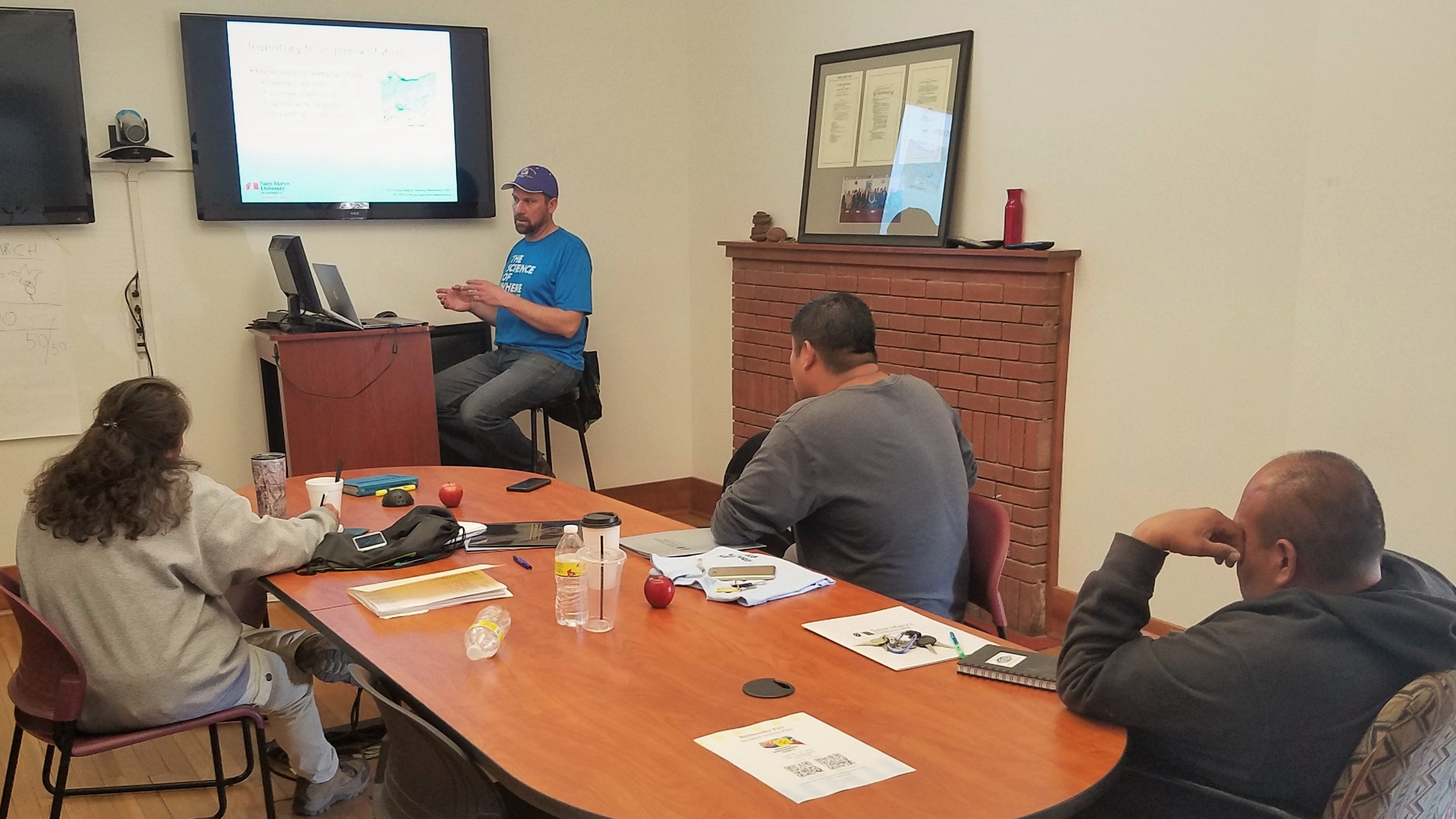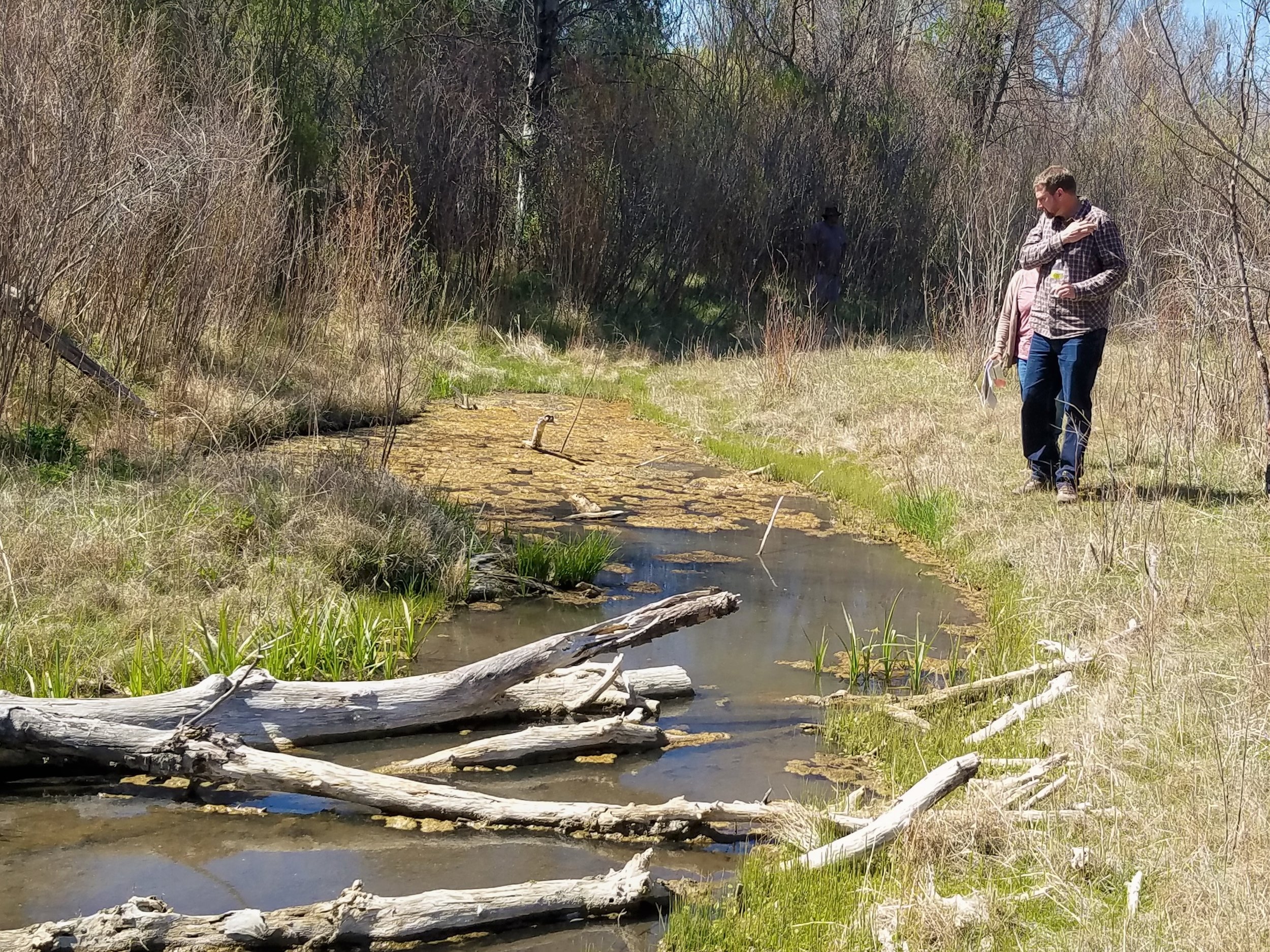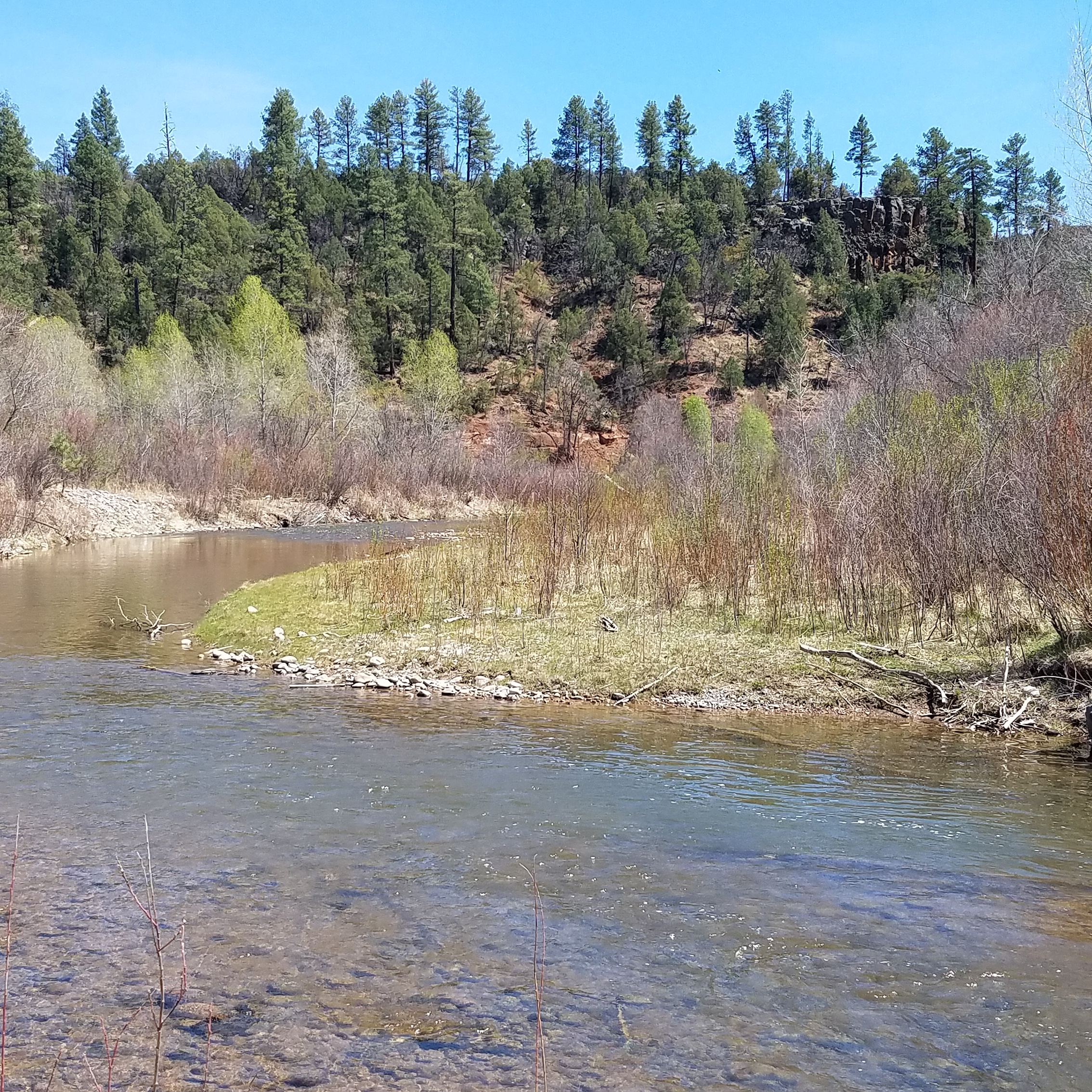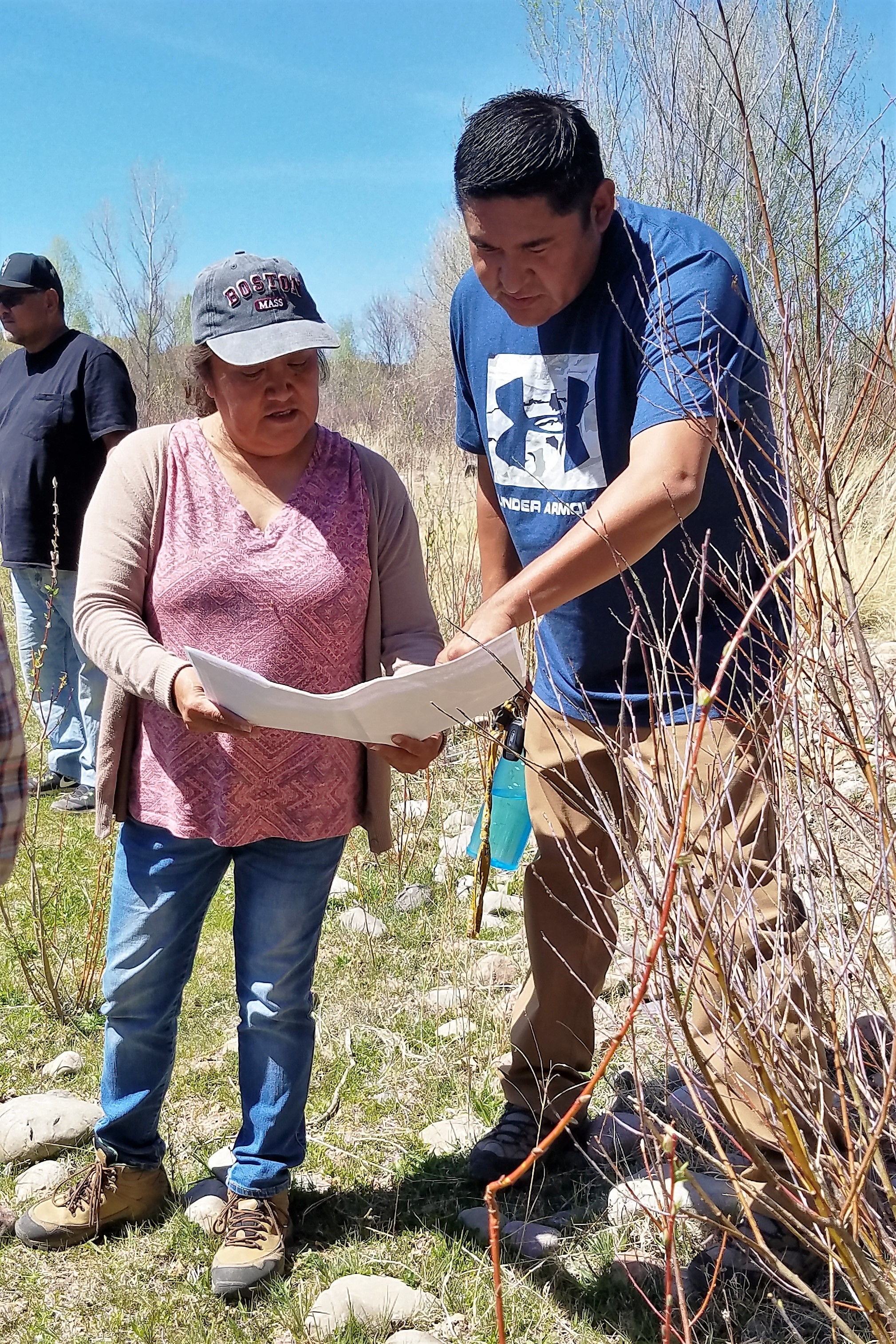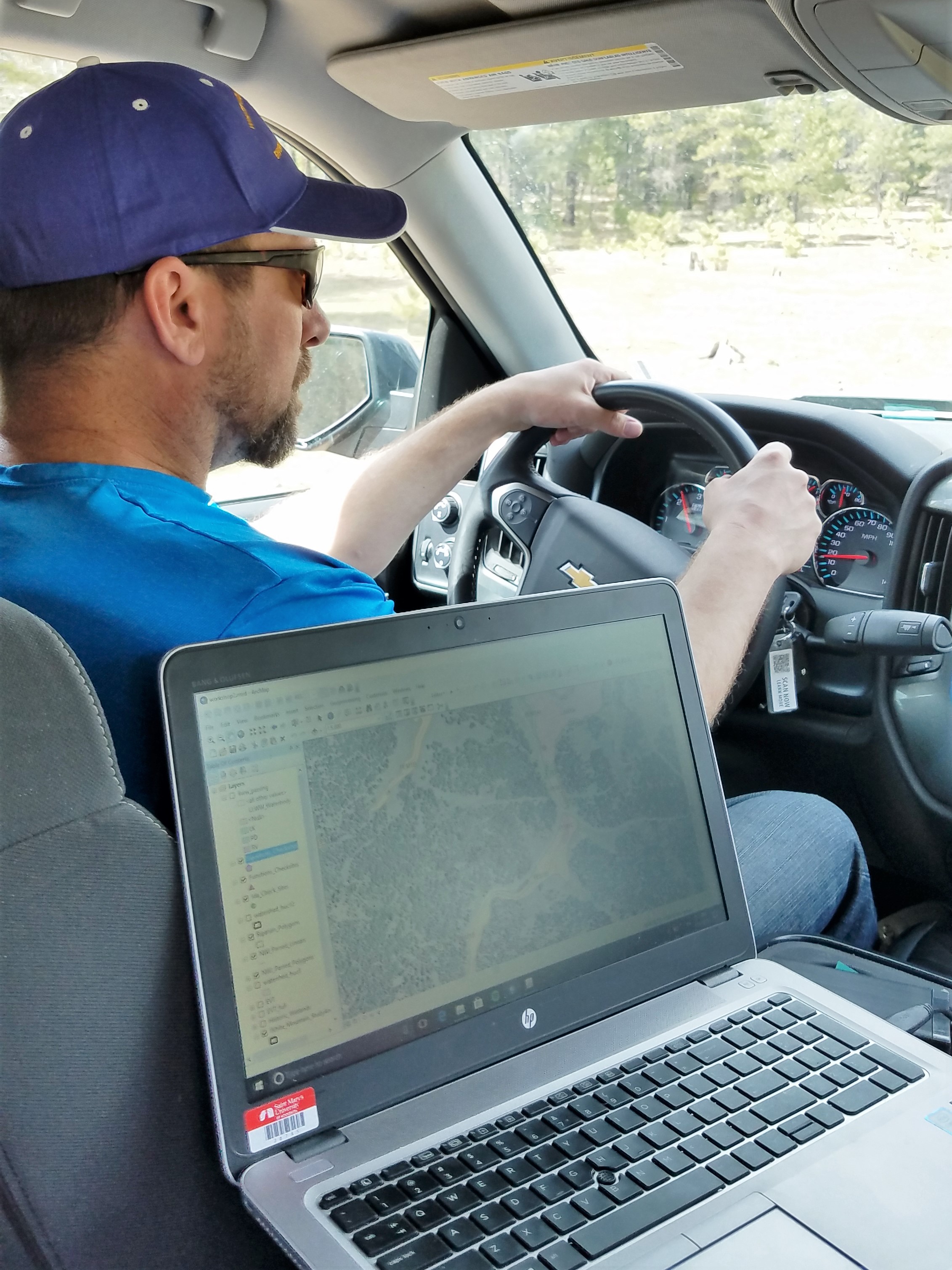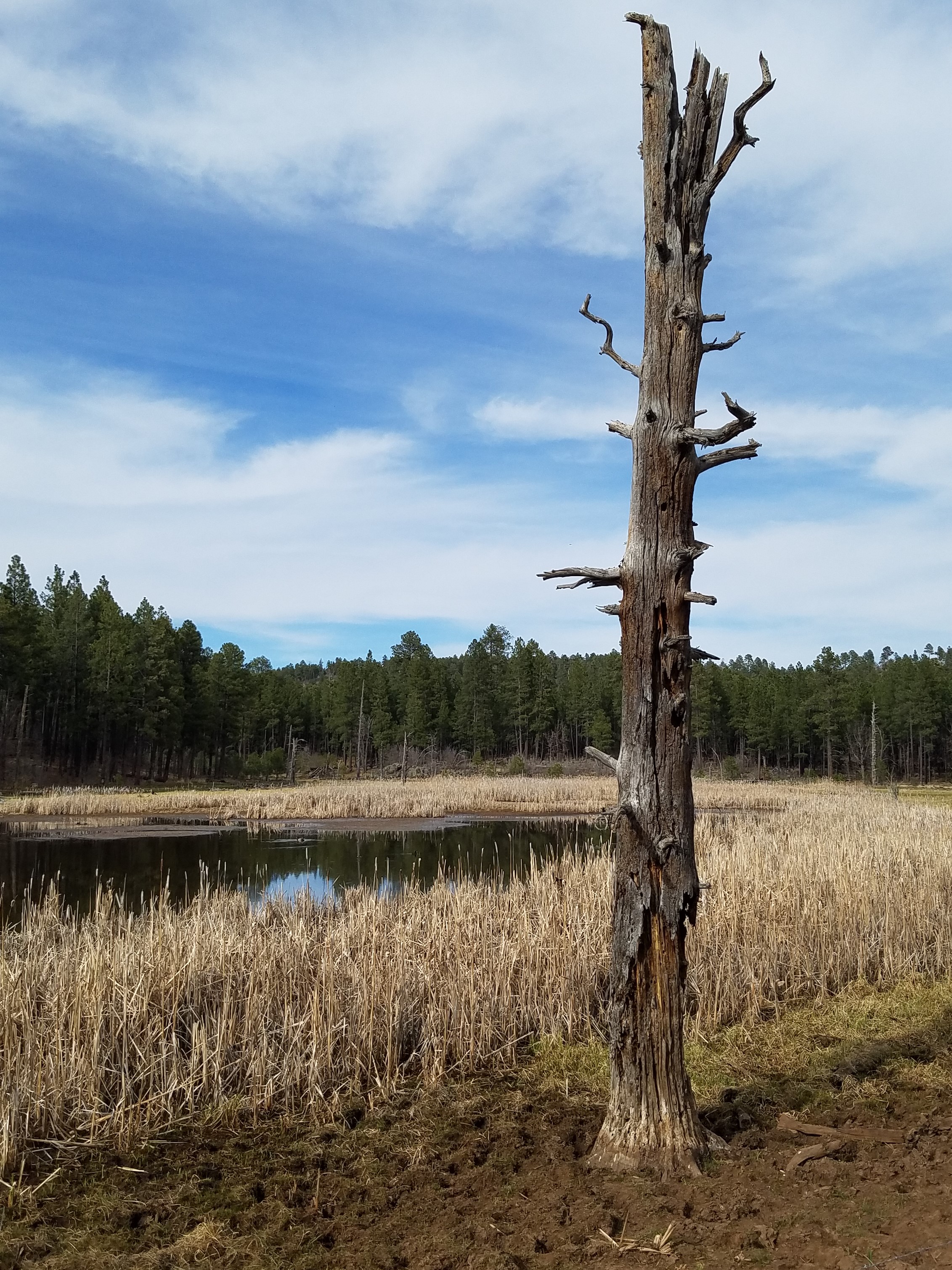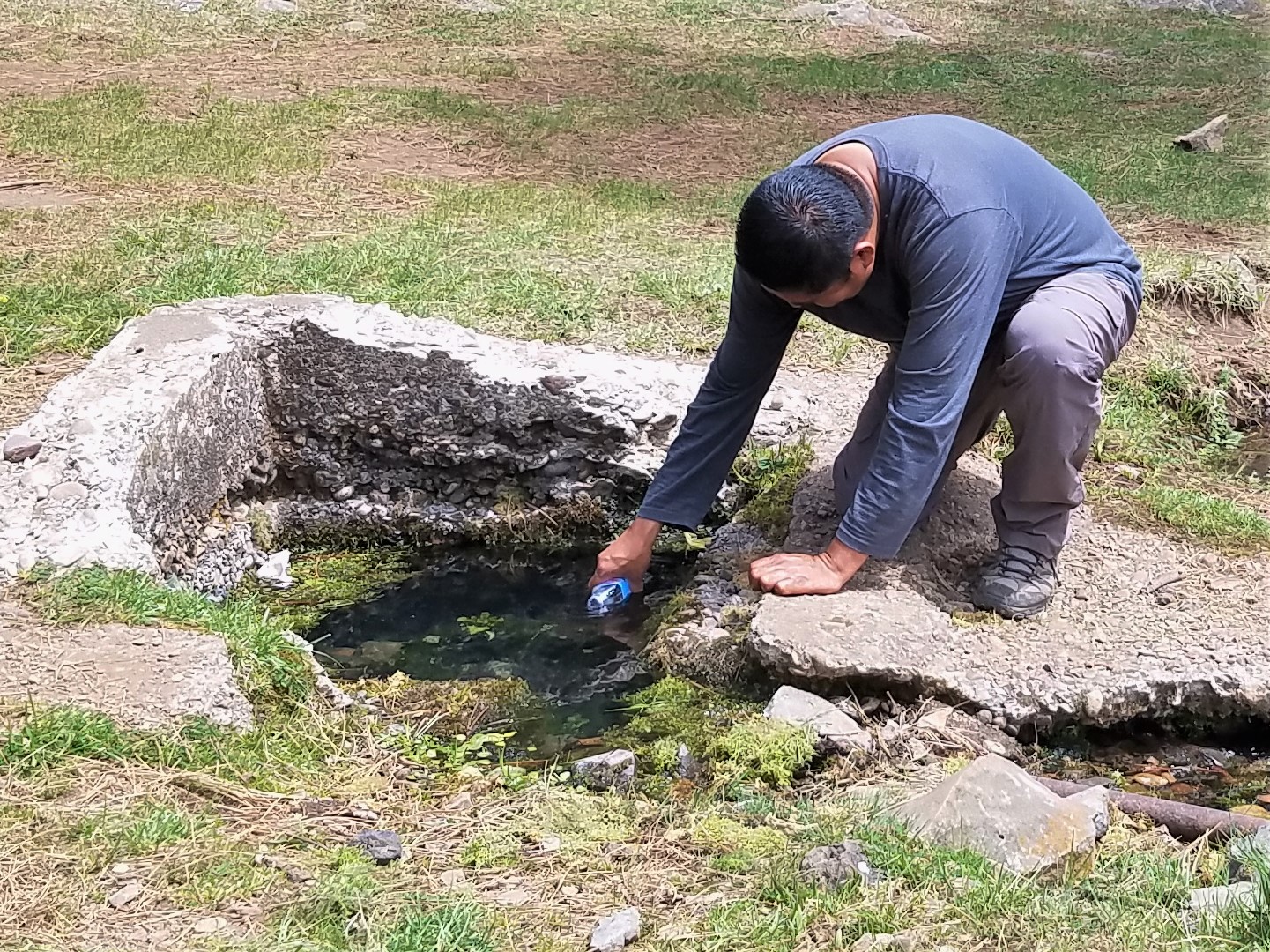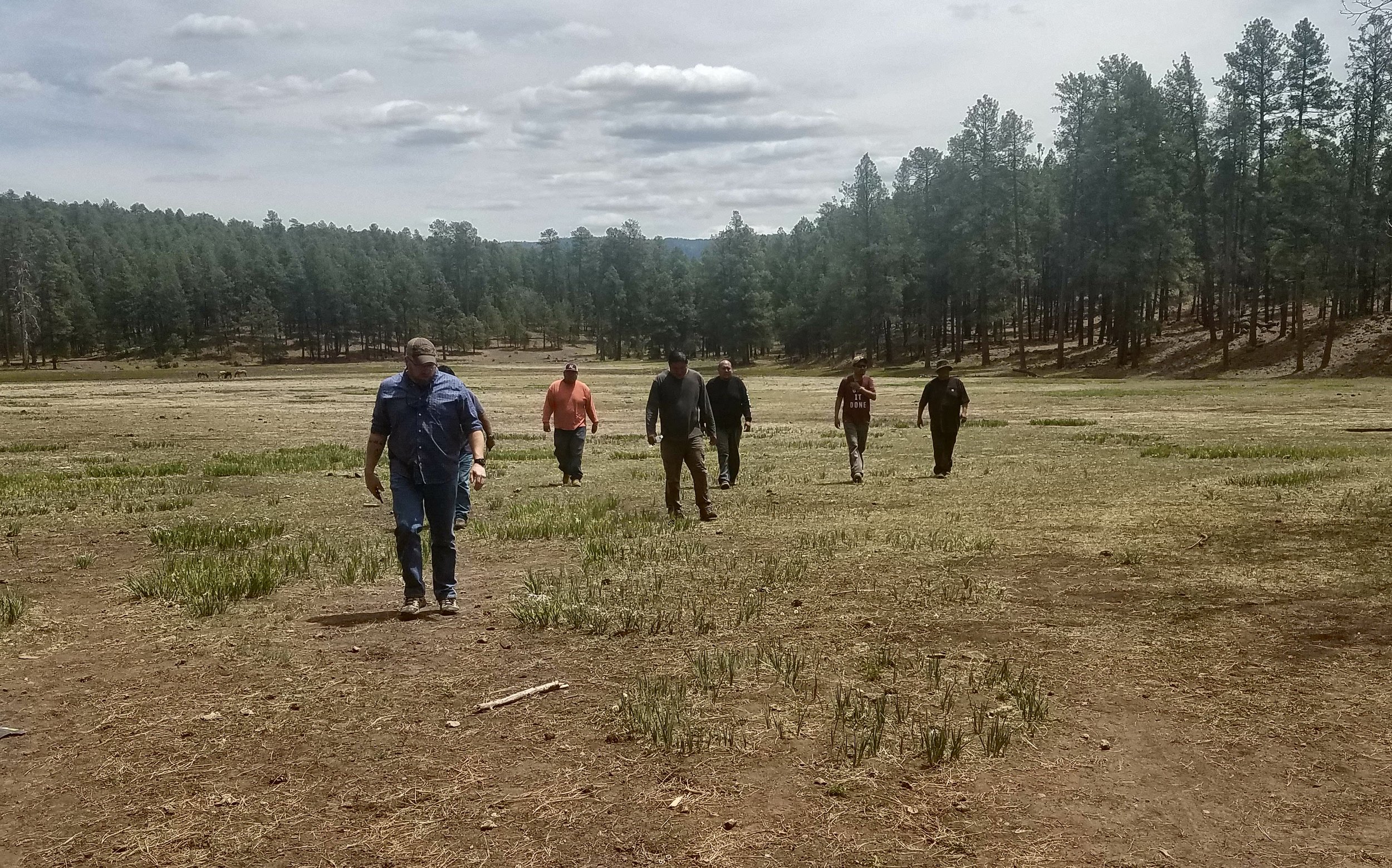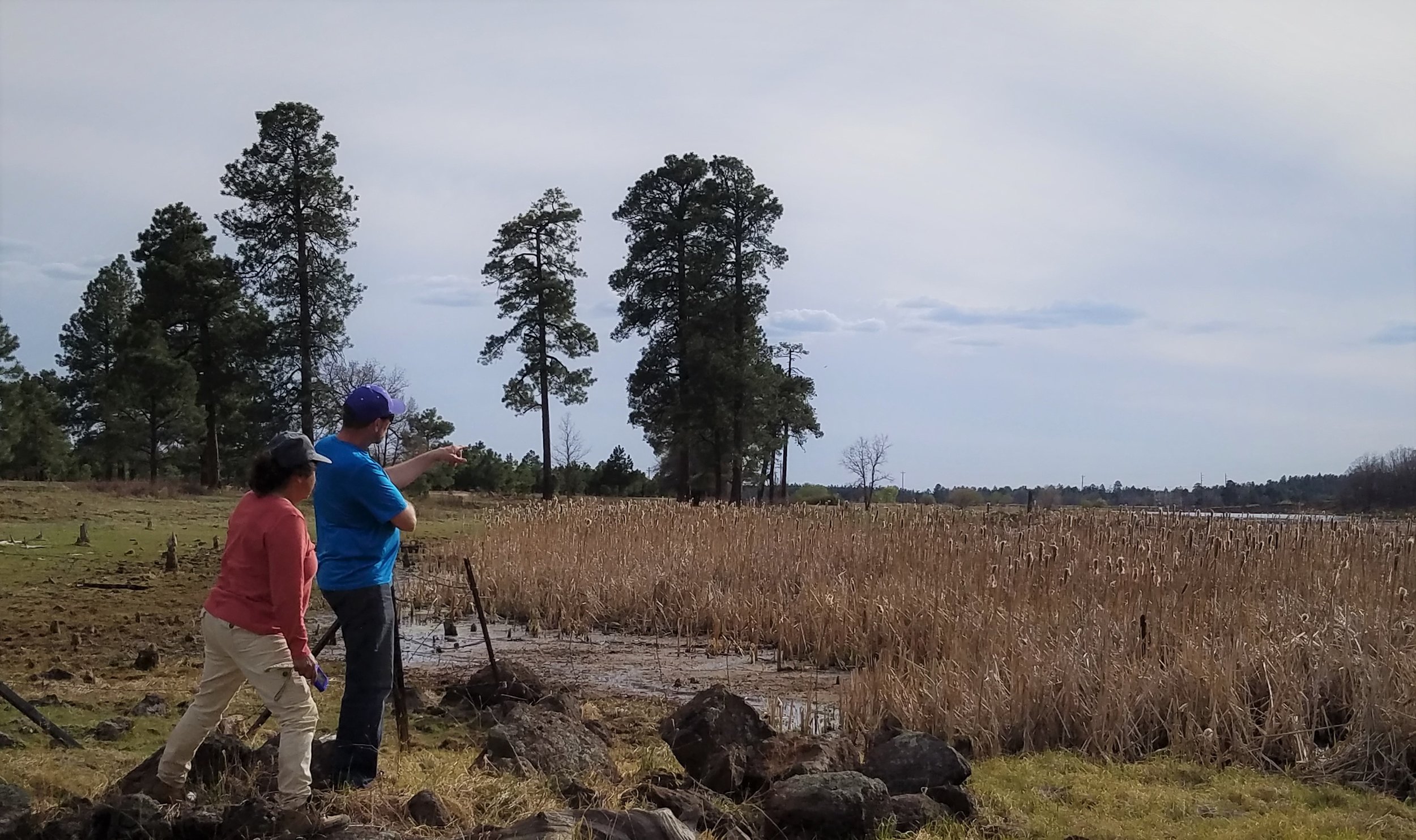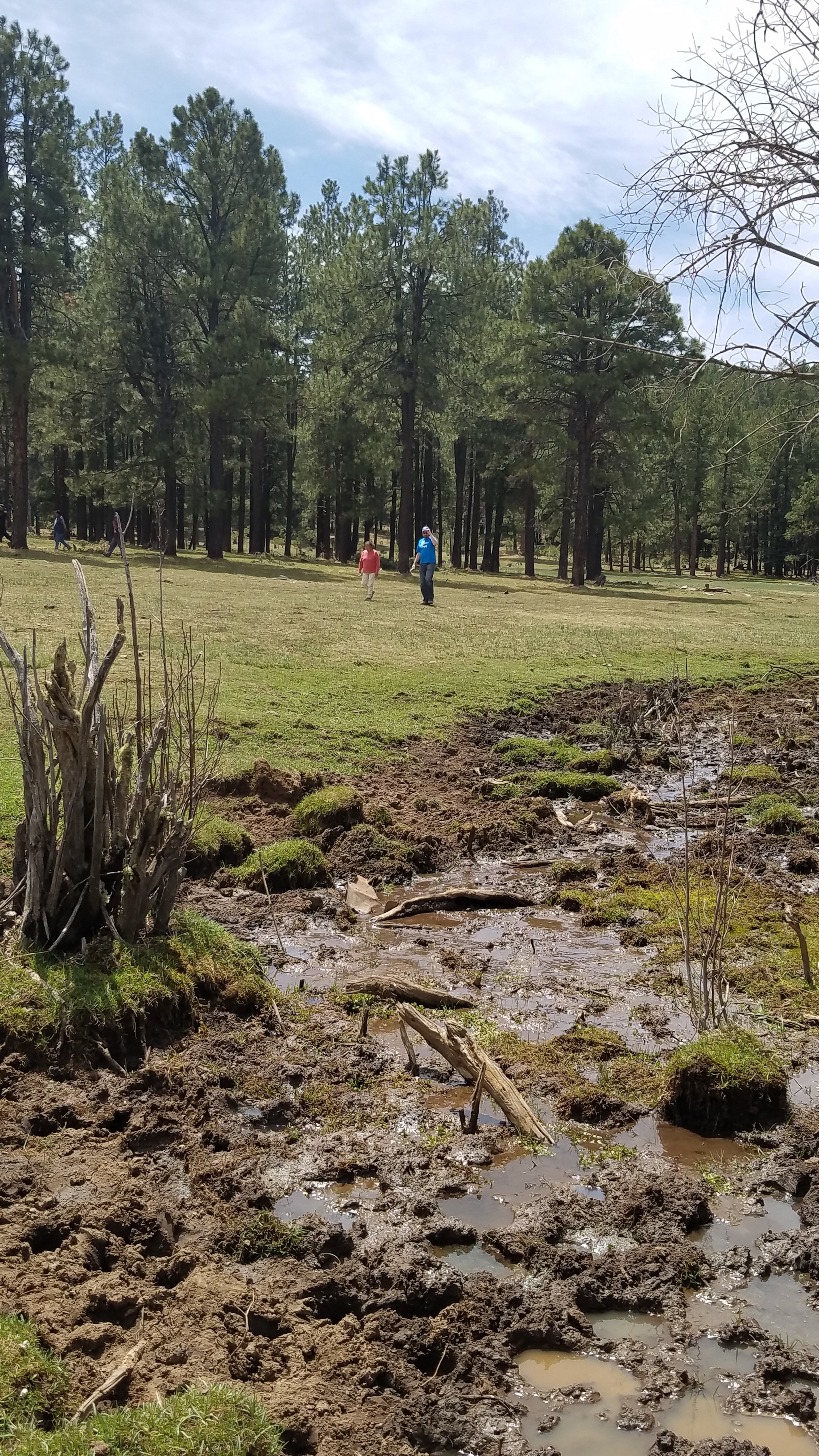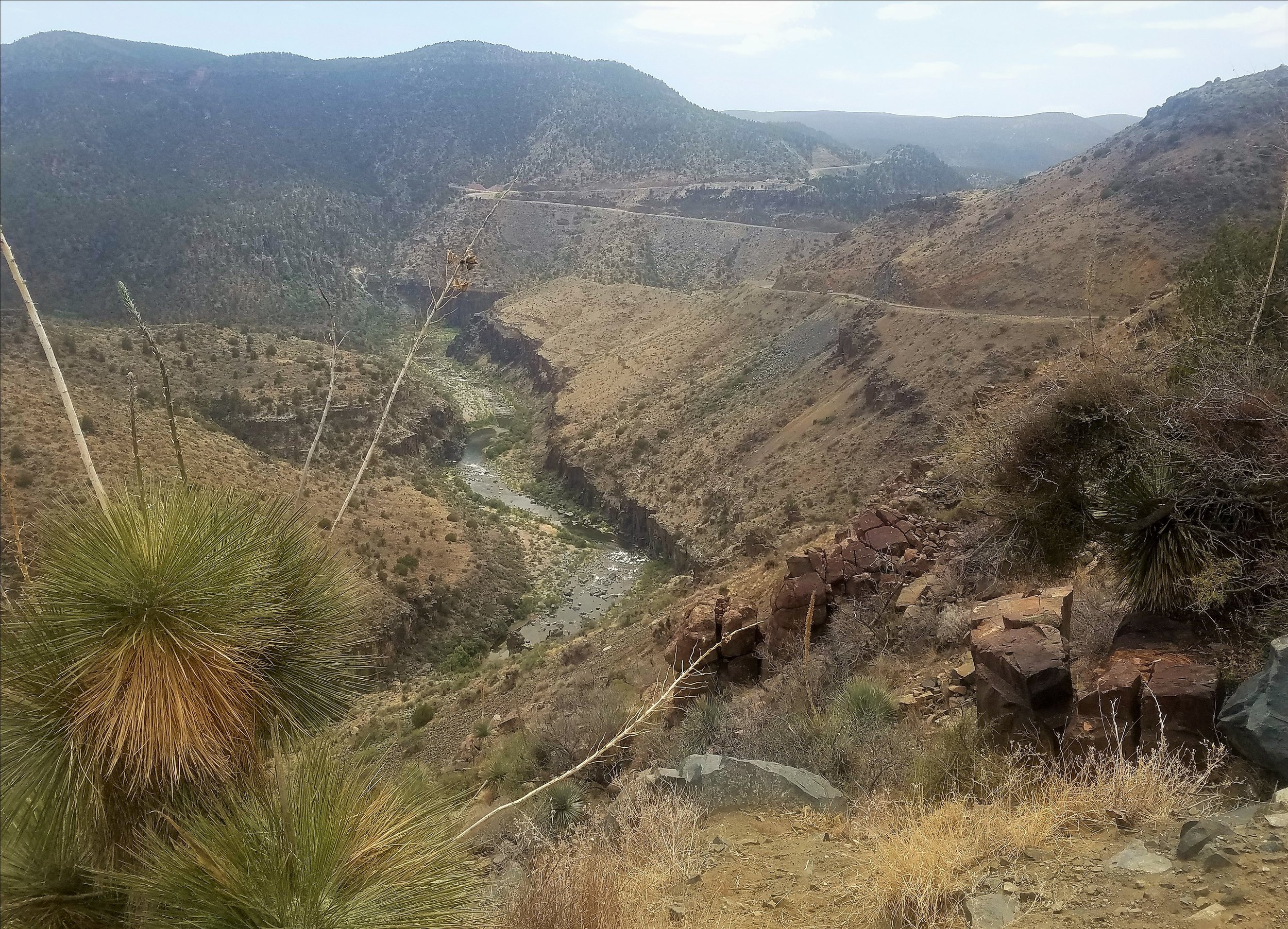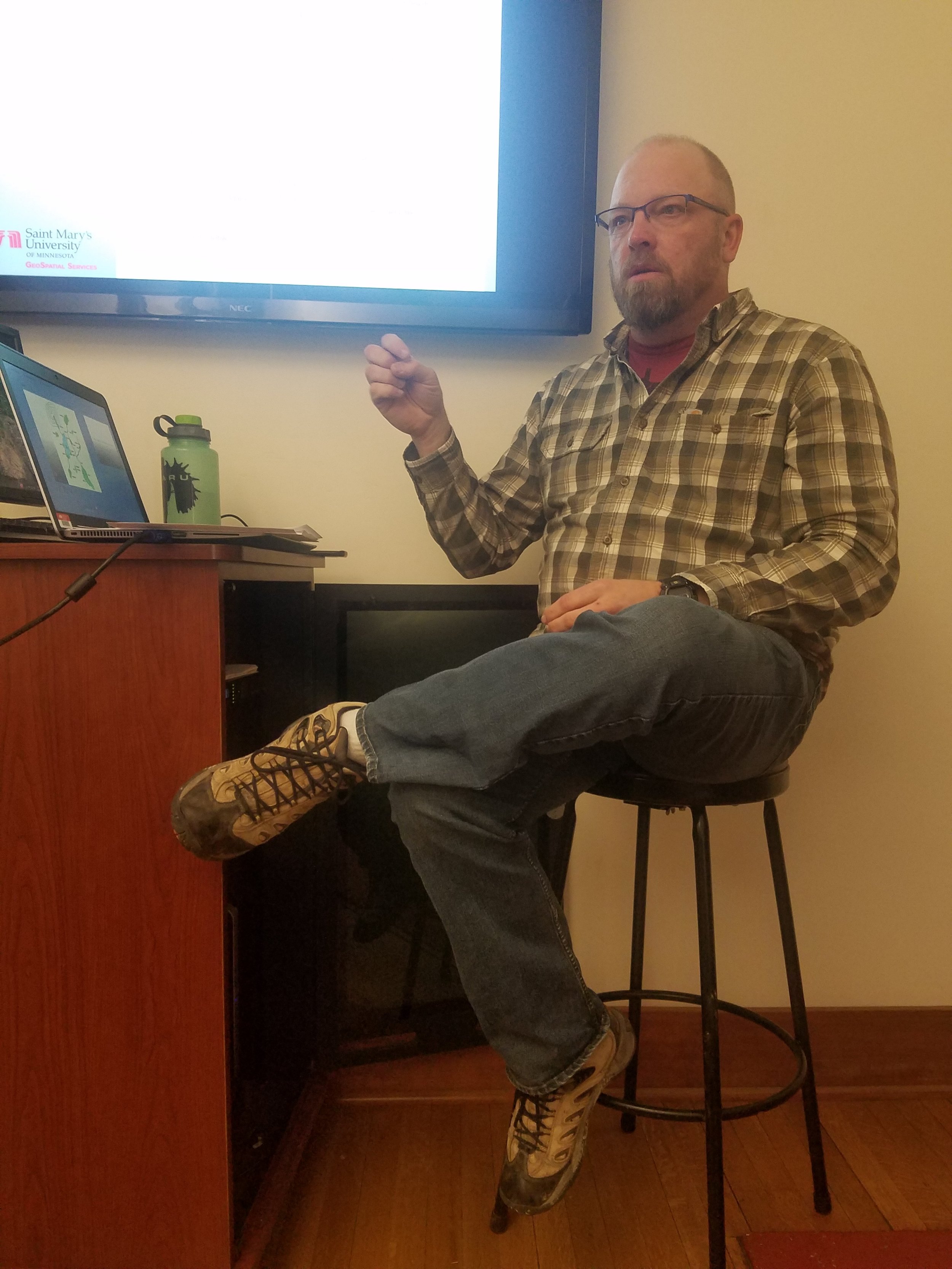
NEWS
GSS in New Mexico’s Aldo Leopold & Gila Wilderness Areas and Gila National Forests for wetland mapping
GSS Executive Director Andy Robertson, Sr. Photo Interpreter John Anderson and staff member Eric Lindquist recently returned from fieldwork in southwestern New Mexico. The three were accompanied by staff members of the New Mexico Environmental Department as well as U.S. Fish and Wildlife Service’s National Wetlands Inventory program.The group was gathering insight on wetlands in the study area for an upcoming mapping project. Area hydrology, vegetation, local knowledge, satellite imagery and other characteristics were gathered and compared for the landscape-level mapping. The knowledge and data gathered goes back to the office and a 'wetland key' is created for photo interpreters to guide them in creating modern digital wetland and riparian area data. This process, referred to as ‘Pre-mapping Fieldwork’, along with ‘Draft Map Review’ fieldwork and a rigorous ‘Quality Control’ process will lead to completion of the wetland-mapping data product. The visit also included a joint presentation by GSS and NMED to stakeholders and invited groups on the process and goals of the project. When completed, this two-year project will result in the first-ever comprehensive wetland inventory for this region of the state.
GeoSpatial Services Fieldwork in the Kuskokwim River Basin, Alaska
GeoSpatial Services director, Andy Robertson, and project manager, Kevin Stark recently traveled to western Alaska for reconnaissance and wetland mapping validation fieldwork in the Kuskokwim River Drainage. They were joined on the fieldwork by the new National Wetland Inventory Coordinator for the U.S. Fish and Wildlife Service’s Alaska Region 7, Elizabeth Powers, in Bethel, Alaska. The team contracted a helicopter to fly them to pre-determined field locations where they were able to verify satellite imagery signatures and to build a library of reference photos and observations of wetlands and hydrography*. This process involved examining available satellite imagery, correlating signatures to observations from the helicopter, and some on-the-ground field sampling such as identifying dominant vegetation, identifying hydrologic indicators of wetlands, and taking soil samples to confirm hydric soils. They also saw a variety of wildlife, including bears and moose, and observed the impacts of historic gold mining in the area.
* hydrography is the science of surveying and charting bodies of water, such as seas, lakes, and rivers.
GSS Spotlight!
JAMES LOKEN
What is your education and professional background?
I am currently a Senior studying Computer Science with a GIS emphasis. This is a 4+1 program so immediately after graduation I plan to enroll in the Data Intelligence and GeoAnalytics M.S. program at Saint Mary's University. I have no prior background in GIS, but I have been working at GSS for almost a year on the Minnesota and Vermont NWI updates.
What led you to GIS? More specifically, how did you get to Saint Mary's University of Minnesota (SMUMN) in Winona?
I am a local from Houston, MN so I was no stranger to Saint Mary's. I attended PSEO my junior year at SMUMN and after attending Winona State my senior year I decided to go to SMUMN, mainly because of the GIS program and it being close to home. I learned about the GIS program from my high school geography teacher, which led me to look into it, because at the time I wanted to be a land surveyor.
Explain briefly a project at GSS you've done that contributed to your overall knowledge and educational experience.
A project I have contributed to was the Vermont NWI update. My work on this project has been mainly creating linears along with correcting buffered line work. This project has greatly increased my knowledge of water flow patterns and also exposed me to a new a type of wetland mapping. I have also been able to increase my knowledge of how to analyze various collateral data such as hillshade and CIR imagery.
How do you see GIS fitting into your future?
Well, as of now I have no set plans on what career path I will follow, but it will definitely involve GIS. In the short term I plan to continue working at GSS until I complete my Master's, then decide where I want to go from there. In the future I want to do some sort of surveying/field analyst work or something involving LiDAR and remote sensing.
Where can we find you outside of GSS?
Outside of GSS I am normally found either in Winona or at my parents' farm. In my free time I enjoy kayaking, fishing, motorcycling, playing basketball and helping around the family farm and businesses.
GSS Spotlight!
AL RABINE
Student Intern
What is your education and professional background?
I graduated from Augsburg College (Now Augsburg University) with a degree in Environmental Studies and a minor in Sociology. After Augsburg I continued my education at Penn State University where I received my certificate in GIS. Currently I also work for the Minnesota Geospatial Office at the State of Minnesota, working on the next gen 911 and the local update of census addresses (LUCA) projects.
What led you to GIS? More specifically, how did you get to Saint Mary's University of Minnesota (SMUMN) in Winona?
I was exposed to GIS for the first time during my senior year at Augsburg. I was interning at an environmental consulting firm called Dovetail Partners which was tasked in planning a sustainable ATV/OHV trail in Aitkin and Itasca counties in northern Minnesota. One of the jobs I had was to meet with a GIS analyst who used ArcMap to create a map of the proposed trail system for public feedback. That one meeting peeked my interest in the world of GIS. After receiving my undergrad degree I wanted to explore GIS even more, so I received my certificate in GIS from Penn State. After receiving my certificate I found out that my cousin works with GIS for NASA, specifically LiDAR data and after a couple conversations with him I realized that I could do this for a living. This prompted me to apply to the Saint Mary’s Masters of GIS program.
Explain briefly a project at GSS you've done that contributed to your overall knowledge and educational experience.
I started out at GSS doing break line edits for Douglas county Wisconsin. After a week or two of that I was tasked to help with the NWI update in Wyoming. Both these projects have had an impact on my educational experience as my capstone project uses a lot of the techniques from these two projects. These two projects have helped me learn how to interpret different types of terrain using a multitude of different methods along with learning about different types of wetlands, which was something I have always been interested in.
How do you see GIS fitting into your future?
Ever since I received my certificate in GIS I knew I wanted to work in that field. More specifically natural resources with an emphasis in remote sensing and image analysis. Helping protect the natural environment is a very rewarding endeavor and using GIS to help accomplish this is something that I would like to do in the future.
Where can we find you outside of GSS?
Outside of GSS you can find me with my dog Levi at the park. I also enjoy playing guitar, rock climbing, hockey and playing as many board games I can with friends.
GSS Staff at International Conference
In mid-July, GSS staff members Roger Meyer (GIS Developer/Analyst) and Kevin Benck (GIS Analyst) attended Esri’s annual conference for international users. Esri (Environmental Systems Research Institute) produces the most widely used software for GIS, which is used by GSS to do much of our work. The 5-day conference held at the San Diego Convention Center exposes approximately 18,000 Esri software users to over 1,000 presentations, hundreds of hours of available training sessions, and over three hundred exhibitors. Both staff members were busy at the conference learning from Esri staff and other users through the available presentations, direct technical expertise discussions, and demonstrations. Some of the topics that were their focus included Big Data and Data Analytics, Web GIS, LiDAR and GIS applications; ArcGIS Pro; ArcGIS Enterprise; and many other topics.
GSS Spotlight!
MATT HOGAN
Student Intern
What is your education and professional background?
I went to undergrad at the University of Dubuque, majoring in Environmental Science and minoring in Natural Resource Management, and playing baseball. Immediately continuing on to a M.S. in GIS at Saint Marys in Winona, that has now transformed into a M.S. in Data Intelligence and GeoAnalytics (DIGA).
What led you to GIS? More specifically, how did you get to Saint Mary's University of Minnesota (SMUMN) in Winona?
Junior year of undergrad I took an intro to GIS course, Remote Sensing, and Adv GIS, working with ArcMap pretty extensively and I immediately began to think that it was something I could see myself pursuing further and making a career of. No other course in school made me think that until GIS. It was pretty much a no-brainer when i decided I wanted to continue my education after undergrad in a Masters degree in GIS.
Explain briefly a project at GSS you've done that contributed to your overall knowledge and educational experience.
The Minnesota NWI project has been the bulk of what I have been working on here at GSS for almost a year now. I have learned how to identify many wetland plant species as well as different types of wetland complexes. I have enjoyed doing the work in my current state and on the type of terrain that I am familiar with and spend time on.
How do you see GIS fitting into your future?
My M.S. has just recently shifted a little bit from Geographic Information Science to "Master of Science in Data Intelligence and GeoAnalytics" or DIGA. I am also interested in getting a basic pilots license and exploring what else I can do with that in the world of GIS, Data Intelligence, and GeoAnalytics. I am still open to any and all possibilities. I am hoping to stay in the Upper Mississippi River Valley area.
Where can we find you outside of GSS?
You can find me fishing for walleyes or hunting waterfowl in the fall, mainly on the "Mighty Miss" but also anywhere across the upper midwest. Secondary to fishing and waterfowling, I also dabble in a bit of turkey hunting, morel hunting, bow fishing, and anything out of doors. If I am not in the great outdoors, I am obsessing over the Cubs at beautiful Wrigley Field, cheering for the Bears, watching the Blackhawks, or waiting for someone to come save the Bulls, in that order.
GSS Spotlight!
Darren Omoth
Student Intern
What is your education and professional background?
I have an Associates Degree in Computer Administration and Technology, as well as a B.A. in Geoscience with a Computer Science minor. Before joining GSS, I worked at several jobs in manufacturing. I also spent a summer doing GPS stream surveys, and another working as an assistant to a county surveyor.
What made you get into GIS? More specifically, how did you get to Saint Mary's University of Minnesota (SMUMN) in Winona?
One of our required classes for my Geoscience degree at Winona State was an Intro to GIS class. We used GIS in some of our later classes and I used GIS extensively for my senior capstone project. I first found out about the Saint Mary's M.S. GIS program when a professor from the program came to WSU to talk to our GIS class.
Explain briefly a project at GSS you've done that contributed to your overall knowledge and skillset.
Working on the Northwest MN NWI project has taught me a lot; everything from wetland types throughout Minnesota to using GIS tools to find answers. The team meetings we have help reinforce many of the ideas we learn about project management and teamwork.
How do you see GIS fitting into your future?
Moving forward, I would like to use GIS working in an environmental-related field. Seeing how important and prevalent spatial analytics are becoming, I think using GIS to help understand the world better will be both rewarding and satisfying.
Where can we find you outside of GSS?
When I'm not at work, I like to ride my bike and have recently started kayaking. I also enjoy spending time with my wife and daughter either at home or traveling. When I can, I like to visit science museums and old libraries.
Data Validation Fieldwork for the NW MN Mapping Team
The Northwest MN mapping team has been diligently working on producing clean, accurate, and robust National Wetlands Inventory (NWI) data in an area of MN covering 19 counties for the past year and a half! As the project comes to an end in fall 2018, the newly created NWI data is in need of validation. This data validation step is crucial because it ensures the integrity, suitability, and usability of the data.
From May 7th through May 11th, GSS staff members David Rokus, Nick Lemcke, and Reed Fry traveled throughout the project area to pre-determined sites that contained recently updated NWI data. At each site, staff validated that the data properly reflected what was seen on the landscape.
The project will result in an update of 25 to 30-year old wetland data and will be integrated into the nation-wide NWI database, which is managed by the U.S. Fish and Wildlife Service (USFWS). National Wetlands Inventory Data can be viewed on the USFWS National Mapper.
Wetland Mapping in the Middle Rio Grande, New Mexico
Andy Robertson and John Anderson just got back from a pre-mapping wetland fieldwork trip in the Middle Rio Grande region of western New Mexico. The two GSS staff members were joined in the field with two staff members from the NM Environment Department and one staff member from the U.S. Fish and Wildlife Service.
The goal of this trip was to visit pre-determined wetland sites to gain knowledge about the wetland landscape of the area. This knowledge will be taken back to the office and a 'wetland key' will be given to photo interpreters to guide them in creating modern wetland and riparian area data. When completed, this two-year project will result in the first-ever comprehensive wetland inventory for this five million acre region of the state!
Wetland Training for Tribal Watershed Staff
Kevin Stark and Eric Lindquist traveled to the Fort Apache Indian Reservation, home of the White Mountain Apache Tribe in Arizona.
Kevin and Eric provided training to Tribal watershed personnel including hydrologists, water quality specialists, and field technicians on updated wetland and riparian area data created by GSS. This training included an introduction to the wetland and riparian area classification systems (i.e. Cowardin et al. [1979] and Dick et al. [2009]), discussions and suggestions on using the data in conjunction with the Tribe's on-going spring inventory and water quality monitoring efforts, and how to use a GIS to gather needed information about the wetland landscape. They also discussed how the data could predict wetland functions and how this information could provide insight on where the Tribe might engage in wetland protection, enhancement, and restoration.
The group also went around the Reservation visiting many spring-fed wetlands, streams, floodplains, cienagas, and restoration sites where knowledge gained in the training was put to use!

